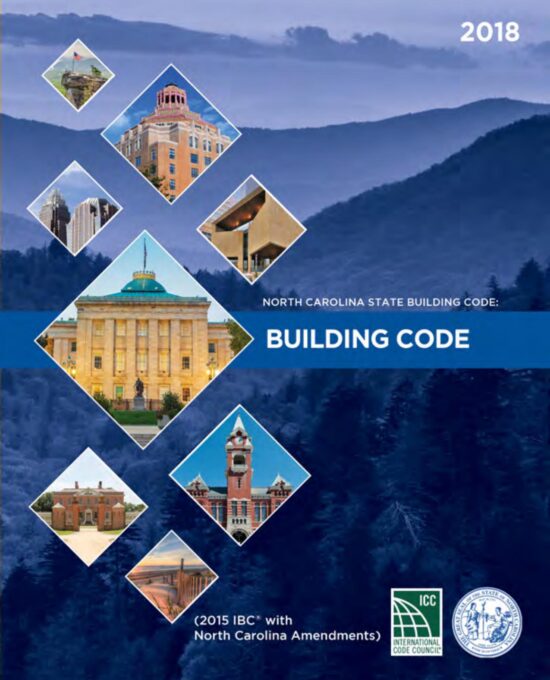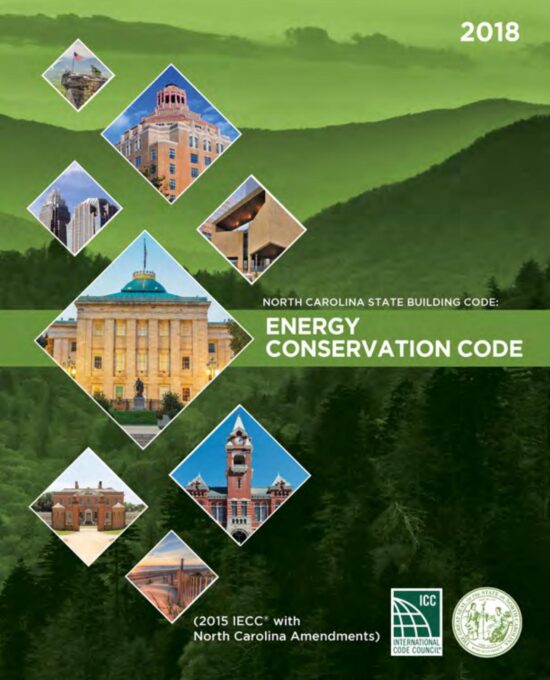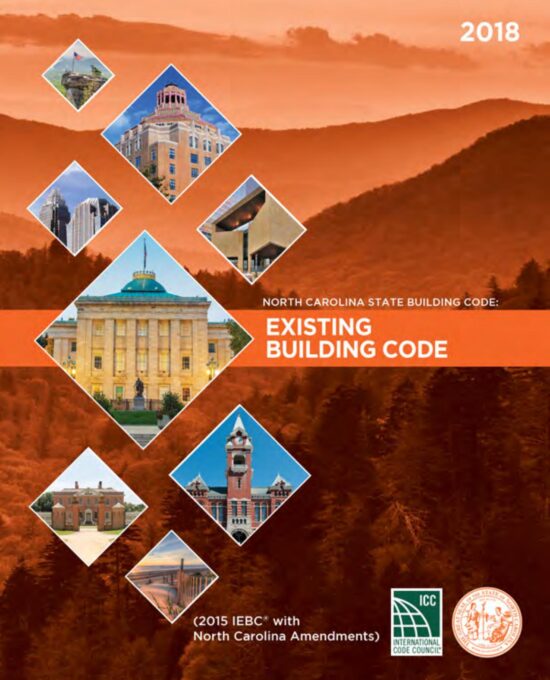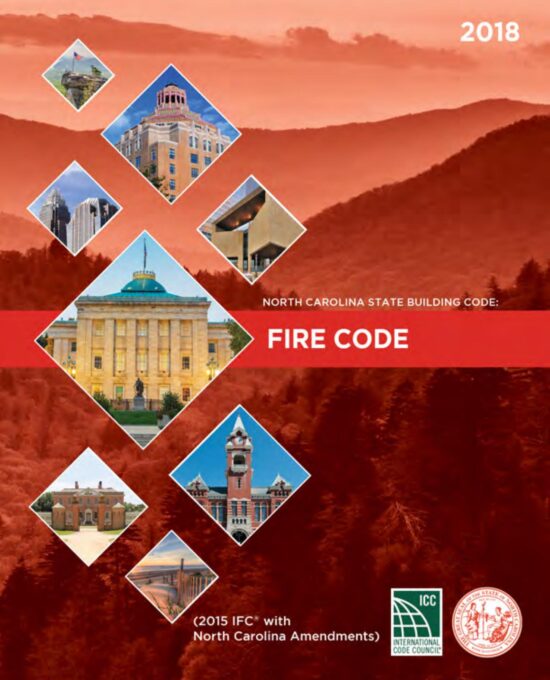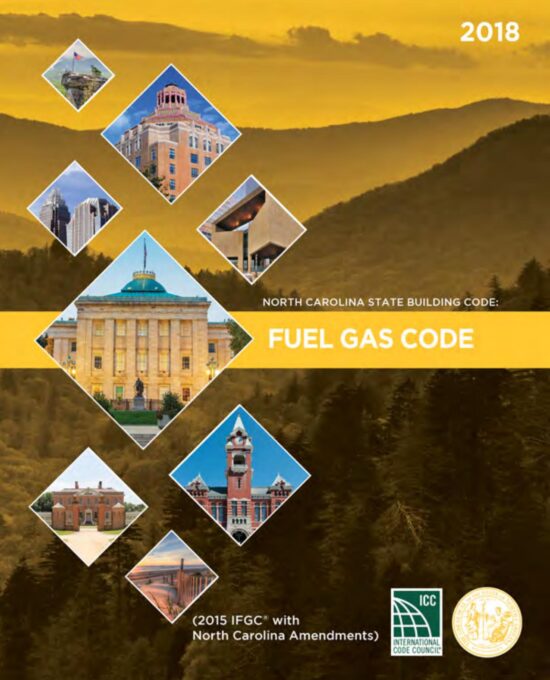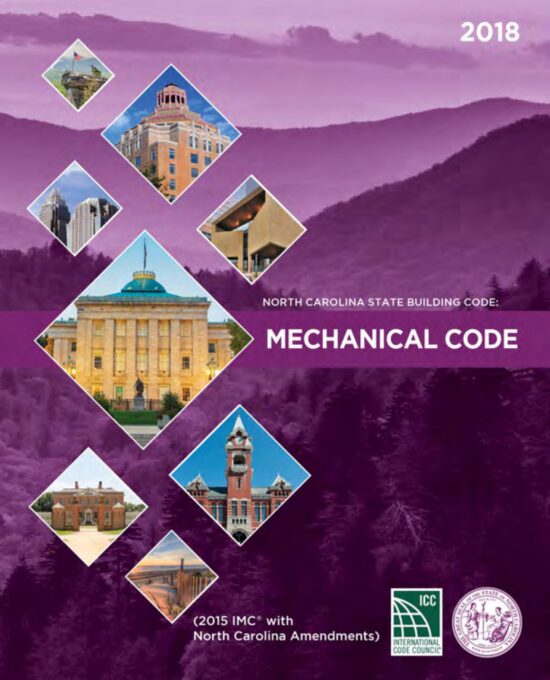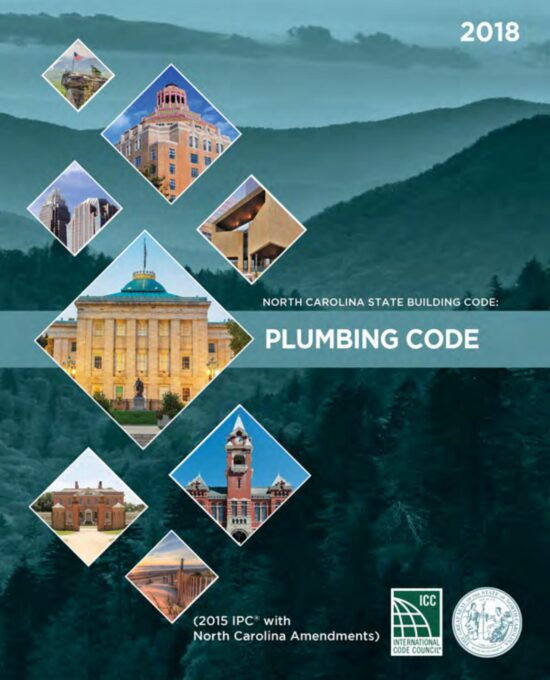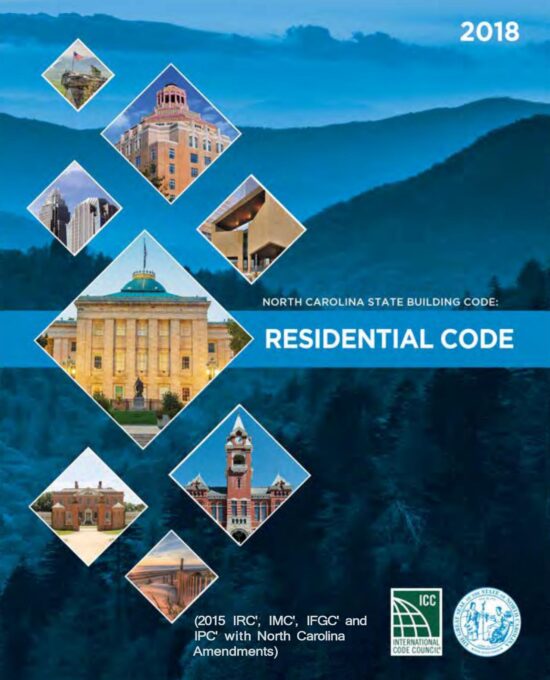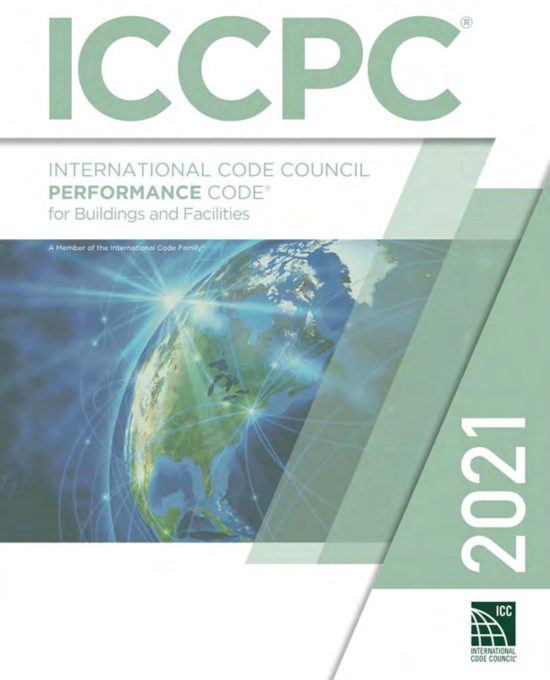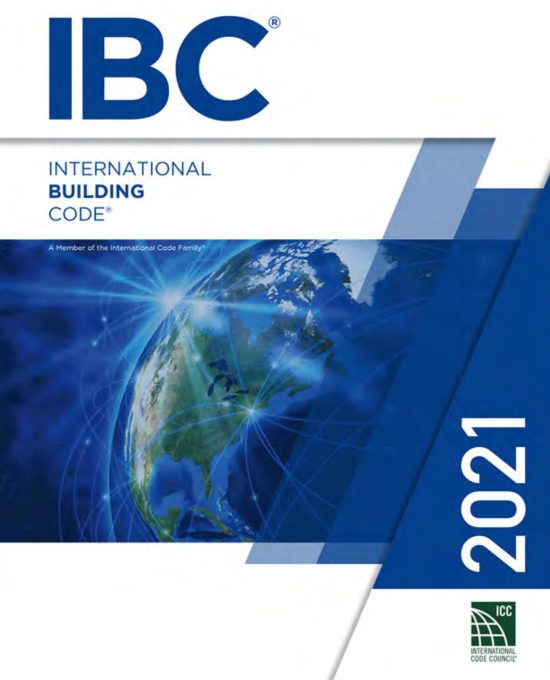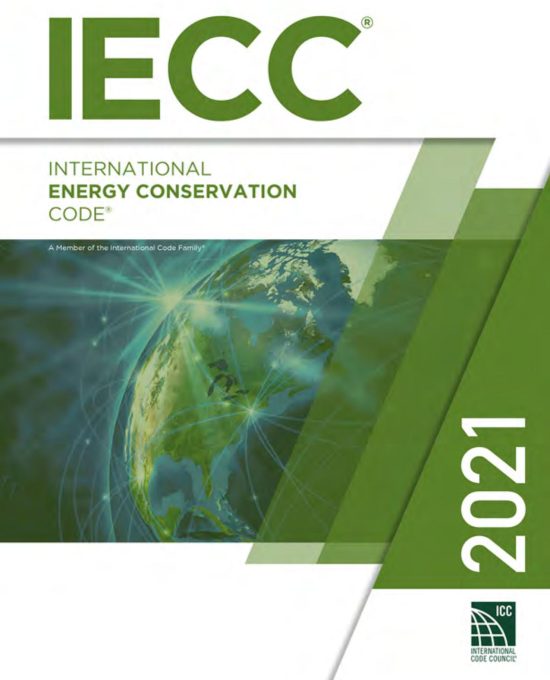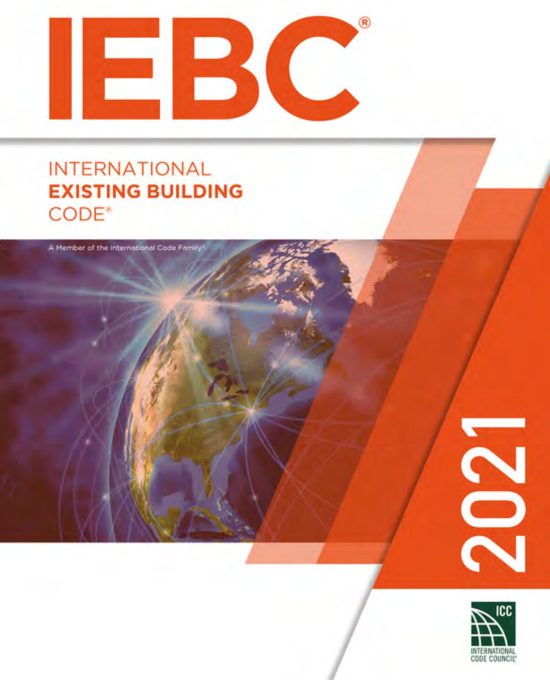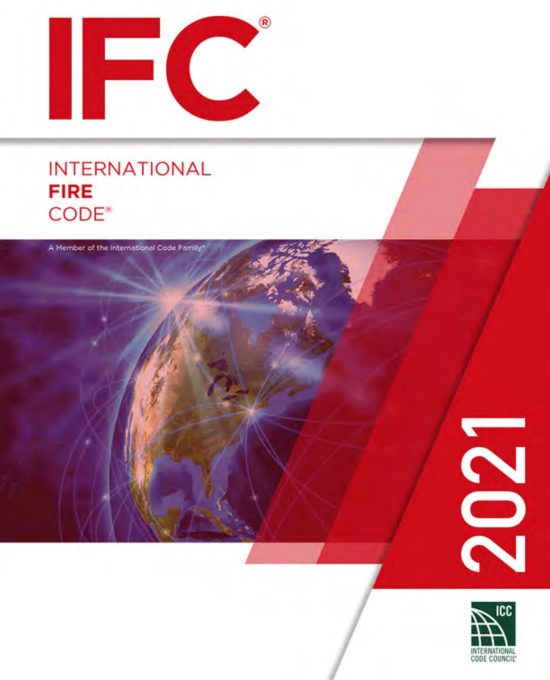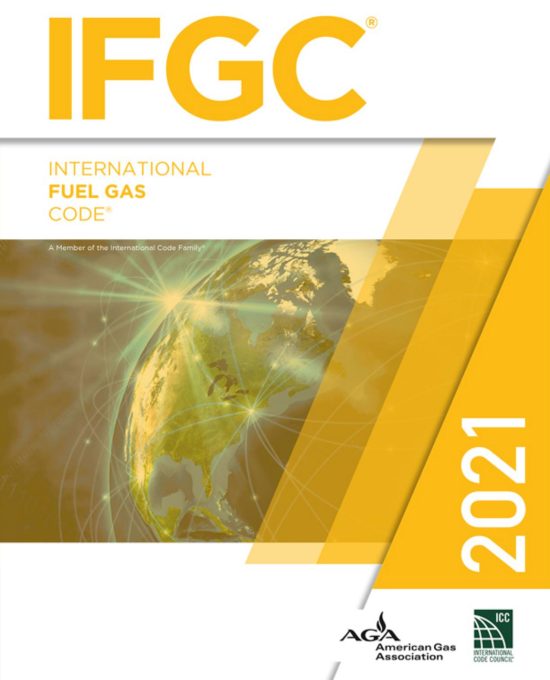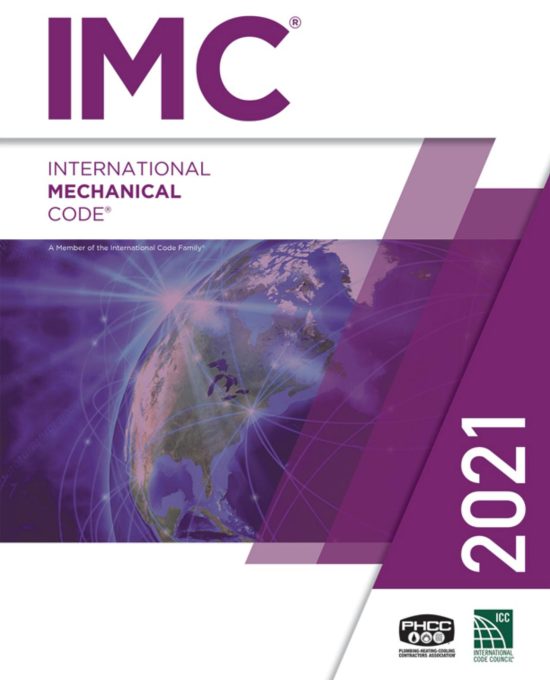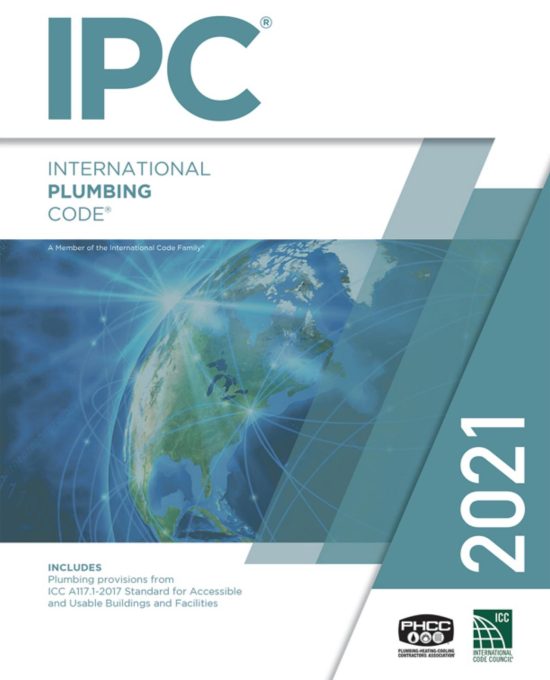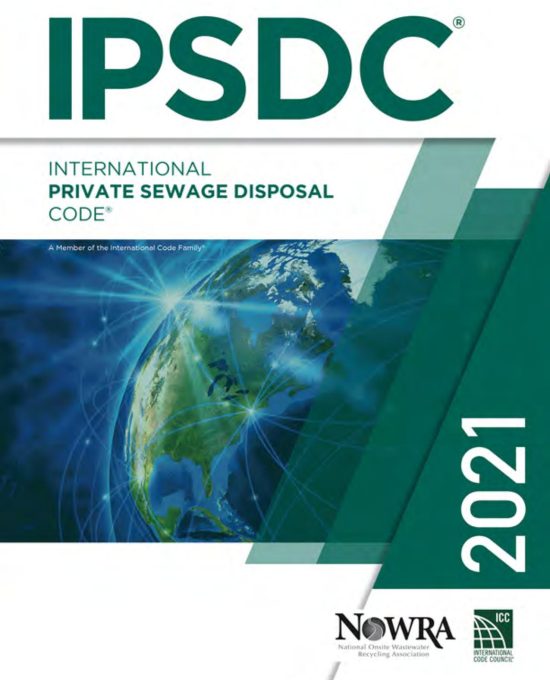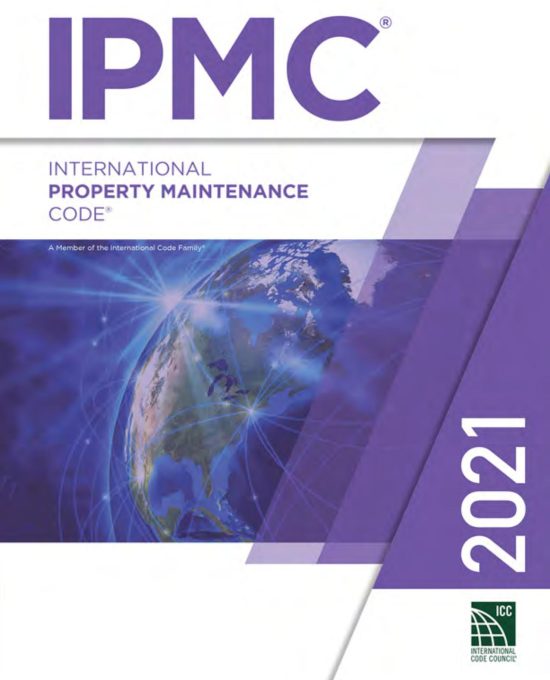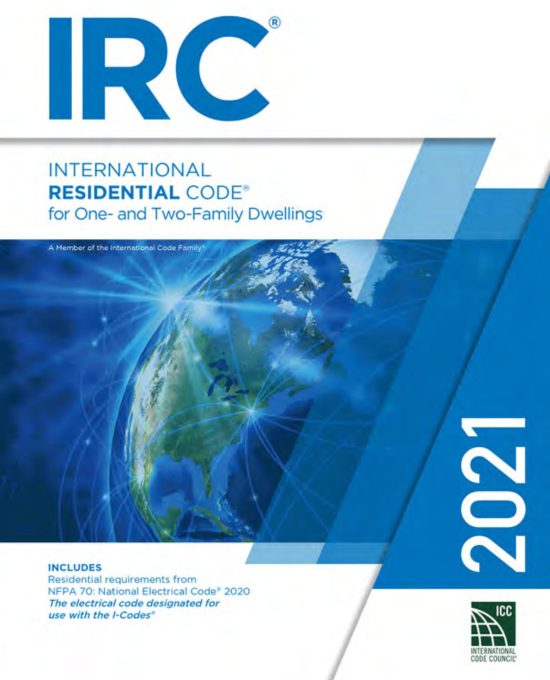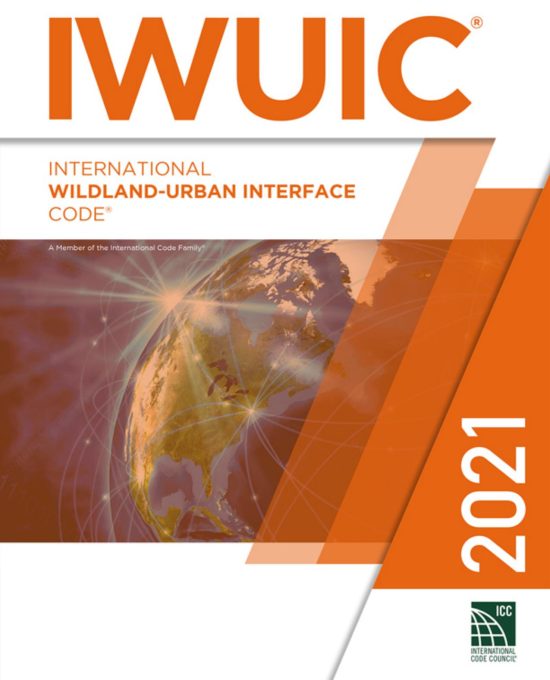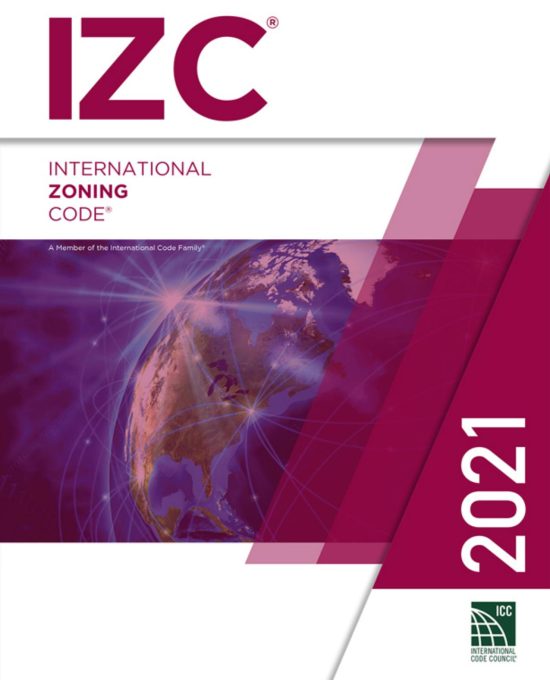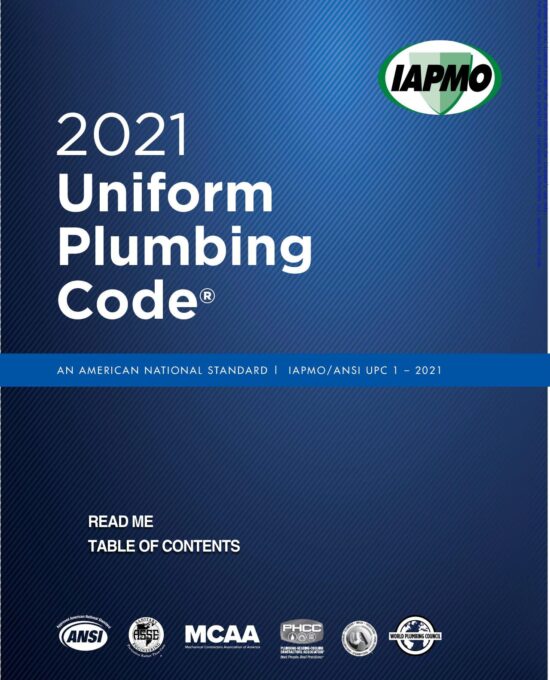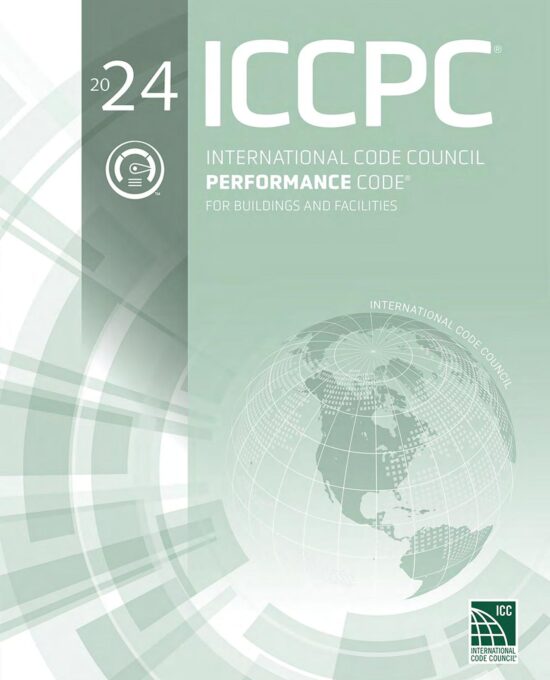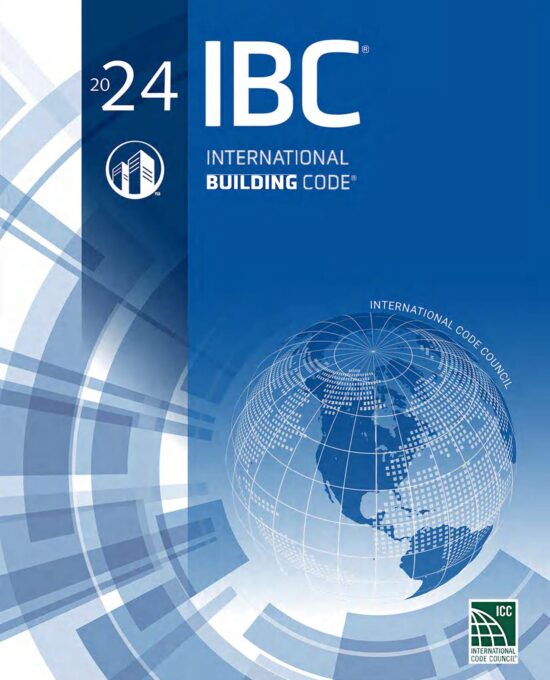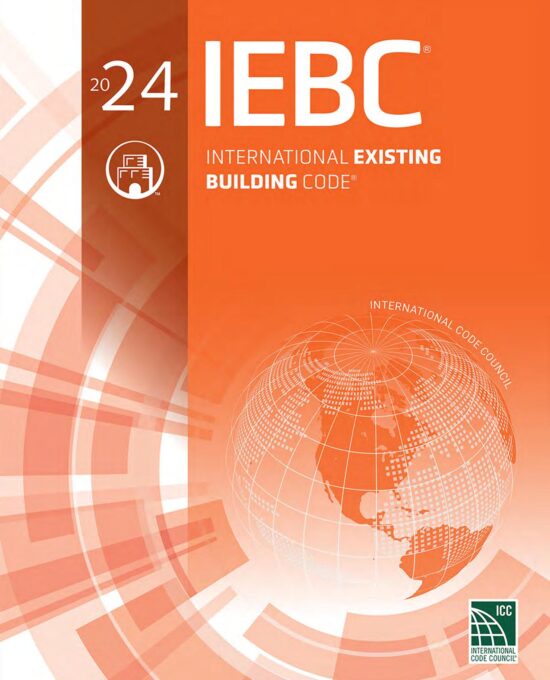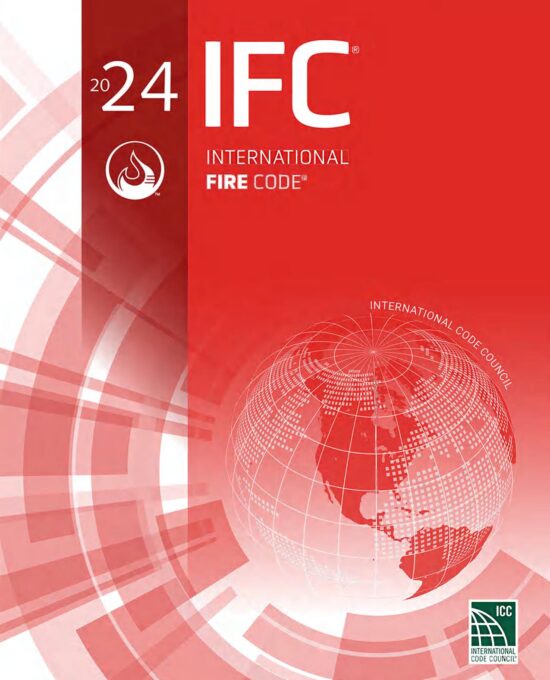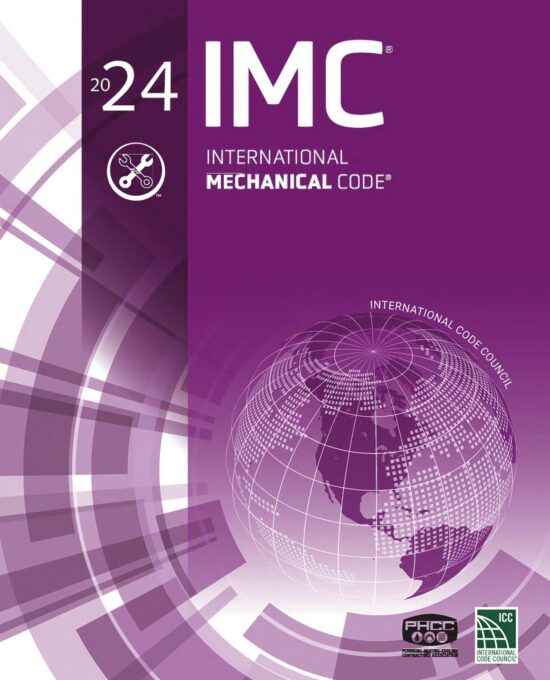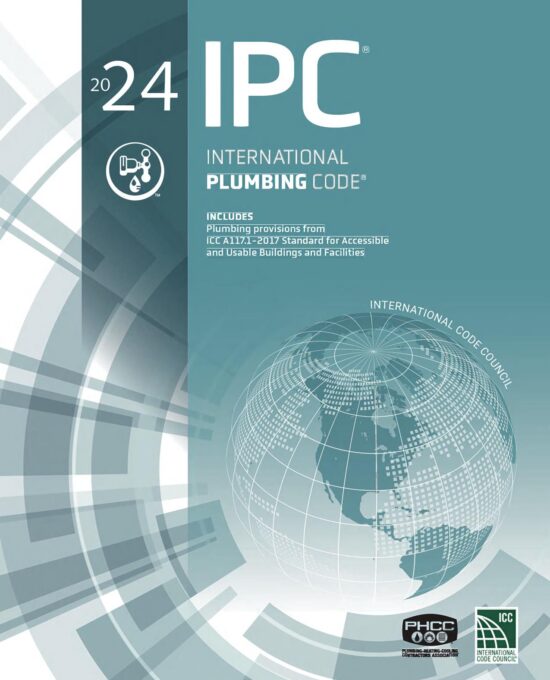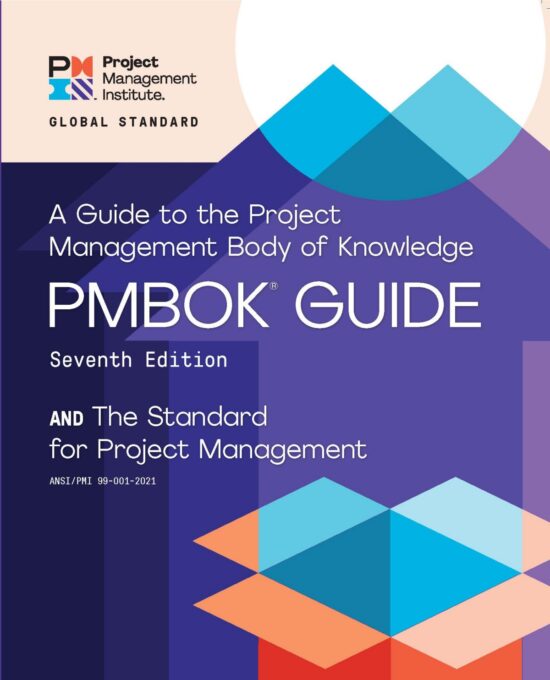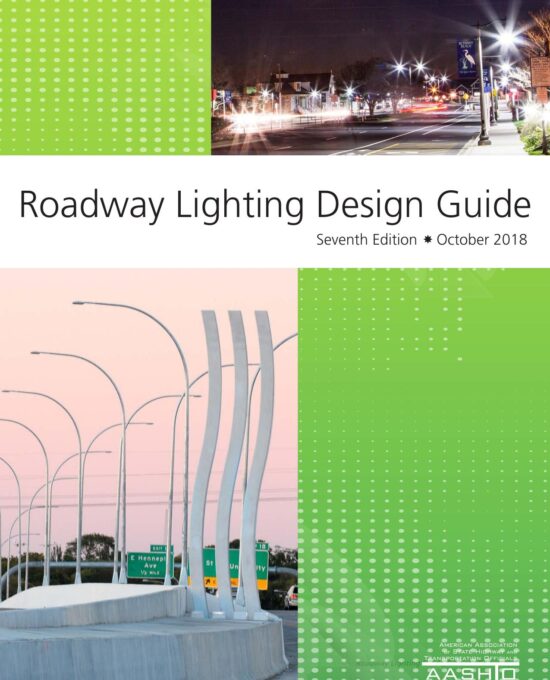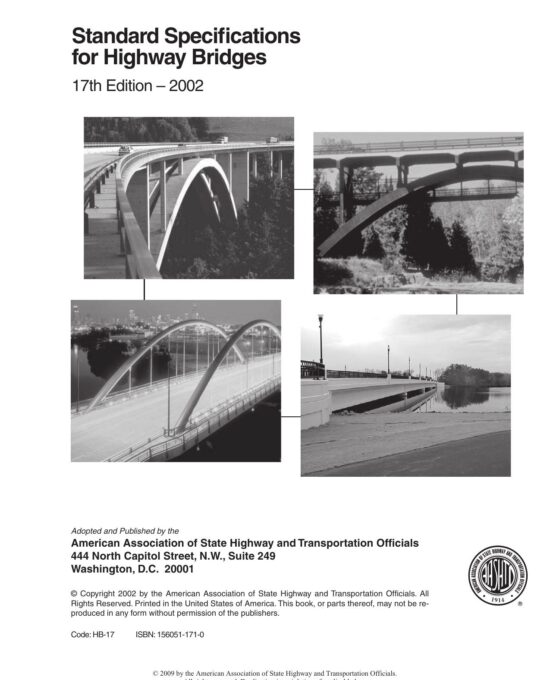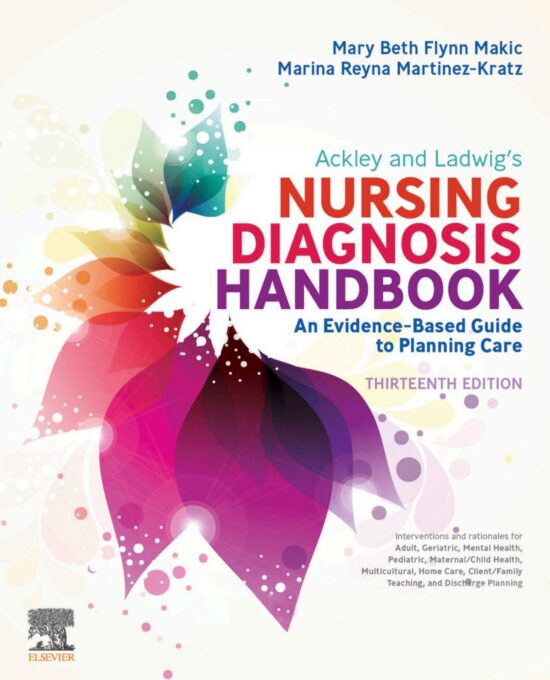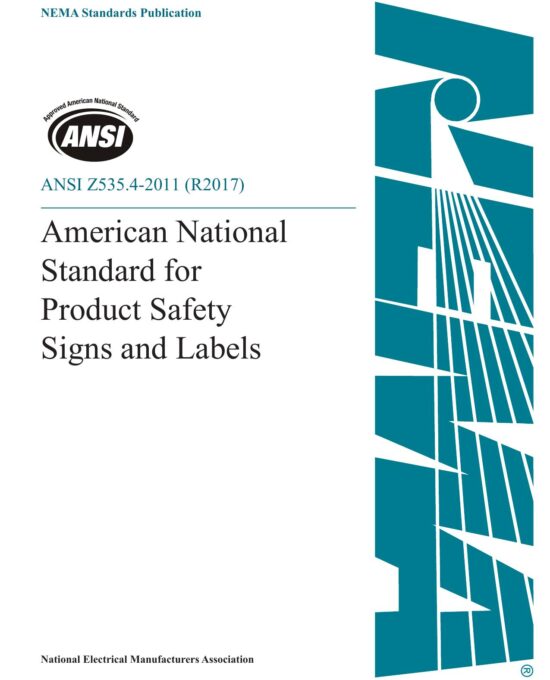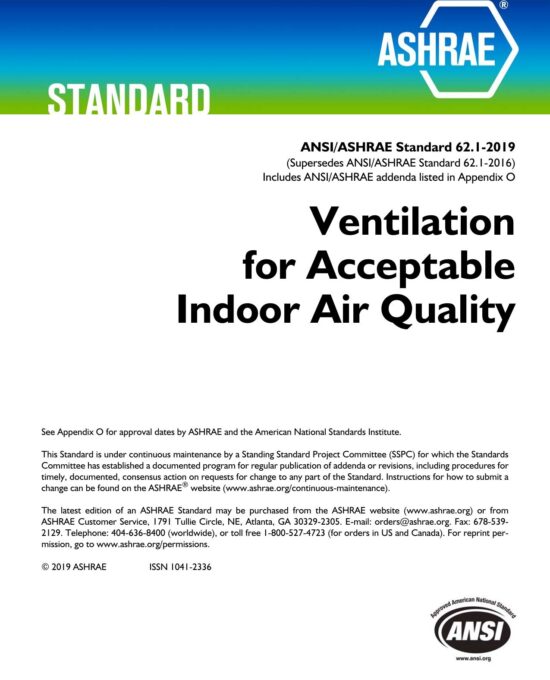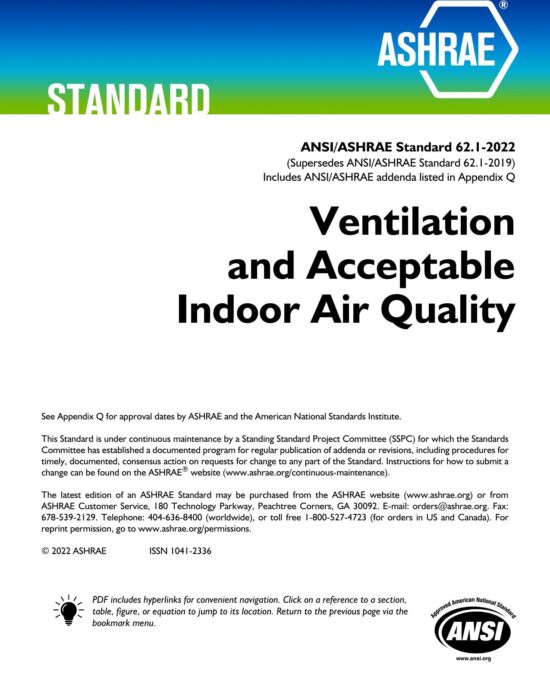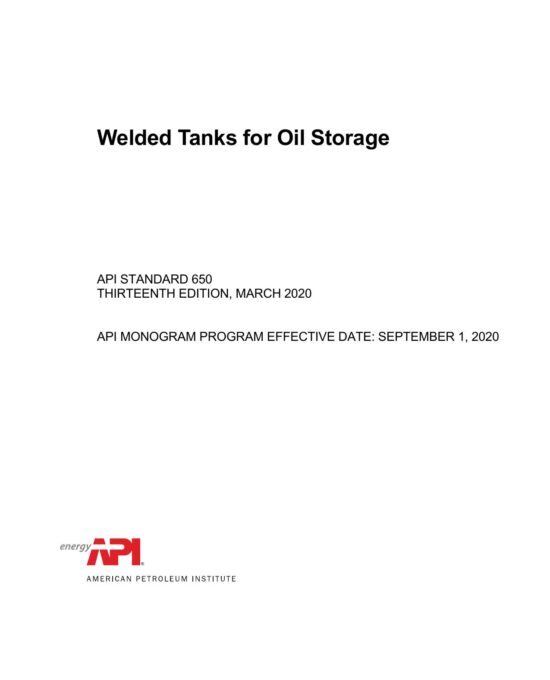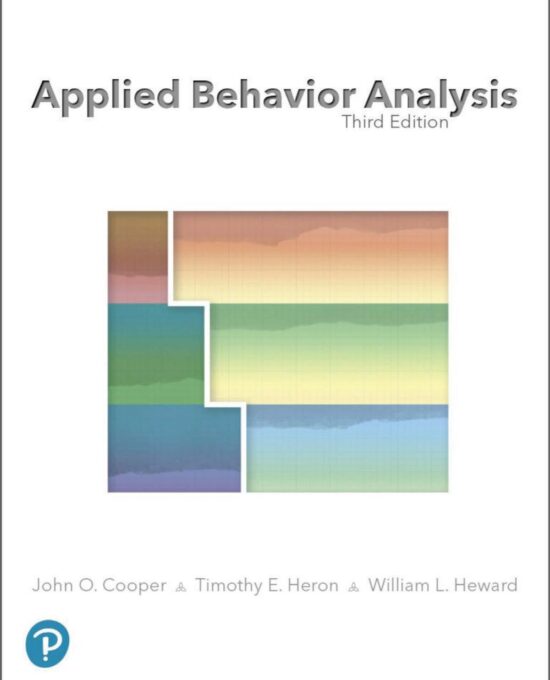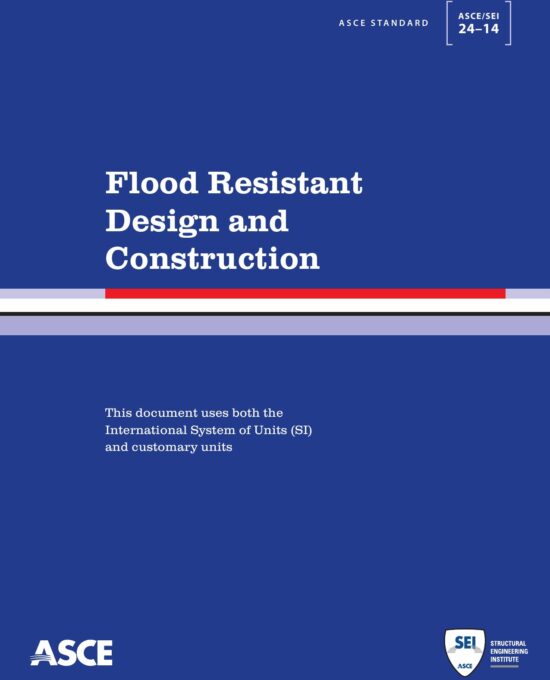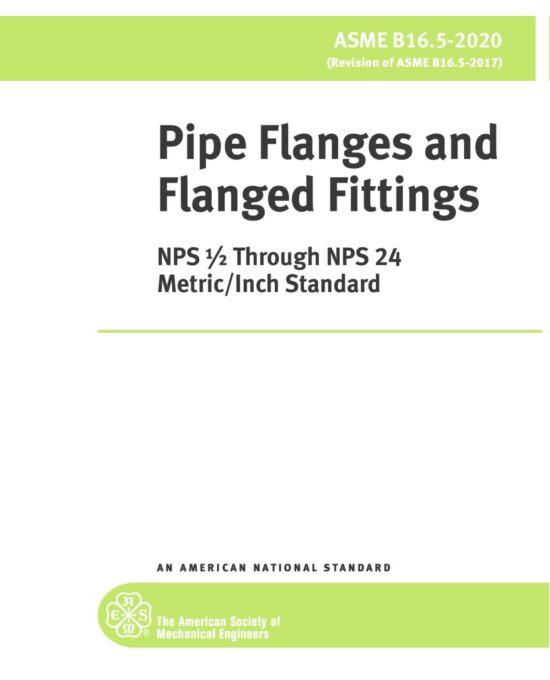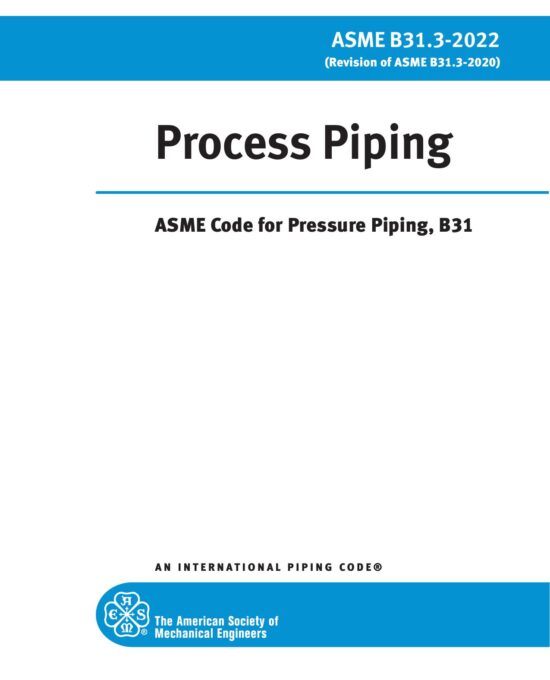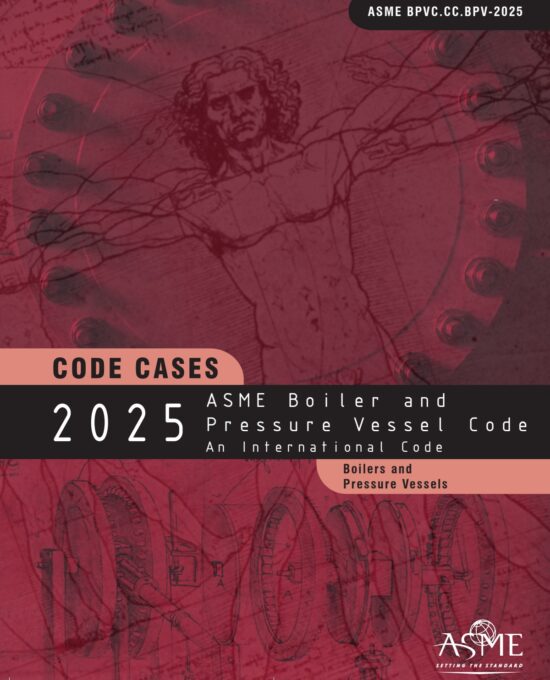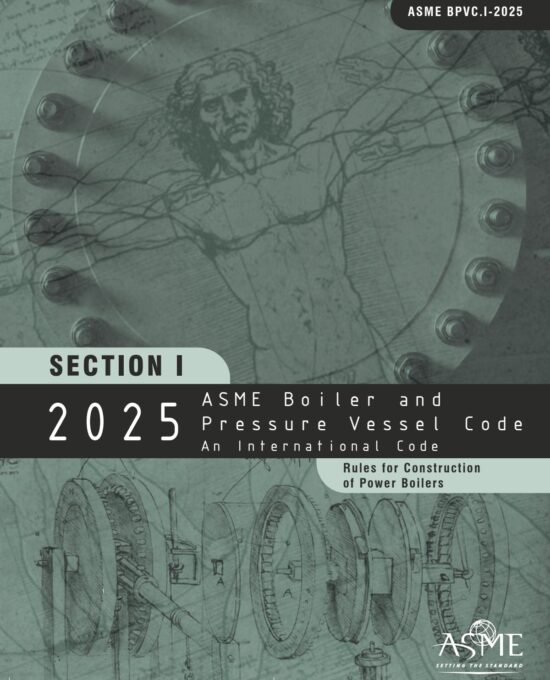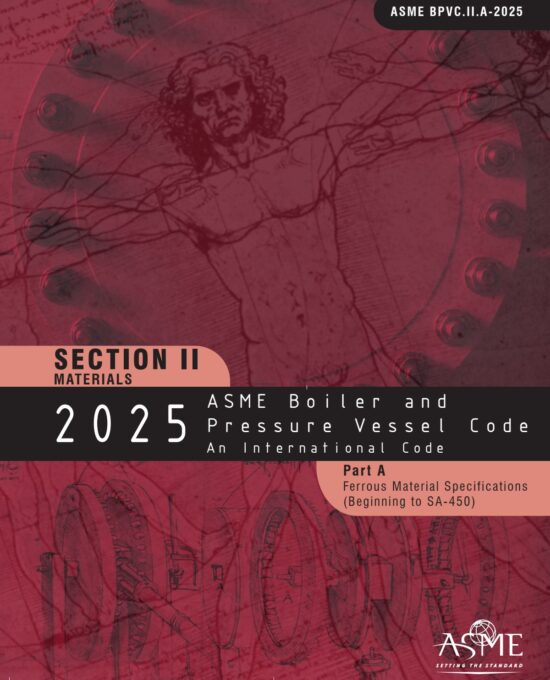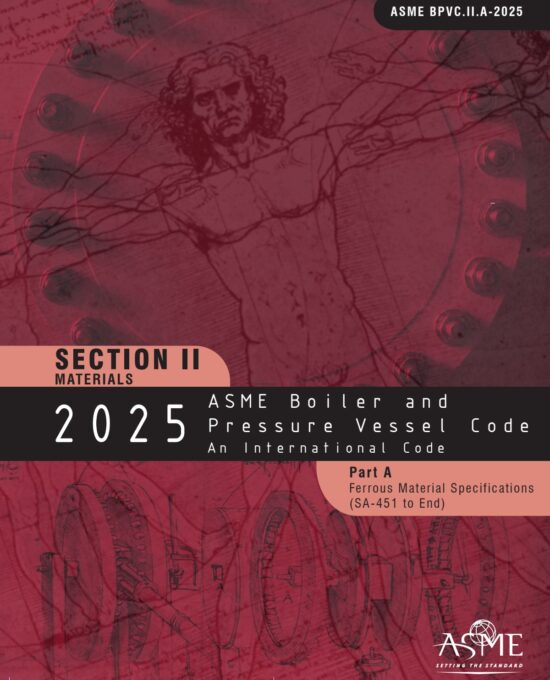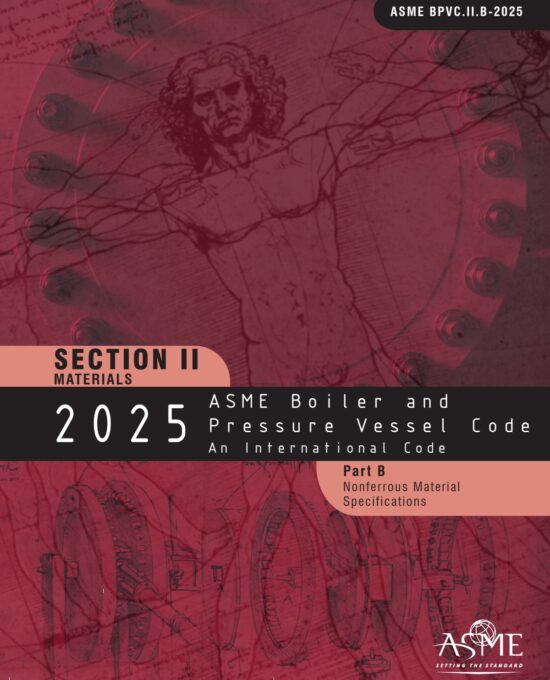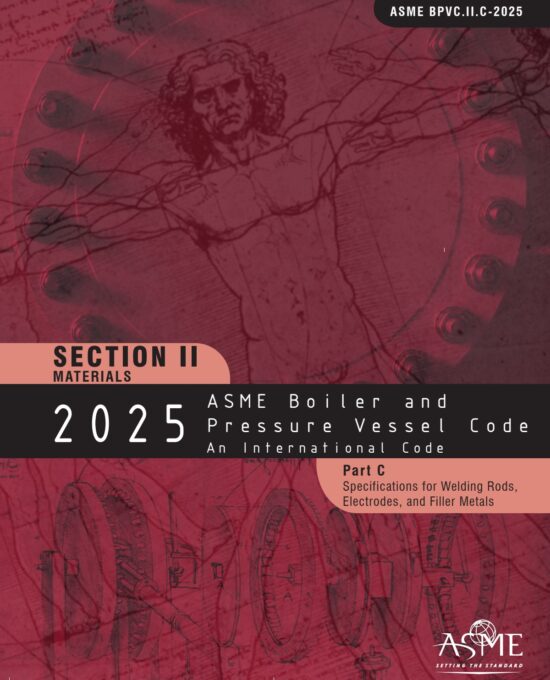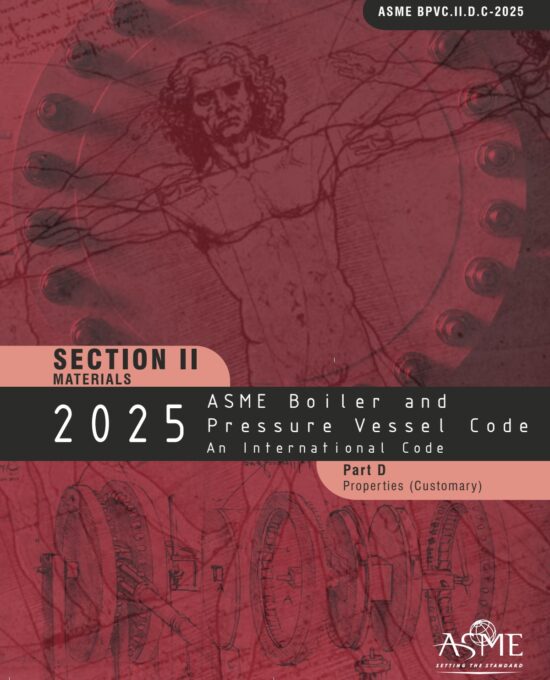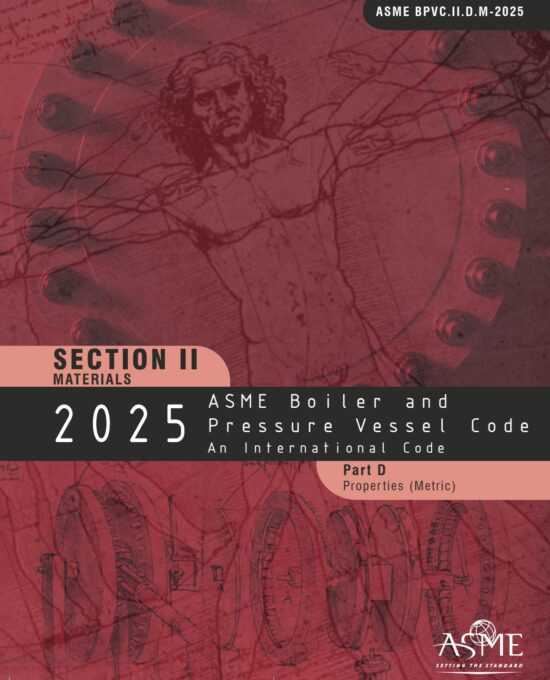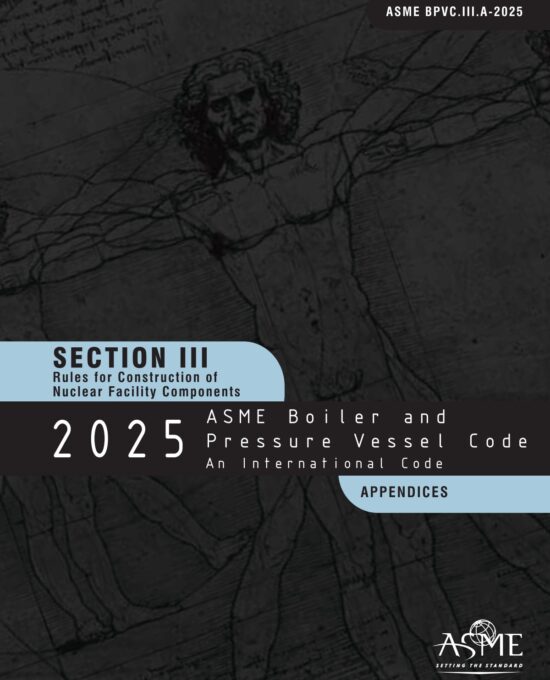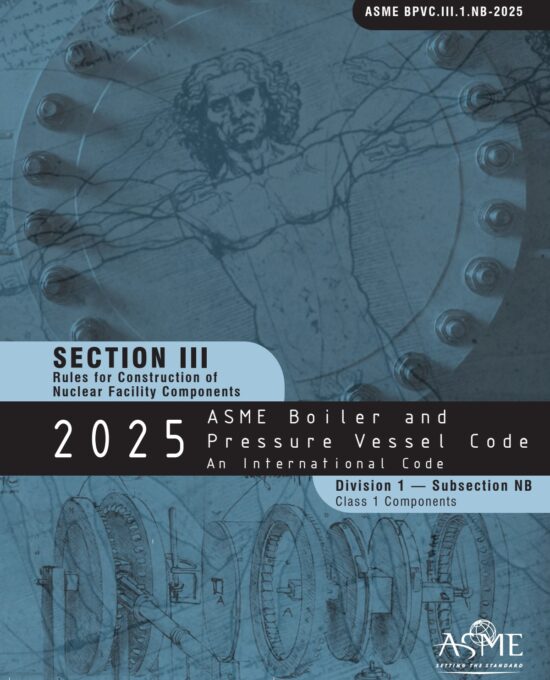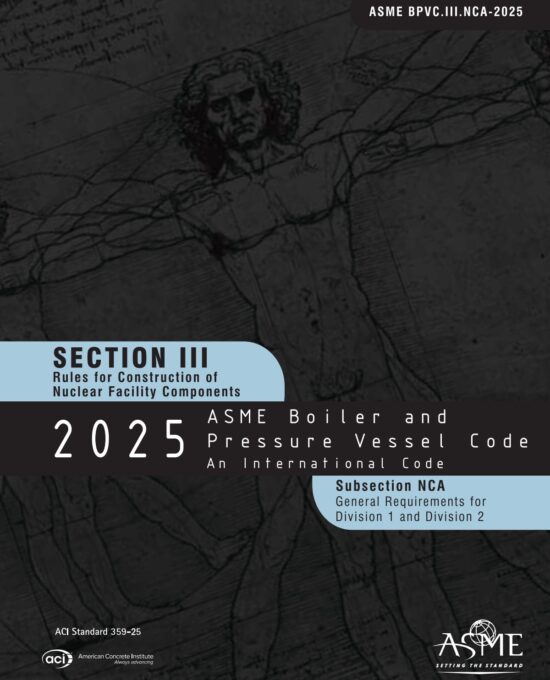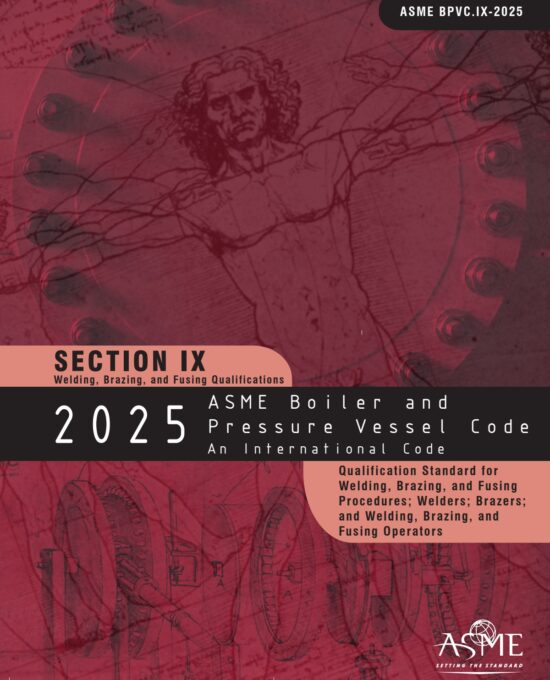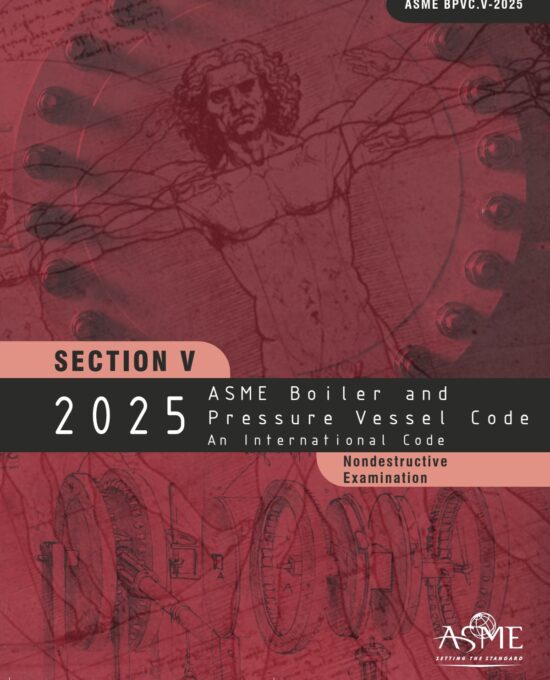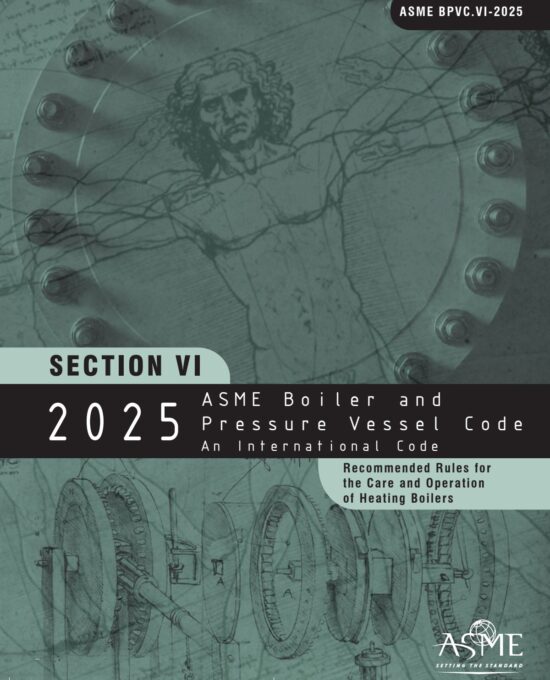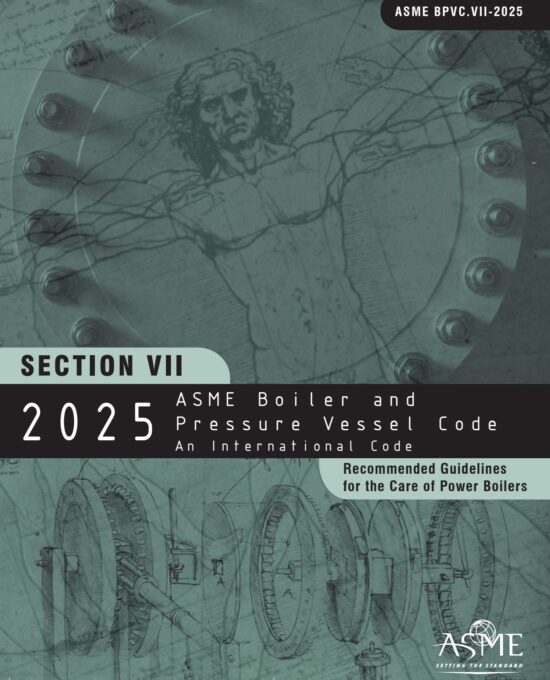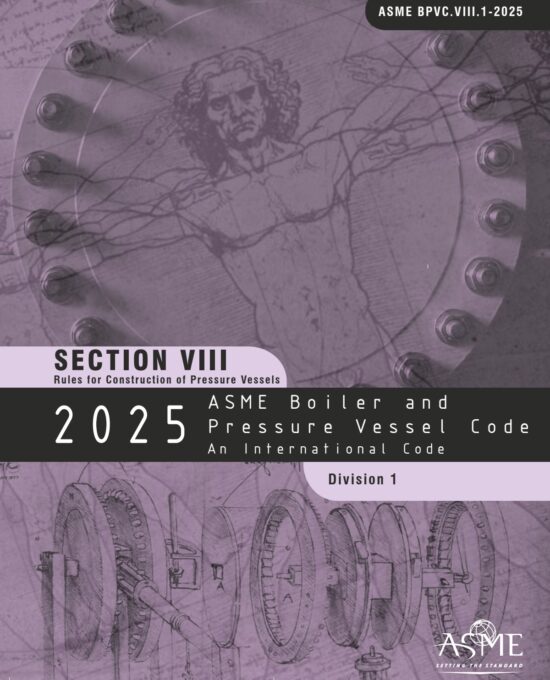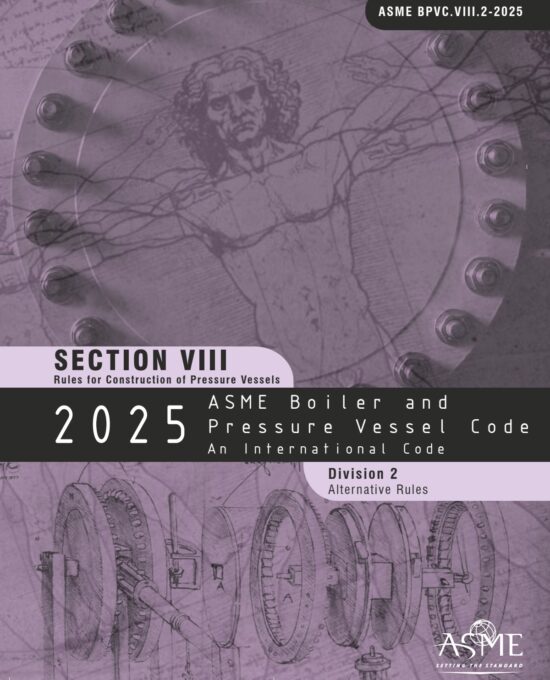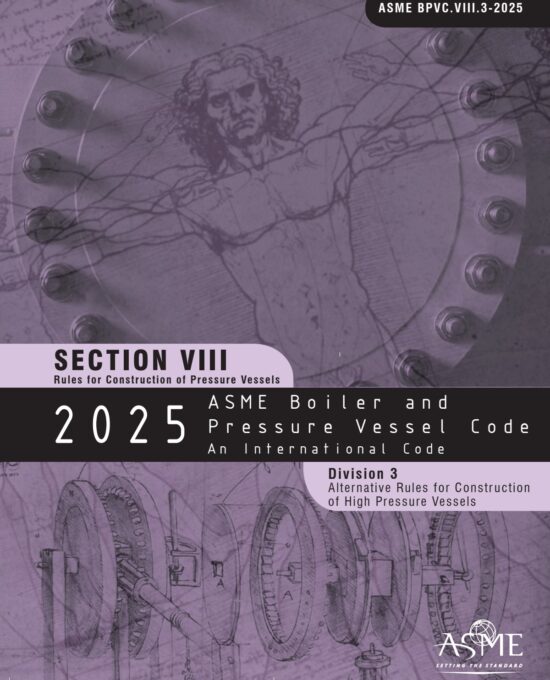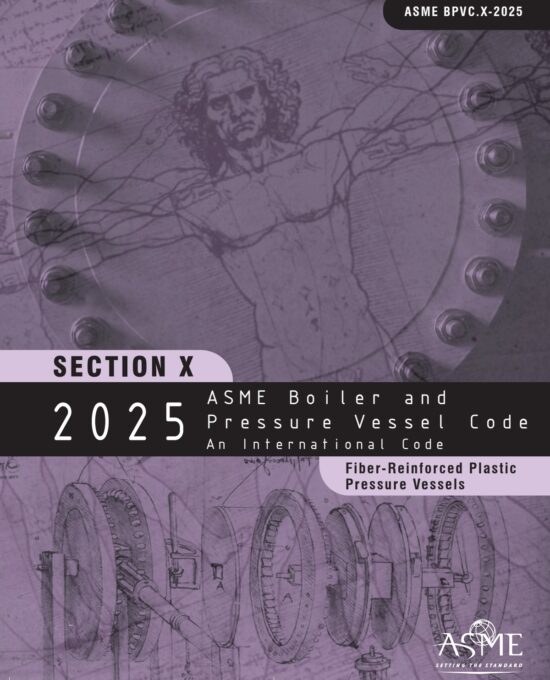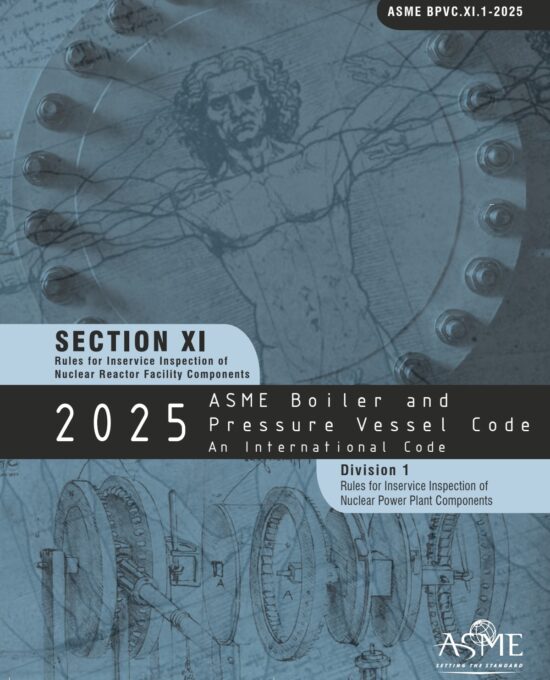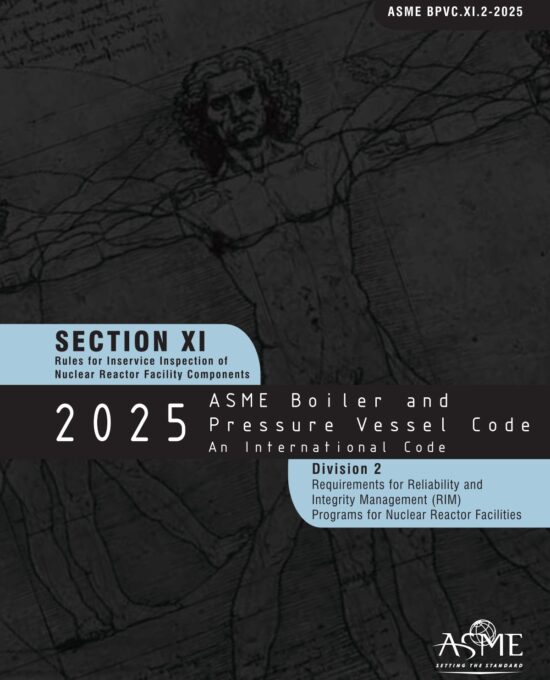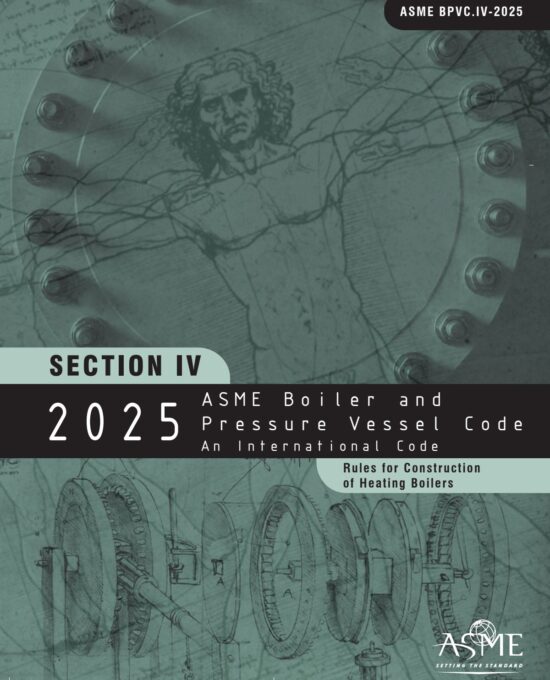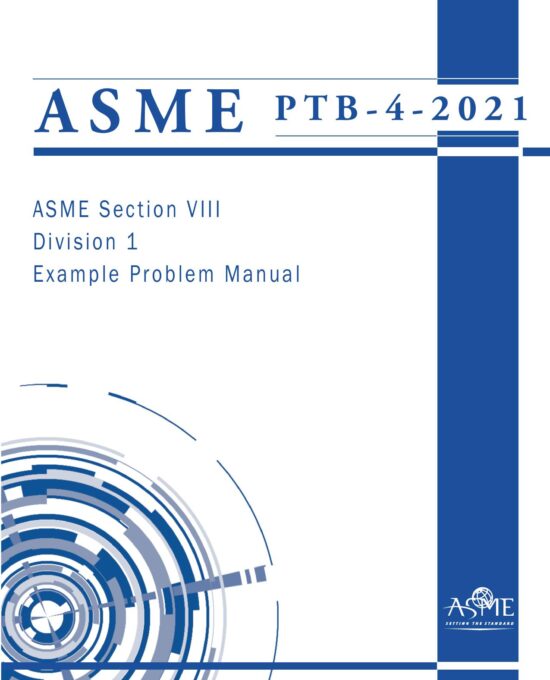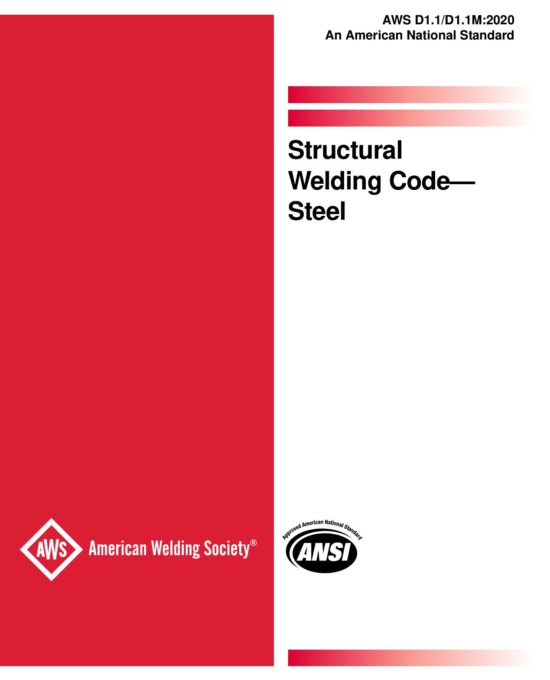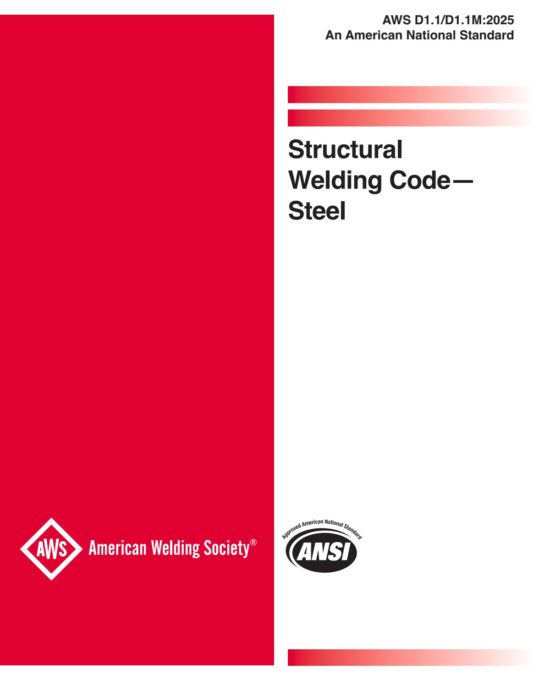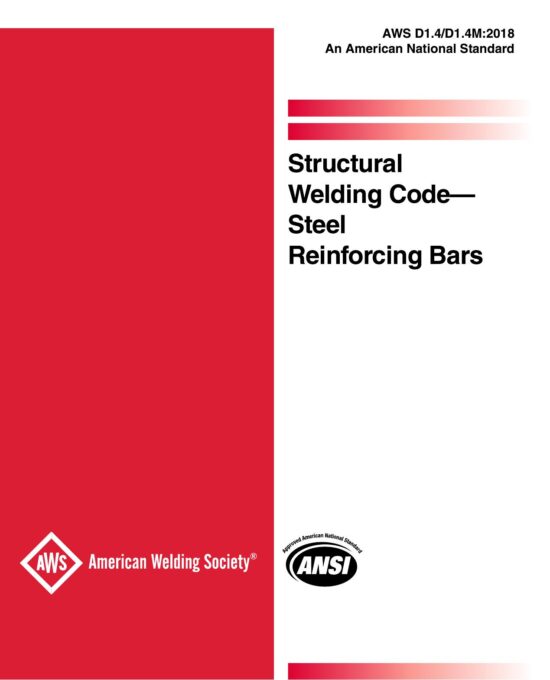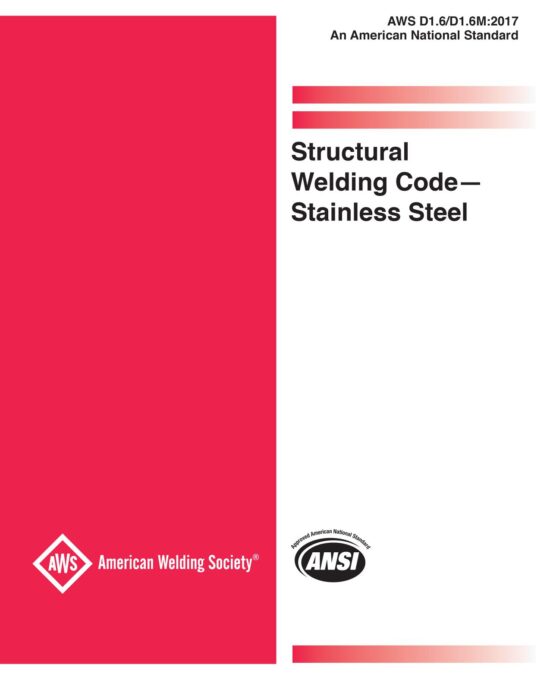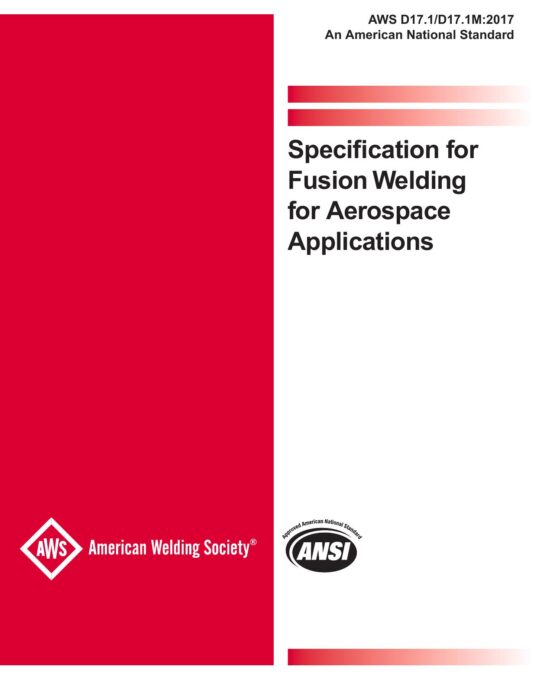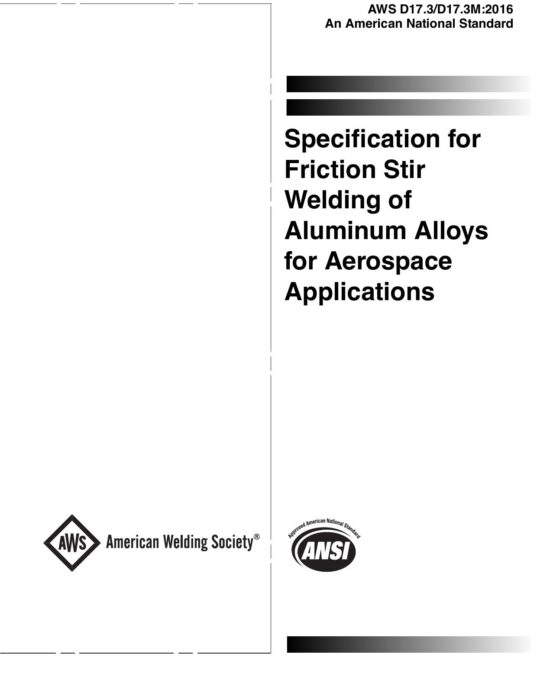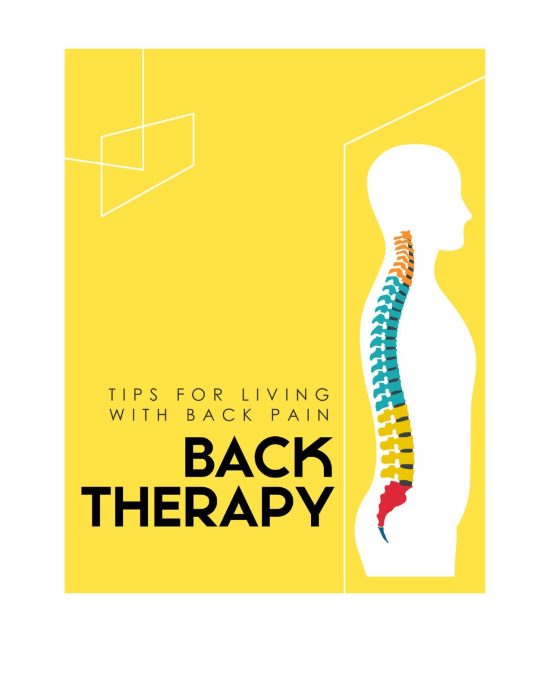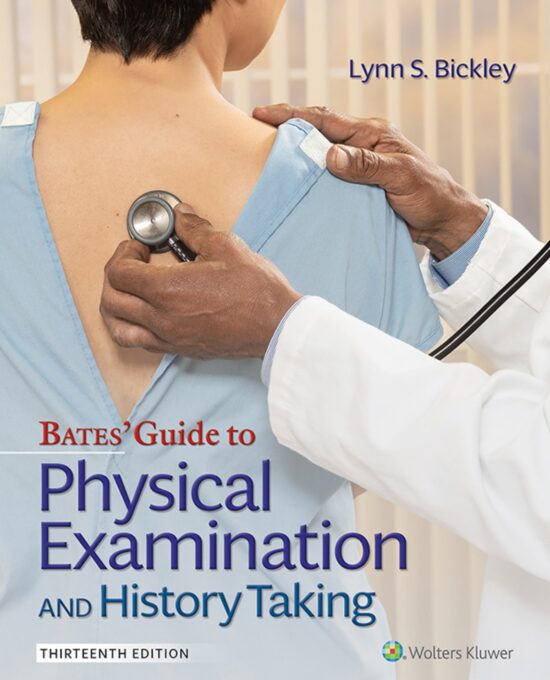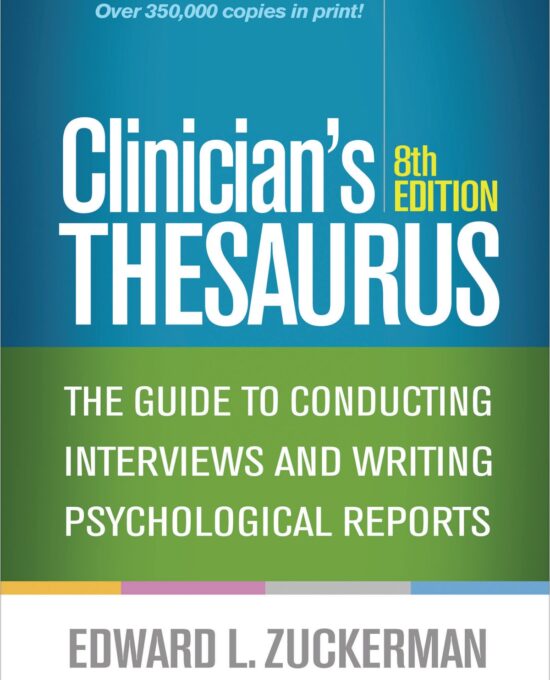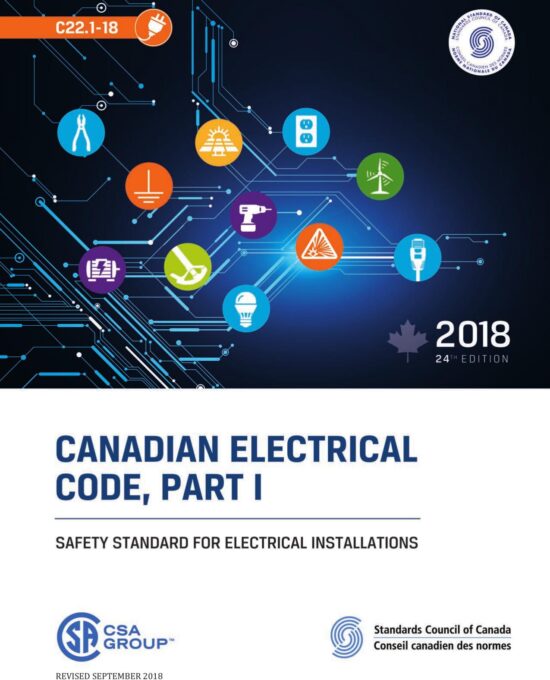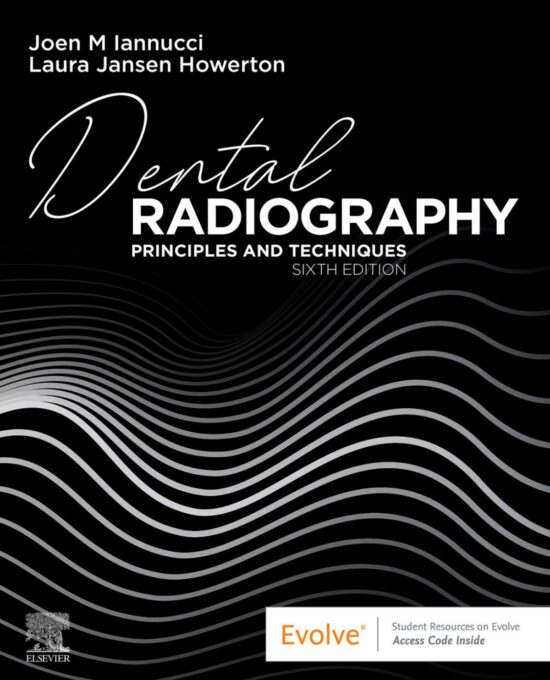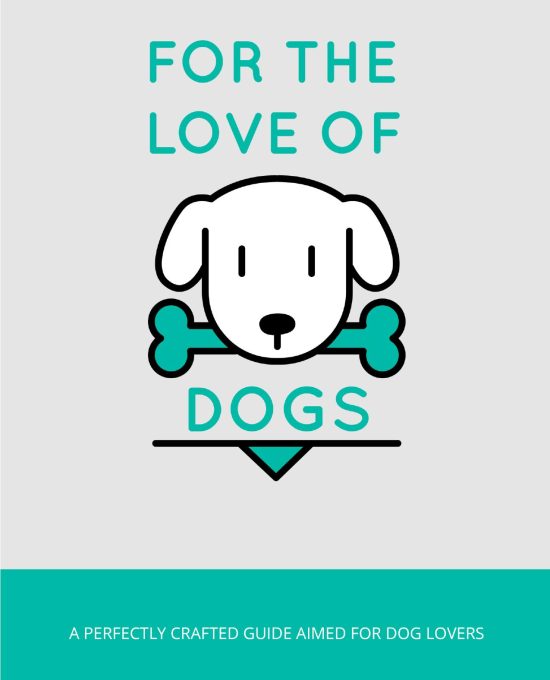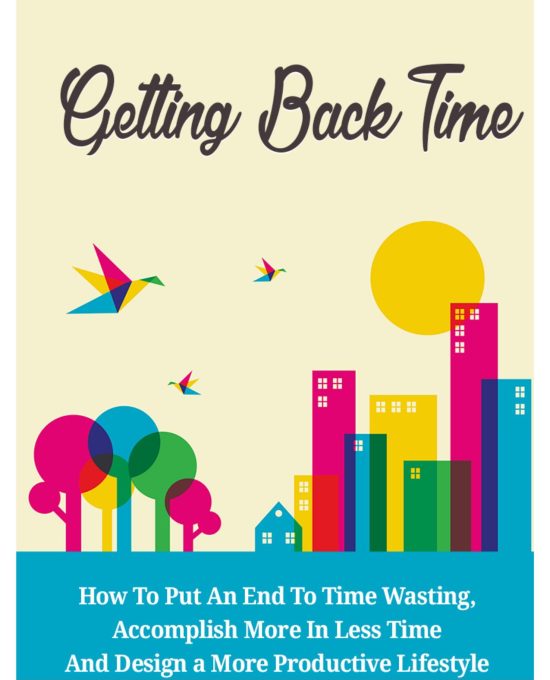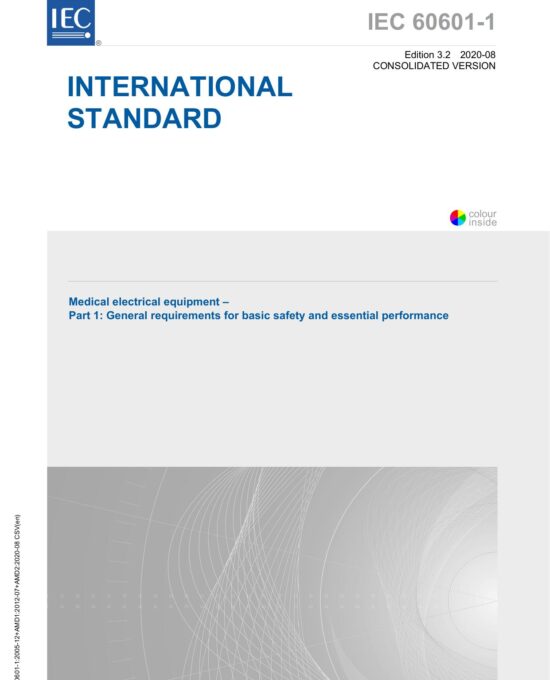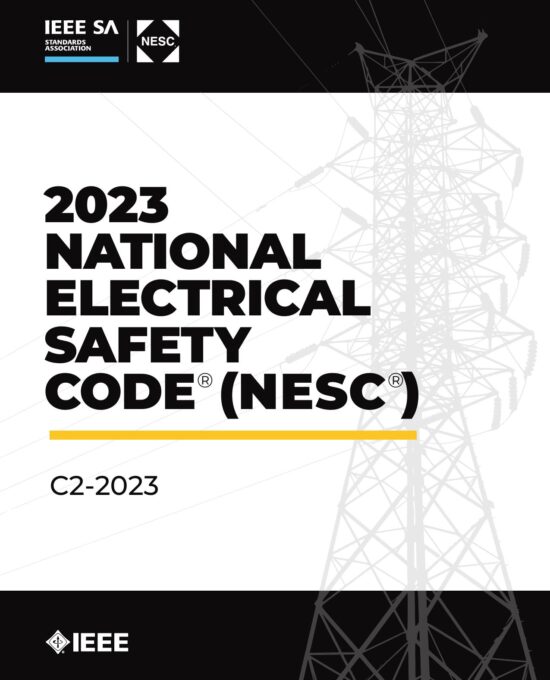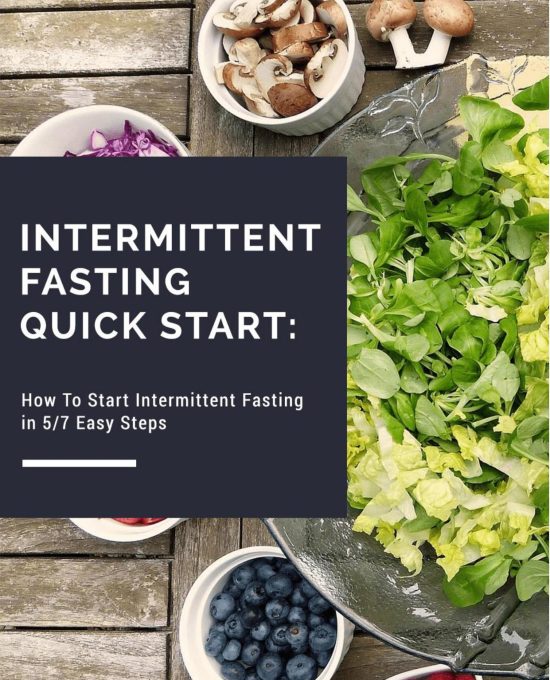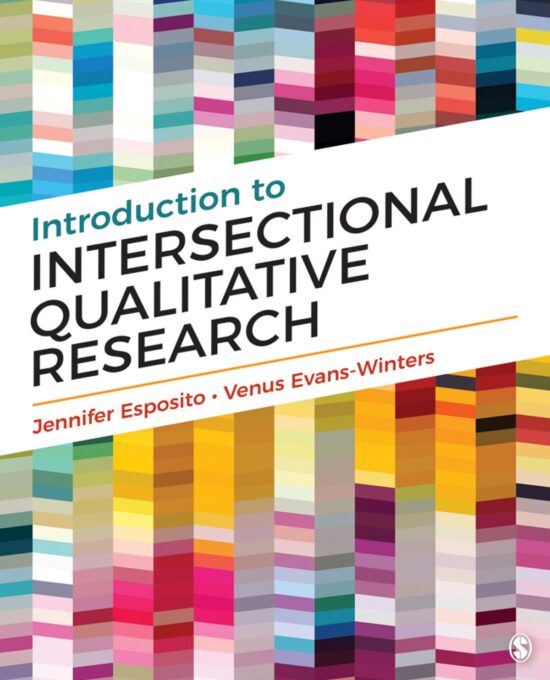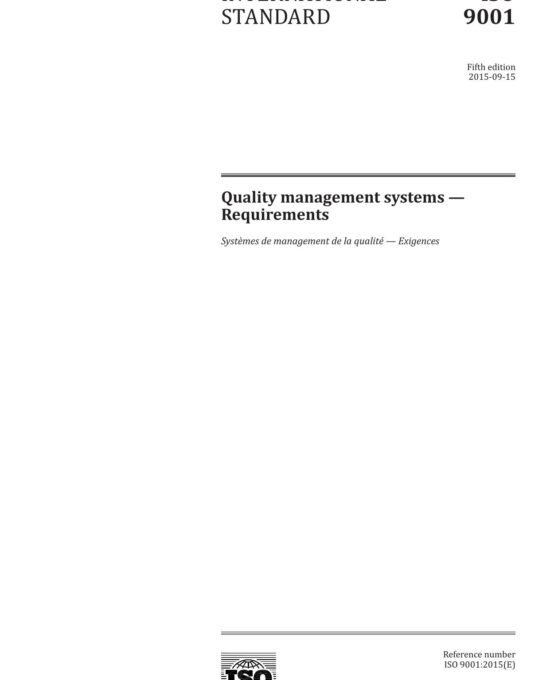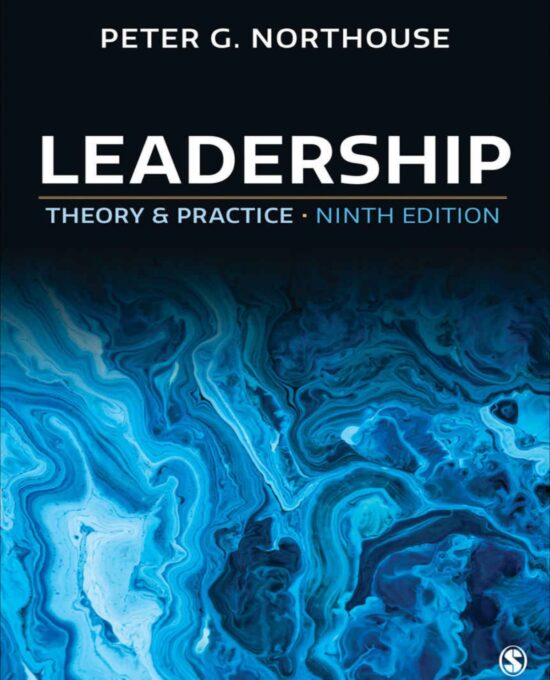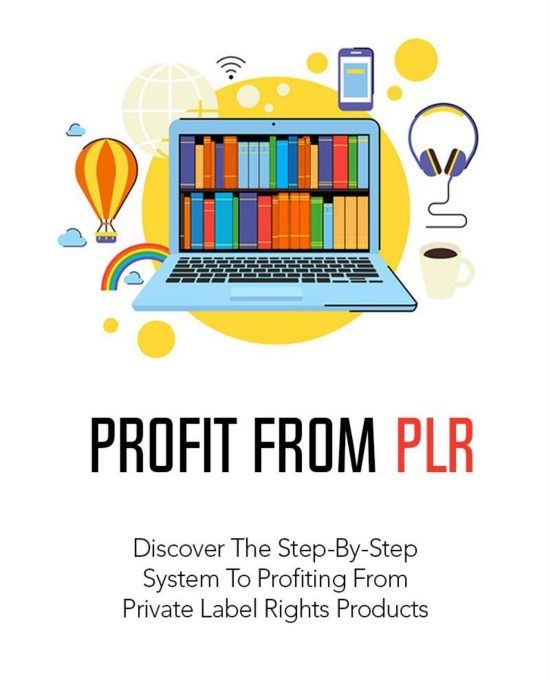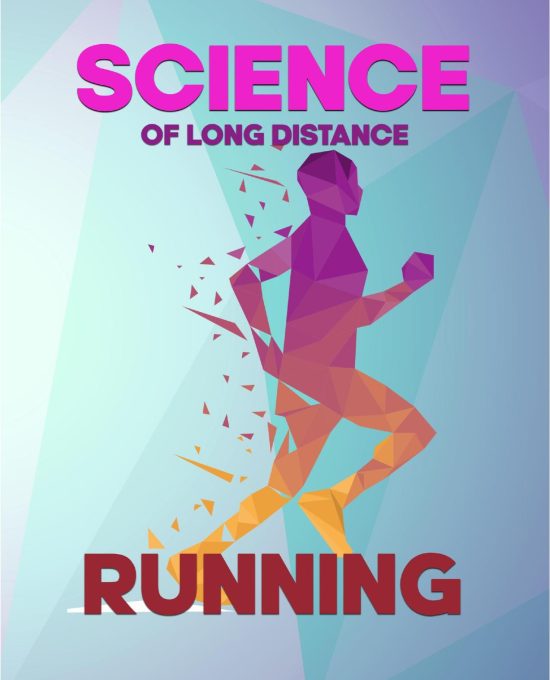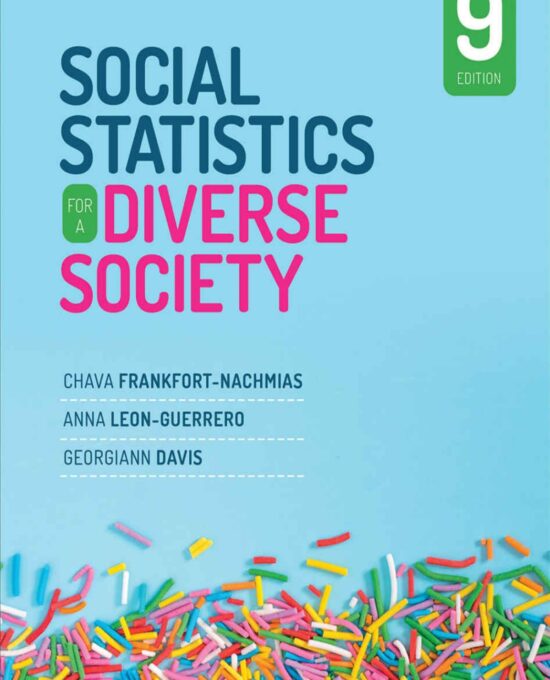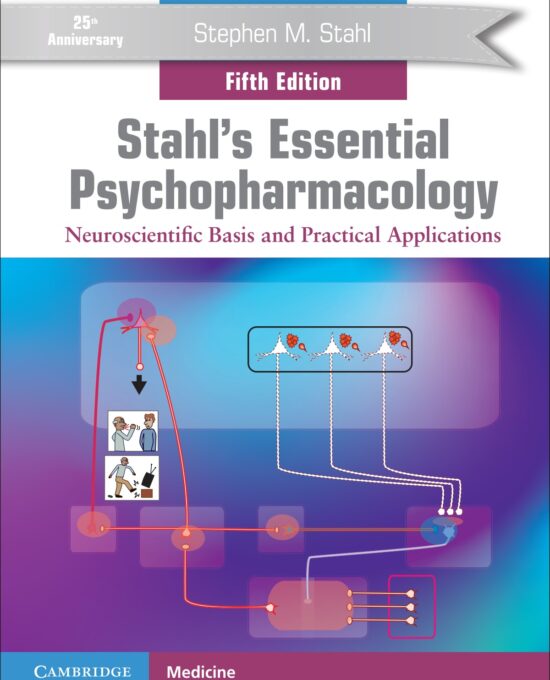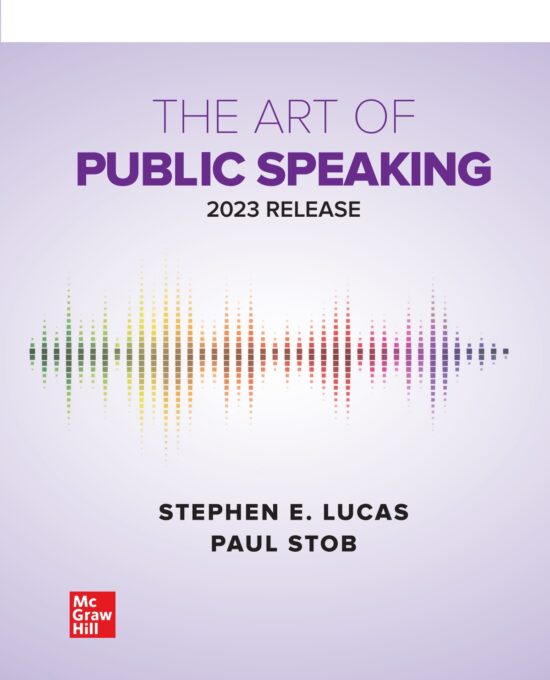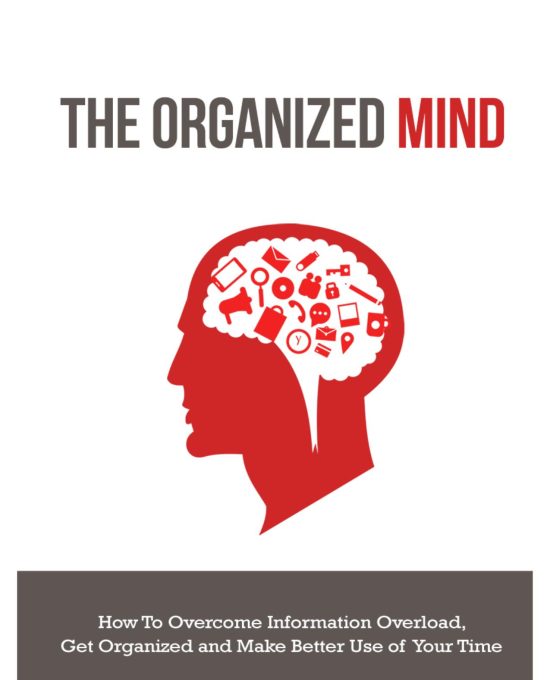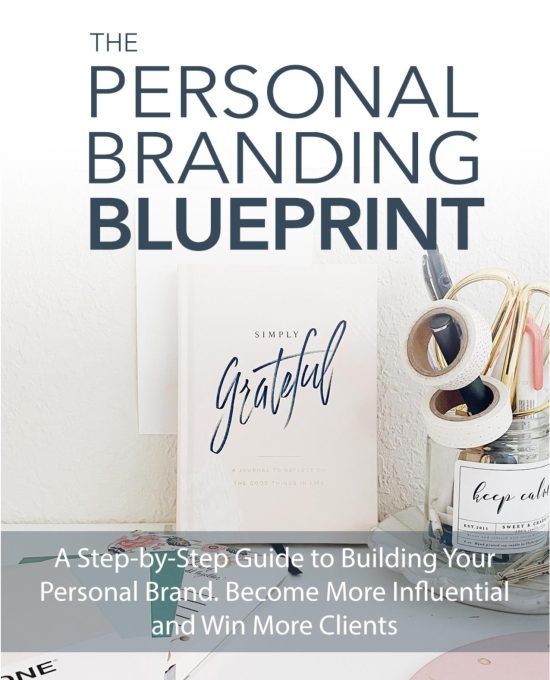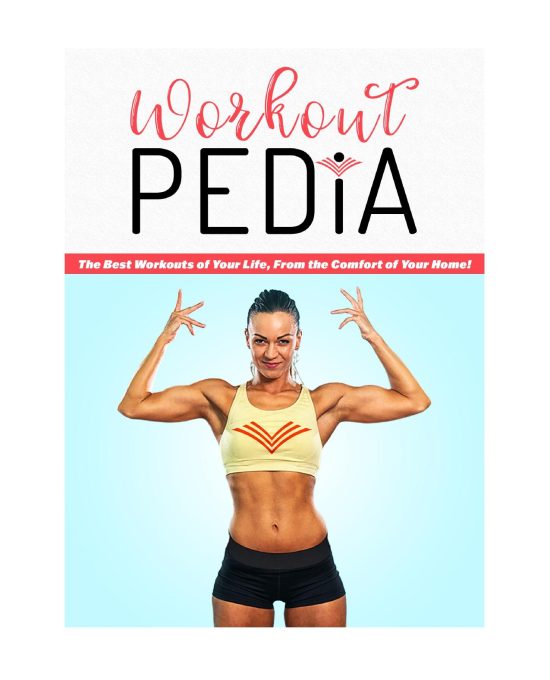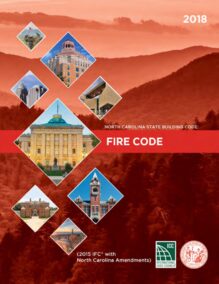2018 North Carolina State Building Code: Building Code (NCBC) – Based on 2015 IBC with North Carolina Amendments
- Adapted from the 2015 IBC with comprehensive North Carolina amendments
- Applies to all commercial and multifamily buildings statewide
- Includes detailed requirements for occupancy classification, egress, structural systems, and fire protection
- Integrates with other I-Codes for mechanical, plumbing, energy, and electrical systems
- Outlines permitting, inspection, and enforcement procedures specific to North Carolina
- Accounts for regional hazards and local code priorities
- Promotes consistent code interpretation and compliance statewide
NCBC-2018
2018 North Carolina State Building Code: Building Code (NCBC) – Based on 2015 IBC with North Carolina Amendments
- Adapted from the 2015 IBC with comprehensive North Carolina amendments
- Applies to all commercial and multifamily buildings statewide
- Includes detailed requirements for occupancy classification, egress, structural systems, and fire protection
- Integrates with other I-Codes for mechanical, plumbing, energy, and electrical systems
- Outlines permitting, inspection, and enforcement procedures specific to North Carolina
- Accounts for regional hazards and local code priorities
- Promotes consistent code interpretation and compliance statewide
NCBC-2018
2018 North Carolina State Building Code: Energy Conservation Code
- Divided into Commercial (Chapters C1–C6) and Residential (Chapters R1–R6) provisions
- Defines performance-based and prescriptive compliance paths
- Adapts 2015 IECC content with state-specific modifications and appendices
- Includes energy efficiency requirements for lighting, HVAC, insulation, fenestration, and systems commissioning
- Specifies requirements for additions, alterations, repairs, and changes of occupancy
- Incorporates dedicated appendices for residential air/duct leakage testing and high-efficiency options
- References ASHRAE, ANSI, and ICC standards applicable to North Carolina codes
- Provides worksheets, diagrams, and compliance tools for residential applications
NCECC-2018
2018 North Carolina State Building Code: Energy Conservation Code
- Divided into Commercial (Chapters C1–C6) and Residential (Chapters R1–R6) provisions
- Defines performance-based and prescriptive compliance paths
- Adapts 2015 IECC content with state-specific modifications and appendices
- Includes energy efficiency requirements for lighting, HVAC, insulation, fenestration, and systems commissioning
- Specifies requirements for additions, alterations, repairs, and changes of occupancy
- Incorporates dedicated appendices for residential air/duct leakage testing and high-efficiency options
- References ASHRAE, ANSI, and ICC standards applicable to North Carolina codes
- Provides worksheets, diagrams, and compliance tools for residential applications
NCECC-2018
2018 North Carolina State Building Code: Existing Building Code
- Integrates North Carolina amendments to the 2015 IEBC for localized enforcement
- Offers three compliance methods: Prescriptive, Work Area, and Performance-based
- Provides rules for repairs, Level 1–3 alterations, additions, historic buildings, and relocated structures
- Includes accessibility provisions and seismic retrofit guidelines
- Enables flexible design options while maintaining public safety
- Structured to align with other I-Codes for holistic code integration
- Applies to commercial, industrial, and multi-unit residential buildings undergoing rehabilitation
NCEBC-2018
2018 North Carolina State Building Code: Existing Building Code
- Integrates North Carolina amendments to the 2015 IEBC for localized enforcement
- Offers three compliance methods: Prescriptive, Work Area, and Performance-based
- Provides rules for repairs, Level 1–3 alterations, additions, historic buildings, and relocated structures
- Includes accessibility provisions and seismic retrofit guidelines
- Enables flexible design options while maintaining public safety
- Structured to align with other I-Codes for holistic code integration
- Applies to commercial, industrial, and multi-unit residential buildings undergoing rehabilitation
NCEBC-2018
2018 North Carolina State Building Code: Fire Code (NCFC)
The 2018 North Carolina State Building Code: Fire Code (NCFC) is a state-adopted adaptation of the 2015 International Fire Code®, enhanced with North Carolina-specific amendments. This code establishes minimum requirements to safeguard life, property, and public welfare from fire, explosion, and related hazards in all buildings and premises.
Designed for use by fire officials, code enforcers, architects, engineers, and contractors, the NCFC provides a comprehensive framework for fire prevention and protection systems. It ensures compliance through both prescriptive measures and performance-based design options applicable to new and existing structures.
Highlights:
- Integrates provisions from the 2015 International Fire Code® with North Carolina-specific modifications
- Addresses fire safety for construction, storage, occupancy use, and hazardous materials handling
- Regulates fire alarm systems, sprinklers, extinguishers, and egress pathways
- Enforces standards for emergency preparedness, fire command centers, and fire service access
- Includes clear rules for combustible storage, flammable finishes, and fuel dispensing systems
- Provides inspection, permitting, and enforcement protocols
- Covers special occupancies such as marinas, high-piled storage, and industrial operations
- Includes adoptable appendices on hydrant spacing, firefighter air systems, and hazardous materials
Who It’s For:
Fire marshals, building inspectors, design professionals, and public safety officials engaged in the development, renovation, or inspection of facilities in North Carolina. Ensures uniform fire code enforcement and enhances fire and life safety across the state.
NCFC-2018
2018 North Carolina State Building Code: Fire Code (NCFC)
The 2018 North Carolina State Building Code: Fire Code (NCFC) is a state-adopted adaptation of the 2015 International Fire Code®, enhanced with North Carolina-specific amendments. This code establishes minimum requirements to safeguard life, property, and public welfare from fire, explosion, and related hazards in all buildings and premises.
Designed for use by fire officials, code enforcers, architects, engineers, and contractors, the NCFC provides a comprehensive framework for fire prevention and protection systems. It ensures compliance through both prescriptive measures and performance-based design options applicable to new and existing structures.
Highlights:
- Integrates provisions from the 2015 International Fire Code® with North Carolina-specific modifications
- Addresses fire safety for construction, storage, occupancy use, and hazardous materials handling
- Regulates fire alarm systems, sprinklers, extinguishers, and egress pathways
- Enforces standards for emergency preparedness, fire command centers, and fire service access
- Includes clear rules for combustible storage, flammable finishes, and fuel dispensing systems
- Provides inspection, permitting, and enforcement protocols
- Covers special occupancies such as marinas, high-piled storage, and industrial operations
- Includes adoptable appendices on hydrant spacing, firefighter air systems, and hazardous materials
Who It’s For:
Fire marshals, building inspectors, design professionals, and public safety officials engaged in the development, renovation, or inspection of facilities in North Carolina. Ensures uniform fire code enforcement and enhances fire and life safety across the state.
NCFC-2018
2018 North Carolina State Building Code: Fuel Gas Code (NCFGC-2018)
The 2018 North Carolina State Building Code: Fuel Gas Code (NCFGC) integrates the 2015 International Fuel Gas Code® with state-specific amendments to regulate the design, installation, maintenance, and inspection of fuel gas systems. It establishes safety standards for natural and LP-gas systems across residential and commercial buildings, excluding utility infrastructure upstream of the point of delivery.
This edition ensures compatibility with the full family of I-Codes® and emphasizes both prescriptive and performance-based approaches to address gas piping, appliances, combustion air, venting, and hydrogen systems. With clear administrative provisions and detailed technical criteria, it supports safe, efficient, and code-compliant fuel gas infrastructure statewide.
Highlights:
- Applies to natural gas (≤125 psig) and LP-gas (≤20 psig) systems
- Covers piping, shutoff valves, appliances, combustion air, and venting
- Chapter-based structure includes general regulations, appliance-specific criteria, and gaseous hydrogen provisions
- Aligns with mechanical and residential codes for crossover consistency
- Appendices provide gas pipe sizing, vent system design, and safety inspection procedures
- North Carolina-specific deletions and modifications for administrative sections
- Supports engineers, inspectors, and contractors through enforceable guidance
Who It’s For:
Mechanical contractors, design professionals, inspectors, and code officials in North Carolina responsible for safe installation and maintenance of gas piping and appliance systems in compliance with state-adopted standards.
NCFGC-2018
2018 North Carolina State Building Code: Fuel Gas Code (NCFGC-2018)
The 2018 North Carolina State Building Code: Fuel Gas Code (NCFGC) integrates the 2015 International Fuel Gas Code® with state-specific amendments to regulate the design, installation, maintenance, and inspection of fuel gas systems. It establishes safety standards for natural and LP-gas systems across residential and commercial buildings, excluding utility infrastructure upstream of the point of delivery.
This edition ensures compatibility with the full family of I-Codes® and emphasizes both prescriptive and performance-based approaches to address gas piping, appliances, combustion air, venting, and hydrogen systems. With clear administrative provisions and detailed technical criteria, it supports safe, efficient, and code-compliant fuel gas infrastructure statewide.
Highlights:
- Applies to natural gas (≤125 psig) and LP-gas (≤20 psig) systems
- Covers piping, shutoff valves, appliances, combustion air, and venting
- Chapter-based structure includes general regulations, appliance-specific criteria, and gaseous hydrogen provisions
- Aligns with mechanical and residential codes for crossover consistency
- Appendices provide gas pipe sizing, vent system design, and safety inspection procedures
- North Carolina-specific deletions and modifications for administrative sections
- Supports engineers, inspectors, and contractors through enforceable guidance
Who It’s For:
Mechanical contractors, design professionals, inspectors, and code officials in North Carolina responsible for safe installation and maintenance of gas piping and appliance systems in compliance with state-adopted standards.
NCFGC-2018
2018 North Carolina State Building Code: Mechanical Code
The 2018 North Carolina State Building Code: Mechanical Code (NCMC) incorporates the 2015 International Mechanical Code (IMC) with state-specific amendments. It sets forth minimum regulations for mechanical systems to ensure public safety, health, and welfare across residential, commercial, and institutional buildings. Covering HVAC, ventilation, combustion air, exhaust systems, hydronics, and solar thermal systems, this code supports both prescriptive and performance-based design approaches.
Highlights:
- Based on the 2015 IMC, enhanced by North Carolina-specific modifications
- Defines requirements for appliance venting, duct systems, chimneys, boilers, and solar thermal systems
- Prescriptive and performance-based methods for mechanical system compliance
- Comprehensive coverage of indoor air quality, exhaust controls, and refrigeration standards
- Integrates combustion air and fuel oil systems, with references to NFPA and related codes
- Includes specialized chapters on hydronic piping, fuel oil storage, and solar systems
- Organized to align with other North Carolina codes for seamless enforcement and application
- Incorporates ICC’s latest formatting and content structure with clear section annotations
Who It’s For:
Mechanical contractors, HVAC designers, code officials, and engineers in North Carolina engaged in the design, installation, inspection, and permitting of mechanical systems per the state building code.
NCMC-2018
2018 North Carolina State Building Code: Mechanical Code
The 2018 North Carolina State Building Code: Mechanical Code (NCMC) incorporates the 2015 International Mechanical Code (IMC) with state-specific amendments. It sets forth minimum regulations for mechanical systems to ensure public safety, health, and welfare across residential, commercial, and institutional buildings. Covering HVAC, ventilation, combustion air, exhaust systems, hydronics, and solar thermal systems, this code supports both prescriptive and performance-based design approaches.
Highlights:
- Based on the 2015 IMC, enhanced by North Carolina-specific modifications
- Defines requirements for appliance venting, duct systems, chimneys, boilers, and solar thermal systems
- Prescriptive and performance-based methods for mechanical system compliance
- Comprehensive coverage of indoor air quality, exhaust controls, and refrigeration standards
- Integrates combustion air and fuel oil systems, with references to NFPA and related codes
- Includes specialized chapters on hydronic piping, fuel oil storage, and solar systems
- Organized to align with other North Carolina codes for seamless enforcement and application
- Incorporates ICC’s latest formatting and content structure with clear section annotations
Who It’s For:
Mechanical contractors, HVAC designers, code officials, and engineers in North Carolina engaged in the design, installation, inspection, and permitting of mechanical systems per the state building code.
NCMC-2018
2018 North Carolina State Building Code: Plumbing Code
The 2018 North Carolina State Building Code: Plumbing Code (NCPC) integrates the 2015 International Plumbing Code® (IPC) with North Carolina-specific amendments to ensure code-compliant design and installation of plumbing systems throughout the state. It covers all essential aspects of water supply, sanitation, and drainage to support public health and building safety.
Highlights:
- Incorporates 2015 IPC® with state-specific modifications for local relevance
- Establishes performance and prescriptive standards for plumbing systems
- Covers potable water, sanitary drainage, storm drainage, and venting systems
- Defines fixture requirements and installation guidelines for all occupancies
- Addresses healthcare plumbing, backflow prevention, and pipe sizing
- Includes Appendices C and E on structural safety and water piping system sizing
- Coordinates with related codes such as building, mechanical, and fire codes
Who It’s For:
Architects, plumbing contractors, engineers, and building inspectors who require a clear, enforceable standard for plumbing work in North Carolina's built environment.
NCPC-2018
2018 North Carolina State Building Code: Plumbing Code
The 2018 North Carolina State Building Code: Plumbing Code (NCPC) integrates the 2015 International Plumbing Code® (IPC) with North Carolina-specific amendments to ensure code-compliant design and installation of plumbing systems throughout the state. It covers all essential aspects of water supply, sanitation, and drainage to support public health and building safety.
Highlights:
- Incorporates 2015 IPC® with state-specific modifications for local relevance
- Establishes performance and prescriptive standards for plumbing systems
- Covers potable water, sanitary drainage, storm drainage, and venting systems
- Defines fixture requirements and installation guidelines for all occupancies
- Addresses healthcare plumbing, backflow prevention, and pipe sizing
- Includes Appendices C and E on structural safety and water piping system sizing
- Coordinates with related codes such as building, mechanical, and fire codes
Who It’s For:
Architects, plumbing contractors, engineers, and building inspectors who require a clear, enforceable standard for plumbing work in North Carolina's built environment.
NCPC-2018
2018 North Carolina State Building Code: Residential Code (NCRC)
The 2018 North Carolina State Building Code: Residential Code (NCRC) is the official standard for the design and construction of one- and two-family dwellings and townhouses across North Carolina. Adapted from the 2015 International Residential Code® (IRC), it incorporates state-specific amendments to ensure alignment with local building practices, safety regulations, and environmental considerations.
Highlights:
- Based on the 2015 IRC with North Carolina-specific modifications
- Applies to detached one- and two-family dwellings and townhouses not more than three stories
- Covers building, plumbing, mechanical, fuel gas, and energy provisions
- Provides requirements for foundations, framing, roofing, insulation, and fire safety
- Supports code enforcement with clearly defined compliance pathways
- Aligned with local climate zones and hazard considerations
- Enables consistency in residential permitting and inspection
Who It’s For:
Homebuilders, residential contractors, designers, code officials, and inspectors involved in residential construction in North Carolina.
NCRC-2018
2018 North Carolina State Building Code: Residential Code (NCRC)
The 2018 North Carolina State Building Code: Residential Code (NCRC) is the official standard for the design and construction of one- and two-family dwellings and townhouses across North Carolina. Adapted from the 2015 International Residential Code® (IRC), it incorporates state-specific amendments to ensure alignment with local building practices, safety regulations, and environmental considerations.
Highlights:
- Based on the 2015 IRC with North Carolina-specific modifications
- Applies to detached one- and two-family dwellings and townhouses not more than three stories
- Covers building, plumbing, mechanical, fuel gas, and energy provisions
- Provides requirements for foundations, framing, roofing, insulation, and fire safety
- Supports code enforcement with clearly defined compliance pathways
- Aligned with local climate zones and hazard considerations
- Enables consistency in residential permitting and inspection
Who It’s For:
Homebuilders, residential contractors, designers, code officials, and inspectors involved in residential construction in North Carolina.
NCRC-2018
2021 ICC Performance Code for Buildings and Facilities, ICCPC-2021
The 2021 ICC Performance Code for Buildings and Facilities (ICCPC) provides a flexible, performance-based alternative to traditional prescriptive codes. It applies to all buildings and facilities where measurable outcomes and innovative design solutions are preferred. This model code helps jurisdictions and design professionals meet safety, health, and welfare objectives using performance criteria rather than fixed prescriptions.
Highlights:
- Supports alternative compliance methods for building and fire safety through functional performance objectives
- Fully coordinated with the 2021 IBC, IFC, and other I-Codes for seamless integration
- Outlines four main parts: Administrative, Building Provisions, Fire Provisions, and Appendices
- Includes expanded requirements for design documentation such as Concept Reports, Design Reports, and O&M Manuals
- Clarifies peer review procedures and the role of special experts in evaluating performance proposals
- Enhances emergency planning with new provisions for fire protection documentation
- Introduces damage tolerance and system reliability metrics for performance-based approvals
- Emphasizes long-term inspection and maintenance to support sustained performance
- Updated appendices on risk assessment, occupant behavior, and modeling protocols
- Incorporates referenced standards from ASCE, ACI, ASTM, NFPA, and more
Who It’s For:
Jurisdictions, code officials, and design professionals seeking flexibility in code compliance through a performance-based framework.
ICCPC-2021
2021 ICC Performance Code for Buildings and Facilities, ICCPC-2021
The 2021 ICC Performance Code for Buildings and Facilities (ICCPC) provides a flexible, performance-based alternative to traditional prescriptive codes. It applies to all buildings and facilities where measurable outcomes and innovative design solutions are preferred. This model code helps jurisdictions and design professionals meet safety, health, and welfare objectives using performance criteria rather than fixed prescriptions.
Highlights:
- Supports alternative compliance methods for building and fire safety through functional performance objectives
- Fully coordinated with the 2021 IBC, IFC, and other I-Codes for seamless integration
- Outlines four main parts: Administrative, Building Provisions, Fire Provisions, and Appendices
- Includes expanded requirements for design documentation such as Concept Reports, Design Reports, and O&M Manuals
- Clarifies peer review procedures and the role of special experts in evaluating performance proposals
- Enhances emergency planning with new provisions for fire protection documentation
- Introduces damage tolerance and system reliability metrics for performance-based approvals
- Emphasizes long-term inspection and maintenance to support sustained performance
- Updated appendices on risk assessment, occupant behavior, and modeling protocols
- Incorporates referenced standards from ASCE, ACI, ASTM, NFPA, and more
Who It’s For:
Jurisdictions, code officials, and design professionals seeking flexibility in code compliance through a performance-based framework.
ICCPC-2021
2021 International Building Code – IBC-2021
The 2021 International Building Code® (IBC) provides comprehensive regulations for commercial and multifamily buildings, excluding detached one- and two-family dwellings and townhouses not more than three stories. Developed by the International Code Council (ICC), this model code supports safe, accessible, and sustainable construction through coordinated design and enforcement standards.
Highlights:
- Classifies puzzle/escape rooms as special amusement areas with new egress rules (Section 411)
- Allows separate building treatment for control areas separated by fire walls
- Requires enhanced classroom acoustics in small Group E occupancies per ICC A117.1
- Simplifies requirements for Metal Composite Materials (MCMs); removes sprinkler trade-offs
- Introduces clear guidelines for using shipping containers as buildings
- Adds sprinkler mandates for Group S-2 parking garages over 48,000 sq ft
- Adopts 2017 edition of ICC A117.1 for accessibility standards
- Mandates minimum-height parapets on aggregate-surfaced roofs for safety
- Classifies large assembly buildings (2,500+ occupants) as Risk Category III
- Aligns snow load maps and rain load rules with ASCE 7-16
- Requires special inspection of mass timber anchorage and connections
- Adds inspection requirements for fire-resistant systems in large Group R areas
- Introduces frost protection for egress doors at foundation level
- References ACI 117 and ITG 7 for concrete construction tolerances
- Establishes new mass timber construction types IV-A, IV-B, and IV-C for taller, larger structures
Who It’s For:
Architects, engineers, contractors, code officials, and commercial building developers seeking 2021 code compliance, permitting support, and design reference.
ISBN: 9781609839550
2021 International Building Code – IBC-2021
The 2021 International Building Code® (IBC) provides comprehensive regulations for commercial and multifamily buildings, excluding detached one- and two-family dwellings and townhouses not more than three stories. Developed by the International Code Council (ICC), this model code supports safe, accessible, and sustainable construction through coordinated design and enforcement standards.
Highlights:
- Classifies puzzle/escape rooms as special amusement areas with new egress rules (Section 411)
- Allows separate building treatment for control areas separated by fire walls
- Requires enhanced classroom acoustics in small Group E occupancies per ICC A117.1
- Simplifies requirements for Metal Composite Materials (MCMs); removes sprinkler trade-offs
- Introduces clear guidelines for using shipping containers as buildings
- Adds sprinkler mandates for Group S-2 parking garages over 48,000 sq ft
- Adopts 2017 edition of ICC A117.1 for accessibility standards
- Mandates minimum-height parapets on aggregate-surfaced roofs for safety
- Classifies large assembly buildings (2,500+ occupants) as Risk Category III
- Aligns snow load maps and rain load rules with ASCE 7-16
- Requires special inspection of mass timber anchorage and connections
- Adds inspection requirements for fire-resistant systems in large Group R areas
- Introduces frost protection for egress doors at foundation level
- References ACI 117 and ITG 7 for concrete construction tolerances
- Establishes new mass timber construction types IV-A, IV-B, and IV-C for taller, larger structures
Who It’s For:
Architects, engineers, contractors, code officials, and commercial building developers seeking 2021 code compliance, permitting support, and design reference.
ISBN: 9781609839550
2021 International Energy Conservation Code – IECC-2021
The 2021 International Energy Conservation Code® (IECC) sets the baseline for energy-efficient design and construction of new buildings, as well as additions and alterations to existing residential and commercial structures. It features separate residential and commercial provisions and is fully integrated with the 2021 I-Codes for coordinated compliance.
Highlights:
- Divides content into Residential (≤3 stories) and Commercial sections for targeted regulation
- Includes multiple compliance paths: prescriptive, performance-based, and Energy Rating Index (ERI)
- Updated climate zone data affects insulation and system efficiency by region
- New requirements for air barriers, insulation materials, and fenestration U-factor/SHGC
- Enhanced HVAC efficiency standards and ventilation control requirements
- Revised lighting power limits, daylighting controls, and sensor use for commercial spaces
- Strengthened water heating system insulation and controls for energy savings
- Specific provisions for renovations, historic buildings, and changes in use
- Expanded commissioning requirements and documentation protocols
- Optional appendices for solar-ready design and zero energy building frameworks
Who It’s For:
Architects, energy consultants, engineers, and code officials seeking to meet energy efficiency standards for code-compliant, sustainable buildings.
IECC-2021
2021 International Energy Conservation Code – IECC-2021
The 2021 International Energy Conservation Code® (IECC) sets the baseline for energy-efficient design and construction of new buildings, as well as additions and alterations to existing residential and commercial structures. It features separate residential and commercial provisions and is fully integrated with the 2021 I-Codes for coordinated compliance.
Highlights:
- Divides content into Residential (≤3 stories) and Commercial sections for targeted regulation
- Includes multiple compliance paths: prescriptive, performance-based, and Energy Rating Index (ERI)
- Updated climate zone data affects insulation and system efficiency by region
- New requirements for air barriers, insulation materials, and fenestration U-factor/SHGC
- Enhanced HVAC efficiency standards and ventilation control requirements
- Revised lighting power limits, daylighting controls, and sensor use for commercial spaces
- Strengthened water heating system insulation and controls for energy savings
- Specific provisions for renovations, historic buildings, and changes in use
- Expanded commissioning requirements and documentation protocols
- Optional appendices for solar-ready design and zero energy building frameworks
Who It’s For:
Architects, energy consultants, engineers, and code officials seeking to meet energy efficiency standards for code-compliant, sustainable buildings.
IECC-2021
2021 International Existing Building Code – IEBC-2021
The 2021 International Existing Building Code® (IEBC) offers a consistent, performance-based framework for repairing, altering, adding to, or changing the occupancy of existing buildings. It facilitates the reuse of older and historic structures while maintaining safety, accessibility, and code compliance without requiring full adherence to new construction standards.
Highlights:
- Limits storm shelter capacity to specific occupancies; removes travel distance requirement
- Requires IBC Chapter 14/26 compliance for major exterior wall replacements
- Mandates snow load evaluation when structural repairs involve substantial damage
- Applies enhanced classroom acoustics to educational buildings undergoing major alterations
- Permits rooftop equipment additions without full structural review under specific weight/load limits
- Requires seismic evaluation when changing occupancy from S or U to other types
- Exempts furniture like cubicles and shelving from permits and Level 2 classification
- Revises sprinkler installation thresholds for Level 2 and Level 3 alterations in high-risk areas
Who It’s For:
Contractors, architects, and code officials working on renovations, adaptive reuse, and code compliance for existing buildings—especially where full new-construction standards are impractical.
IEBC-2021
2021 International Existing Building Code – IEBC-2021
The 2021 International Existing Building Code® (IEBC) offers a consistent, performance-based framework for repairing, altering, adding to, or changing the occupancy of existing buildings. It facilitates the reuse of older and historic structures while maintaining safety, accessibility, and code compliance without requiring full adherence to new construction standards.
Highlights:
- Limits storm shelter capacity to specific occupancies; removes travel distance requirement
- Requires IBC Chapter 14/26 compliance for major exterior wall replacements
- Mandates snow load evaluation when structural repairs involve substantial damage
- Applies enhanced classroom acoustics to educational buildings undergoing major alterations
- Permits rooftop equipment additions without full structural review under specific weight/load limits
- Requires seismic evaluation when changing occupancy from S or U to other types
- Exempts furniture like cubicles and shelving from permits and Level 2 classification
- Revises sprinkler installation thresholds for Level 2 and Level 3 alterations in high-risk areas
Who It’s For:
Contractors, architects, and code officials working on renovations, adaptive reuse, and code compliance for existing buildings—especially where full new-construction standards are impractical.
IEBC-2021
2021 International Fire Code – IFC-2021
The 2021 International Fire Code® (IFC) establishes minimum fire safety standards for new and existing buildings, facilities, and operations. It covers fire prevention, life safety, hazardous materials, and responder protection, making it essential for jurisdictions managing building and fire code enforcement. Fully coordinated with the 2021 I-Codes, it supports a comprehensive regulatory framework.
Highlights:
- Adds fire safety provisions for industrial and non-industrial 3D printing (additive manufacturing)
- Regulates artificial combustible vegetation on rooftops and near buildings
- Expands emergency responder communication system requirements to newer technologies
- Clarifies sprinkler mandates for storage and sale of upholstered furniture and mattresses
- Requires sprinklers in open parking garages that exceed defined fire area thresholds
- Updates standards for installation and removal of energy storage systems (ESS)
- Introduces dedicated chapter for safe storage of distilled spirits and wines in barrels or casks
- Reinforces construction site fire safety with clear roles and planning protocols
Who It’s For:
Fire marshals, building officials, safety consultants, and facility managers responsible for fire code compliance and enforcement.
IFC-2021
2021 International Fire Code – IFC-2021
The 2021 International Fire Code® (IFC) establishes minimum fire safety standards for new and existing buildings, facilities, and operations. It covers fire prevention, life safety, hazardous materials, and responder protection, making it essential for jurisdictions managing building and fire code enforcement. Fully coordinated with the 2021 I-Codes, it supports a comprehensive regulatory framework.
Highlights:
- Adds fire safety provisions for industrial and non-industrial 3D printing (additive manufacturing)
- Regulates artificial combustible vegetation on rooftops and near buildings
- Expands emergency responder communication system requirements to newer technologies
- Clarifies sprinkler mandates for storage and sale of upholstered furniture and mattresses
- Requires sprinklers in open parking garages that exceed defined fire area thresholds
- Updates standards for installation and removal of energy storage systems (ESS)
- Introduces dedicated chapter for safe storage of distilled spirits and wines in barrels or casks
- Reinforces construction site fire safety with clear roles and planning protocols
Who It’s For:
Fire marshals, building officials, safety consultants, and facility managers responsible for fire code compliance and enforcement.
IFC-2021
2021 International Fuel Gas Code – IFGC-2021
The 2021 International Fuel Gas Code® (IFGC) provides comprehensive requirements for the design and installation of fuel gas systems in residential, commercial, and industrial buildings. It governs piping, appliances, combustion air, chimneys, vents, and gaseous hydrogen systems, ensuring safe and efficient fuel gas usage across all occupancies. Fully aligned with the 2021 I-Code suite.
Highlights:
- Regulates natural gas systems up to 125 psig and LP-gas up to 20 psig from point of delivery to appliance shutoff
- Includes complete standards for gaseous hydrogen systems in Chapter 7
- Covers installation, combustion air, and venting for a wide range of fuel gas appliances
- Supports both prescriptive and engineered design methods for air supply, venting, and pipe sizing
- Provides appendices for gas pipe and vent sizing, inspection procedures, and appeals processes
- References updated technical standards from ASME, ANSI, AGA, CSA, and NFPA
- Revised administration chapter clarifies enforcement roles, jurisdictional edits, and appeals
Who It’s For:
Mechanical engineers, gas system designers, inspectors, code officials, and utility providers responsible for safe and compliant gas system installations.
IFGC-2021
2021 International Fuel Gas Code – IFGC-2021
The 2021 International Fuel Gas Code® (IFGC) provides comprehensive requirements for the design and installation of fuel gas systems in residential, commercial, and industrial buildings. It governs piping, appliances, combustion air, chimneys, vents, and gaseous hydrogen systems, ensuring safe and efficient fuel gas usage across all occupancies. Fully aligned with the 2021 I-Code suite.
Highlights:
- Regulates natural gas systems up to 125 psig and LP-gas up to 20 psig from point of delivery to appliance shutoff
- Includes complete standards for gaseous hydrogen systems in Chapter 7
- Covers installation, combustion air, and venting for a wide range of fuel gas appliances
- Supports both prescriptive and engineered design methods for air supply, venting, and pipe sizing
- Provides appendices for gas pipe and vent sizing, inspection procedures, and appeals processes
- References updated technical standards from ASME, ANSI, AGA, CSA, and NFPA
- Revised administration chapter clarifies enforcement roles, jurisdictional edits, and appeals
Who It’s For:
Mechanical engineers, gas system designers, inspectors, code officials, and utility providers responsible for safe and compliant gas system installations.
IFGC-2021
2021 International Mechanical Code – IMC-2021
The 2021 International Mechanical Code® (IMC) establishes minimum standards for the design, installation, and maintenance of mechanical systems in residential, commercial, and industrial buildings. Covering everything from HVAC and ventilation to boilers and refrigeration, the IMC ensures safe, efficient, and code-compliant system operation. Fully coordinated with the 2021 I-Codes.
Highlights:
- Updated rules for appliance access, clearances, condensate drainage, and temperature control
- Comprehensive ventilation standards for occupied and unoccupied spaces, including hospitals and hazardous locations
- Detailed exhaust system requirements for kitchens, dryers, labs, garages, and smoke/grease control
- Regulates duct construction, dampers, insulation, filters, and fire/smoke control systems
- Refers to NFPA and IFGC standards for combustion air; includes chimney and flue guidance
- Covers installation standards for fireplaces, cooking appliances, sauna heaters, and fuel cells
- Includes safety and design rules for boilers, pressure vessels, relief valves, and tanks
- Establishes refrigeration system classification, design, piping, and testing procedures
- Provides hydronic system guidance for hot/chilled water piping, antifreeze, and insulation
- Sets safety standards for fuel oil piping, storage, and solar thermal systems
- Appendices include permit fee schedules, chimney diagrams, and appeal procedures
Who It’s For:
Mechanical contractors, engineers, inspectors, and HVAC professionals working on code-compliant building system design, installation, and maintenance.
IMC-2021
2021 International Mechanical Code – IMC-2021
The 2021 International Mechanical Code® (IMC) establishes minimum standards for the design, installation, and maintenance of mechanical systems in residential, commercial, and industrial buildings. Covering everything from HVAC and ventilation to boilers and refrigeration, the IMC ensures safe, efficient, and code-compliant system operation. Fully coordinated with the 2021 I-Codes.
Highlights:
- Updated rules for appliance access, clearances, condensate drainage, and temperature control
- Comprehensive ventilation standards for occupied and unoccupied spaces, including hospitals and hazardous locations
- Detailed exhaust system requirements for kitchens, dryers, labs, garages, and smoke/grease control
- Regulates duct construction, dampers, insulation, filters, and fire/smoke control systems
- Refers to NFPA and IFGC standards for combustion air; includes chimney and flue guidance
- Covers installation standards for fireplaces, cooking appliances, sauna heaters, and fuel cells
- Includes safety and design rules for boilers, pressure vessels, relief valves, and tanks
- Establishes refrigeration system classification, design, piping, and testing procedures
- Provides hydronic system guidance for hot/chilled water piping, antifreeze, and insulation
- Sets safety standards for fuel oil piping, storage, and solar thermal systems
- Appendices include permit fee schedules, chimney diagrams, and appeal procedures
Who It’s For:
Mechanical contractors, engineers, inspectors, and HVAC professionals working on code-compliant building system design, installation, and maintenance.
IMC-2021
2021 International Plumbing Code – IPC-2021
The 2021 International Plumbing Code® (IPC) establishes minimum standards for the design, installation, and inspection of plumbing systems in all building types—except one- and two-family dwellings and townhouses up to three stories, which are covered under the IRC. This code supports both prescriptive and performance-based approaches and promotes innovation in materials and design.
Highlights:
- Permits multiple-user all-gender toilet facilities
- Adds two approved methods for sewer relining and rehabilitation
- Allows rooftop solar panels to be installed over vent terminals
- Recognizes CSA B805/ICC 805 for rainwater harvesting system design
- Integrates accessibility provisions from ICC A117.1-2017
- Covers potable and nonpotable water, sanitary and storm drainage, venting, water heaters, and graywater systems
- Structured into prescriptive chapters with appendices and accessibility references
- Fully aligned with the 2021 I-Codes for unified plumbing regulation and enforcement
Who It’s For:
Plumbing engineers, contractors, inspectors, and code officials working on compliant, modern plumbing systems in commercial and multifamily buildings.
IPC-2021
2021 International Plumbing Code – IPC-2021
The 2021 International Plumbing Code® (IPC) establishes minimum standards for the design, installation, and inspection of plumbing systems in all building types—except one- and two-family dwellings and townhouses up to three stories, which are covered under the IRC. This code supports both prescriptive and performance-based approaches and promotes innovation in materials and design.
Highlights:
- Permits multiple-user all-gender toilet facilities
- Adds two approved methods for sewer relining and rehabilitation
- Allows rooftop solar panels to be installed over vent terminals
- Recognizes CSA B805/ICC 805 for rainwater harvesting system design
- Integrates accessibility provisions from ICC A117.1-2017
- Covers potable and nonpotable water, sanitary and storm drainage, venting, water heaters, and graywater systems
- Structured into prescriptive chapters with appendices and accessibility references
- Fully aligned with the 2021 I-Codes for unified plumbing regulation and enforcement
Who It’s For:
Plumbing engineers, contractors, inspectors, and code officials working on compliant, modern plumbing systems in commercial and multifamily buildings.
IPC-2021
2021 International Private Sewage Disposal Code – IPSDC-2021
The 2021 International Private Sewage Disposal Code® (IPSDC) establishes standards for the design, installation, and maintenance of on-site sewage systems for properties not connected to public sewer systems. It covers new systems and alterations to existing wastewater treatment infrastructure, ensuring health and environmental safety in decentralized applications.
Highlights:
- Offers a prescriptive design approach based on soil conditions, system size, and site evaluation
- Covers soil absorption systems, holding tanks, cesspools, and residential/light commercial treatment units
- Requires structured site evaluations based on percolation rates and environmental conditions
- Specifies construction and material standards for piping, tanks, system layout, and backfill
- Includes enforcement and administrative guidance for permitting, inspections, and jurisdictional customization
- Fully coordinated with the 2021 I-Codes, including IPC, IRC, and IEBC
Who It’s For:
Environmental health professionals, contractors, designers, and code officials regulating private sewage systems in non-sewered areas.
IPSDC-2021
2021 International Private Sewage Disposal Code – IPSDC-2021
The 2021 International Private Sewage Disposal Code® (IPSDC) establishes standards for the design, installation, and maintenance of on-site sewage systems for properties not connected to public sewer systems. It covers new systems and alterations to existing wastewater treatment infrastructure, ensuring health and environmental safety in decentralized applications.
Highlights:
- Offers a prescriptive design approach based on soil conditions, system size, and site evaluation
- Covers soil absorption systems, holding tanks, cesspools, and residential/light commercial treatment units
- Requires structured site evaluations based on percolation rates and environmental conditions
- Specifies construction and material standards for piping, tanks, system layout, and backfill
- Includes enforcement and administrative guidance for permitting, inspections, and jurisdictional customization
- Fully coordinated with the 2021 I-Codes, including IPC, IRC, and IEBC
Who It’s For:
Environmental health professionals, contractors, designers, and code officials regulating private sewage systems in non-sewered areas.
IPSDC-2021
2021 International Property Maintenance Code – IPMC-2021
The 2021 International Property Maintenance Code® (IPMC) sets minimum requirements for the continued use and upkeep of existing buildings and premises. It addresses structural safety, sanitation, mechanical and electrical systems, pest control, fire protection, and general property conditions. The IPMC helps ensure safe occupancy of residential and nonresidential properties through enforceable maintenance standards.
Highlights:
- Covers exterior property conditions, plumbing, HVAC, fire safety, and occupancy limits for existing buildings
- Fully aligned with the 2021 IBC, IFC, IEBC, IMC, IPC, and other I-Codes for coordinated enforcement
- Updates procedures for violations, hearings, appeals, and code enforcement actions
- References current ANSI, ASTM, NFPA, and ICC standards for technical alignment
- Includes marginal markings to highlight changes since the 2018 edition
Who It’s For:
Code officials, municipal inspectors, housing agencies, and property owners responsible for maintaining building safety, habitability, and code compliance.
IPMC-2021
2021 International Property Maintenance Code – IPMC-2021
The 2021 International Property Maintenance Code® (IPMC) sets minimum requirements for the continued use and upkeep of existing buildings and premises. It addresses structural safety, sanitation, mechanical and electrical systems, pest control, fire protection, and general property conditions. The IPMC helps ensure safe occupancy of residential and nonresidential properties through enforceable maintenance standards.
Highlights:
- Covers exterior property conditions, plumbing, HVAC, fire safety, and occupancy limits for existing buildings
- Fully aligned with the 2021 IBC, IFC, IEBC, IMC, IPC, and other I-Codes for coordinated enforcement
- Updates procedures for violations, hearings, appeals, and code enforcement actions
- References current ANSI, ASTM, NFPA, and ICC standards for technical alignment
- Includes marginal markings to highlight changes since the 2018 edition
Who It’s For:
Code officials, municipal inspectors, housing agencies, and property owners responsible for maintaining building safety, habitability, and code compliance.
IPMC-2021
2021 International Residential Code for One- and Two-Family Dwellings – IRC-2021
The 2021 International Residential Code® (IRC) sets minimum requirements for one- and two-family dwellings and townhouses up to three stories. This official ICC model code consolidates building, mechanical, plumbing, energy, fuel gas, and electrical standards into one unified guide for home construction compliance.
Highlights:
- Covers structural, mechanical, plumbing, HVAC, energy, and electrical systems
- Offers both prescriptive rules and performance-based design flexibility
- Aligns with 2021 I-Codes® for integrated, multi-discipline compliance
- Includes updated energy provisions (NFPA 70, IECC) and appendices for solar, radon, and 3D-printed construction
Who It’s For:
Builders, code officials, engineers, and inspectors involved in residential code compliance, permitting, inspection preparation, or professional reference.
IRC-2021
2021 International Residential Code for One- and Two-Family Dwellings – IRC-2021
The 2021 International Residential Code® (IRC) sets minimum requirements for one- and two-family dwellings and townhouses up to three stories. This official ICC model code consolidates building, mechanical, plumbing, energy, fuel gas, and electrical standards into one unified guide for home construction compliance.
Highlights:
- Covers structural, mechanical, plumbing, HVAC, energy, and electrical systems
- Offers both prescriptive rules and performance-based design flexibility
- Aligns with 2021 I-Codes® for integrated, multi-discipline compliance
- Includes updated energy provisions (NFPA 70, IECC) and appendices for solar, radon, and 3D-printed construction
Who It’s For:
Builders, code officials, engineers, and inspectors involved in residential code compliance, permitting, inspection preparation, or professional reference.
IRC-2021
2021 International Swimming Pool and Spa Code – ISPSC-2021
The 2021 International Swimming Pool and Spa Code® (ISPSC) provides comprehensive regulations for the safe design, construction, and maintenance of swimming pools, spas, hot tubs, and aquatic facilities. Applicable to both residential and public installations, it promotes user health and safety while ensuring alignment with the full suite of 2021 I-Codes.
Highlights:
- Regulates private and public pools, spas, exercise spas, aquatic recreation areas, and portable residential units
- Developed with the Pool and Hot Tub Alliance to integrate sanitation, safety, and emergency response best practices
- Provides standards for circulation systems, barriers, decking, diving boards, entrapment prevention, and signage
- Fully compatible with IBC, IPC, IRC, and other 2021 I-Codes for streamlined enforcement
- Supports both building departments and health agencies through coordinated review and inspection procedures
- Incorporates updates from 2015 and 2018 editions via the ICC’s open code development process
Who It’s For:
Designers, contractors, inspectors, and health officials involved in pool and spa planning, construction, or code enforcement.
ISPSC-2021
2021 International Swimming Pool and Spa Code – ISPSC-2021
The 2021 International Swimming Pool and Spa Code® (ISPSC) provides comprehensive regulations for the safe design, construction, and maintenance of swimming pools, spas, hot tubs, and aquatic facilities. Applicable to both residential and public installations, it promotes user health and safety while ensuring alignment with the full suite of 2021 I-Codes.
Highlights:
- Regulates private and public pools, spas, exercise spas, aquatic recreation areas, and portable residential units
- Developed with the Pool and Hot Tub Alliance to integrate sanitation, safety, and emergency response best practices
- Provides standards for circulation systems, barriers, decking, diving boards, entrapment prevention, and signage
- Fully compatible with IBC, IPC, IRC, and other 2021 I-Codes for streamlined enforcement
- Supports both building departments and health agencies through coordinated review and inspection procedures
- Incorporates updates from 2015 and 2018 editions via the ICC’s open code development process
Who It’s For:
Designers, contractors, inspectors, and health officials involved in pool and spa planning, construction, or code enforcement.
ISPSC-2021
2021 International Wildland-Urban Interface Code – IWUIC-2021
The 2021 International Wildland-Urban Interface Code® (IWUIC) establishes requirements for construction, land use, and vegetation management in wildfire-prone areas. Designed to reduce fire risk to buildings and communities, the code integrates prescriptive and performance-based strategies informed by real-world fire data and global mitigation research.
Highlights:
- Defines construction standards, defensible space, and vegetation management to limit wildfire spread
- Offers both prescriptive requirements and performance-based compliance options
- Regulates ignition-resistant construction, fire-resistive roofs, walls, and access infrastructure for responders
- Fully coordinated with 2021 I-Codes (IBC, IFC, IRC) for integrated hazard regulation
- Developed with input from AIA, IAFC, NASFM, and NAHB to reflect safety, design, and construction priorities
Who It’s For:
Planners, fire marshals, building officials, architects, and developers managing wildfire risk and land development in wildland-urban interface zones.
IWUIC-2021
2021 International Wildland-Urban Interface Code – IWUIC-2021
The 2021 International Wildland-Urban Interface Code® (IWUIC) establishes requirements for construction, land use, and vegetation management in wildfire-prone areas. Designed to reduce fire risk to buildings and communities, the code integrates prescriptive and performance-based strategies informed by real-world fire data and global mitigation research.
Highlights:
- Defines construction standards, defensible space, and vegetation management to limit wildfire spread
- Offers both prescriptive requirements and performance-based compliance options
- Regulates ignition-resistant construction, fire-resistive roofs, walls, and access infrastructure for responders
- Fully coordinated with 2021 I-Codes (IBC, IFC, IRC) for integrated hazard regulation
- Developed with input from AIA, IAFC, NASFM, and NAHB to reflect safety, design, and construction priorities
Who It’s For:
Planners, fire marshals, building officials, architects, and developers managing wildfire risk and land development in wildland-urban interface zones.
IWUIC-2021
2021 International Zoning Code – IZC-2021
The 2021 International Zoning Code® (IZC) provides a streamlined, enforceable model for regulating land use, building placement, and development density. Designed to simplify zoning administration in both urban and rural areas, the IZC aligns with the full suite of 2021 I-Codes to support coordinated regulatory practices.
Highlights:
- Offers a clear, structured framework for use types, setbacks, lot coverage, signage, and parking
- Fully compatible with 2021 I-Codes (e.g., IBC, IRC, IMC) for unified code enforcement
- Facilitates zoning administration through defined processes for permits, appeals, variances, and nonconforming uses
- Supports local flexibility while maintaining consistency and legal enforceability
- Developed through ICC’s consensus process with input from planners, builders, and public officials
Who It’s For:
Municipal planners, zoning administrators, code enforcement officers, and policymakers managing land use and development in communities of all sizes.
IZC-2021
2021 International Zoning Code – IZC-2021
The 2021 International Zoning Code® (IZC) provides a streamlined, enforceable model for regulating land use, building placement, and development density. Designed to simplify zoning administration in both urban and rural areas, the IZC aligns with the full suite of 2021 I-Codes to support coordinated regulatory practices.
Highlights:
- Offers a clear, structured framework for use types, setbacks, lot coverage, signage, and parking
- Fully compatible with 2021 I-Codes (e.g., IBC, IRC, IMC) for unified code enforcement
- Facilitates zoning administration through defined processes for permits, appeals, variances, and nonconforming uses
- Supports local flexibility while maintaining consistency and legal enforceability
- Developed through ICC’s consensus process with input from planners, builders, and public officials
Who It’s For:
Municipal planners, zoning administrators, code enforcement officers, and policymakers managing land use and development in communities of all sizes.
IZC-2021
2021 Uniform Plumbing Code – UPC 1-2021 (IAPMO)
The 2021 Uniform Plumbing Code® (UPC), developed by IAPMO and approved through the ANSI consensus process, establishes minimum requirements for plumbing system design, installation, and inspection. It incorporates the latest safety, efficiency, and performance provisions used across residential, commercial, and industrial projects.
Highlights:
- Adds Appendix N for defining scald risk and Legionella prevention through temperature control
- Updates backflow prevention device standards and installation methods
- Expands temperature-limiting protections for hot water outlets
- Establishes safety requirements for rooftop appliances and raised platforms
- Revises T&P valve discharge piping provisions for clarity and safety
- Introduces requirements for leak detection and monitoring technologies
- Enhances potable water pump installation and performance standards
- Adds DWV system updates for materials, cleanout access, and venting configurations
- Reorganizes medical and fuel gas system chapters for improved usability
Who It’s For:
Plumbing engineers, contractors, inspectors, and code officials enforcing compliant plumbing installations under the 2021 UPC framework.
UPC 1-2021 (IAPMO)
2021 Uniform Plumbing Code – UPC 1-2021 (IAPMO)
The 2021 Uniform Plumbing Code® (UPC), developed by IAPMO and approved through the ANSI consensus process, establishes minimum requirements for plumbing system design, installation, and inspection. It incorporates the latest safety, efficiency, and performance provisions used across residential, commercial, and industrial projects.
Highlights:
- Adds Appendix N for defining scald risk and Legionella prevention through temperature control
- Updates backflow prevention device standards and installation methods
- Expands temperature-limiting protections for hot water outlets
- Establishes safety requirements for rooftop appliances and raised platforms
- Revises T&P valve discharge piping provisions for clarity and safety
- Introduces requirements for leak detection and monitoring technologies
- Enhances potable water pump installation and performance standards
- Adds DWV system updates for materials, cleanout access, and venting configurations
- Reorganizes medical and fuel gas system chapters for improved usability
Who It’s For:
Plumbing engineers, contractors, inspectors, and code officials enforcing compliant plumbing installations under the 2021 UPC framework.
UPC 1-2021 (IAPMO)
2024 ICC Performance Code for Buildings and Facilities – ICCPC-2024
The 2024 ICC Performance Code for Buildings and Facilities (ICCPC) provides a performance-based alternative to traditional prescriptive codes, enabling innovative building designs while maintaining essential health, safety, and welfare standards. Developed by the ICC as part of the 2024 I-Code suite, this code establishes functional objectives and performance criteria for evaluating new and existing buildings across all occupancy types. It supports design flexibility by allowing solutions tailored to specific project goals, site constraints, and emerging construction technologies.
Highlights:
- Functional statements and performance requirements for structural, fire, energy, and life safety systems
- Administrative structure divided into four parts: Administration, Building Provisions, Fire Provisions, and Appendices
- Appendices include performance groups, risk factors, and design documentation guidelines
- Clarifies documentation expectations including Concept Reports, Design Reports, and O&M Manuals
- New requirements for emergency planning and responder communication systems
- Updated guidance on damage tolerance, reliability, and system performance verification
- Aligns with 2024 I-Codes including IBC, IFC, IEBC, and IECC for consistent cross-code integration
- QR-coded references for code tracking and digital plan review systems
- Encourages adoption by jurisdictions seeking flexible, enforceable alternatives to prescriptive codes
Who It’s For:
Architects, engineers, code officials, and developers using performance-based design approaches in complex, innovative, or non-traditional projects. Also suitable for jurisdictions seeking to support custom solutions while maintaining regulatory compliance.
ICCPC-2024
2024 ICC Performance Code for Buildings and Facilities – ICCPC-2024
The 2024 ICC Performance Code for Buildings and Facilities (ICCPC) provides a performance-based alternative to traditional prescriptive codes, enabling innovative building designs while maintaining essential health, safety, and welfare standards. Developed by the ICC as part of the 2024 I-Code suite, this code establishes functional objectives and performance criteria for evaluating new and existing buildings across all occupancy types. It supports design flexibility by allowing solutions tailored to specific project goals, site constraints, and emerging construction technologies.
Highlights:
- Functional statements and performance requirements for structural, fire, energy, and life safety systems
- Administrative structure divided into four parts: Administration, Building Provisions, Fire Provisions, and Appendices
- Appendices include performance groups, risk factors, and design documentation guidelines
- Clarifies documentation expectations including Concept Reports, Design Reports, and O&M Manuals
- New requirements for emergency planning and responder communication systems
- Updated guidance on damage tolerance, reliability, and system performance verification
- Aligns with 2024 I-Codes including IBC, IFC, IEBC, and IECC for consistent cross-code integration
- QR-coded references for code tracking and digital plan review systems
- Encourages adoption by jurisdictions seeking flexible, enforceable alternatives to prescriptive codes
Who It’s For:
Architects, engineers, code officials, and developers using performance-based design approaches in complex, innovative, or non-traditional projects. Also suitable for jurisdictions seeking to support custom solutions while maintaining regulatory compliance.
ICCPC-2024
2024 International Building Code – IBC-2024
The 2024 International Building Code® (IBC) provides coordinated regulations for the construction, alteration, addition, repair, and maintenance of commercial and multifamily buildings. Published by the International Code Council (ICC), this model code is used across jurisdictions to ensure safe, accessible, and sustainable construction through enforceable design and inspection standards. The 2024 edition introduces substantial updates reflecting emerging building technologies, revised load criteria, and digital integration tools.
Highlights:
- Structural load criteria updated per ASCE 7-22 for wind, seismic, snow, rain, and flood
- Revised risk categories, construction types, and fire-resistance ratings
- Enhancements to accessibility provisions aligned with ICC A117.1-2017
- Mass timber rules expanded for taller and larger buildings under new Type IV classifications
- New requirements for storm shelters in specific educational and emergency facilities
- Improved fire protection systems and egress strategies for large occupant loads
- QR-coded references for change tracking and digital plan review integration
- Updated mechanical, electrical, plumbing, and energy provisions through I-Code coordination
- Appendices revised for tsunami design, grading, rodentproofing, and replicable buildings
- Expanded support for modular and off-site construction methodologies
Who It’s For:
Architects, engineers, contractors, building officials, and developers needing full compliance with 2024 code updates for plan review, permitting, and construction documentation.
IBC-2024
2024 International Building Code – IBC-2024
The 2024 International Building Code® (IBC) provides coordinated regulations for the construction, alteration, addition, repair, and maintenance of commercial and multifamily buildings. Published by the International Code Council (ICC), this model code is used across jurisdictions to ensure safe, accessible, and sustainable construction through enforceable design and inspection standards. The 2024 edition introduces substantial updates reflecting emerging building technologies, revised load criteria, and digital integration tools.
Highlights:
- Structural load criteria updated per ASCE 7-22 for wind, seismic, snow, rain, and flood
- Revised risk categories, construction types, and fire-resistance ratings
- Enhancements to accessibility provisions aligned with ICC A117.1-2017
- Mass timber rules expanded for taller and larger buildings under new Type IV classifications
- New requirements for storm shelters in specific educational and emergency facilities
- Improved fire protection systems and egress strategies for large occupant loads
- QR-coded references for change tracking and digital plan review integration
- Updated mechanical, electrical, plumbing, and energy provisions through I-Code coordination
- Appendices revised for tsunami design, grading, rodentproofing, and replicable buildings
- Expanded support for modular and off-site construction methodologies
Who It’s For:
Architects, engineers, contractors, building officials, and developers needing full compliance with 2024 code updates for plan review, permitting, and construction documentation.
IBC-2024
2024 International Existing Building Code – IEBC-2024
The 2024 International Existing Building Code® (IEBC) provides comprehensive requirements for the repair, alteration, addition, relocation, and change of occupancy for existing buildings. Developed by the International Code Council (ICC), this model code helps preserve and repurpose older structures while maintaining safety, accessibility, and energy performance in alignment with modern standards. This edition enhances flexibility for design professionals and jurisdictions by offering multiple compliance paths tailored to project scope and building condition.
Highlights:
- Includes Prescriptive, Work Area, and Performance compliance methods
- Addresses seismic retrofit, structural evaluation, and wind resistance
- Allows for safe and cost-effective adaptive reuse of historic buildings
- Supports partial compliance upgrades for alterations and additions
- Clarifies occupancy classification changes and corresponding code triggers
- Updated accessibility provisions aligned with ICC A117.1 and federal mandates
- Appendices cover seismic provisions (A), accessibility alternatives (B), wind retrofits (C), and relocated buildings (E)
- Fully coordinated with 2024 I-Codes including IBC, IFC, IPC, IMC, and IECC
- QR-coded revisions improve digital reference and field usability
Who It’s For:
Architects, engineers, contractors, and code officials engaged in upgrading, modifying, or repurposing existing buildings. Ensures compliant, sustainable, and safe renovations without requiring full new-construction code adherence.
IEBC-2024
2024 International Existing Building Code – IEBC-2024
The 2024 International Existing Building Code® (IEBC) provides comprehensive requirements for the repair, alteration, addition, relocation, and change of occupancy for existing buildings. Developed by the International Code Council (ICC), this model code helps preserve and repurpose older structures while maintaining safety, accessibility, and energy performance in alignment with modern standards. This edition enhances flexibility for design professionals and jurisdictions by offering multiple compliance paths tailored to project scope and building condition.
Highlights:
- Includes Prescriptive, Work Area, and Performance compliance methods
- Addresses seismic retrofit, structural evaluation, and wind resistance
- Allows for safe and cost-effective adaptive reuse of historic buildings
- Supports partial compliance upgrades for alterations and additions
- Clarifies occupancy classification changes and corresponding code triggers
- Updated accessibility provisions aligned with ICC A117.1 and federal mandates
- Appendices cover seismic provisions (A), accessibility alternatives (B), wind retrofits (C), and relocated buildings (E)
- Fully coordinated with 2024 I-Codes including IBC, IFC, IPC, IMC, and IECC
- QR-coded revisions improve digital reference and field usability
Who It’s For:
Architects, engineers, contractors, and code officials engaged in upgrading, modifying, or repurposing existing buildings. Ensures compliant, sustainable, and safe renovations without requiring full new-construction code adherence.
IEBC-2024
2024 International Fire Code – IFC-2024
The 2024 International Fire Code® (IFC) establishes coordinated fire safety regulations for the protection of life and property in both new and existing buildings. Developed by the International Code Council (ICC), it integrates requirements for fire prevention, hazardous materials, emergency planning, and building systems to support safe design, inspection, and operation of structures. This edition includes updates for emerging hazards, revised technical standards, and digital tools to streamline enforcement and compliance.
Highlights:
- Covers fire protection systems, egress, fire-resistance-rated construction, and emergency planning
- Includes updated guidance on lithium battery storage, mobile fueling, and micro-mobility devices
- Aligns with IBC, IMC, and other 2024 I-Codes for cross-discipline code compliance
- New QR-coded change tracking for enhanced plan review and field application
- Expanded requirements for storage, occupancy classification, and Group R residential fire safety
- Addresses wildland-urban interface risks, fire command centers, and standpipe systems
- Appendices cover fire-flow calculations, water supply, and model hazard permits
- Essential for jurisdictions enforcing coordinated fire and building safety standards
Who It’s For:
Fire marshals, code officials, building inspectors, architects, and facility managers working to enforce or comply with fire protection regulations in commercial, industrial, and multi-family occupancies.
IFC-2024
2024 International Fire Code – IFC-2024
The 2024 International Fire Code® (IFC) establishes coordinated fire safety regulations for the protection of life and property in both new and existing buildings. Developed by the International Code Council (ICC), it integrates requirements for fire prevention, hazardous materials, emergency planning, and building systems to support safe design, inspection, and operation of structures. This edition includes updates for emerging hazards, revised technical standards, and digital tools to streamline enforcement and compliance.
Highlights:
- Covers fire protection systems, egress, fire-resistance-rated construction, and emergency planning
- Includes updated guidance on lithium battery storage, mobile fueling, and micro-mobility devices
- Aligns with IBC, IMC, and other 2024 I-Codes for cross-discipline code compliance
- New QR-coded change tracking for enhanced plan review and field application
- Expanded requirements for storage, occupancy classification, and Group R residential fire safety
- Addresses wildland-urban interface risks, fire command centers, and standpipe systems
- Appendices cover fire-flow calculations, water supply, and model hazard permits
- Essential for jurisdictions enforcing coordinated fire and building safety standards
Who It’s For:
Fire marshals, code officials, building inspectors, architects, and facility managers working to enforce or comply with fire protection regulations in commercial, industrial, and multi-family occupancies.
IFC-2024
2024 International Mechanical Code – IMC-2024
The 2024 International Mechanical Code® (IMC) sets the minimum design and performance standards for mechanical systems in buildings. Published by the International Code Council (ICC), it governs the installation, maintenance, and inspection of HVAC, refrigeration, hydronic piping, and fuel oil systems to ensure safety, efficiency, and environmental health.
Highlights:
- Fully updated to reflect the latest industry practices and technological advances
- Replaces marginal markings with QR codes for precise tracking of code changes
- Covers design, installation, and maintenance of mechanical systems including HVAC, ducts, boilers, fuel systems, and refrigeration
- Integrates provisions for clean air delivery and monitoring (Appendices D & E)
- Includes correlated requirements with IBC for fire dampers, smoke control, and ventilation
- Enhanced formatting improves usability with modern layout and streamlined content
- Compatible with all 2024 ICC I-Codes for coordinated application
- Appendices include permit schedules, appeal processes, and air quality metrics
Who It’s For:
Mechanical engineers, HVAC contractors, code officials, and construction professionals responsible for mechanical system design, code compliance, and inspections across residential, commercial, and industrial buildings.
IMC-2024
2024 International Mechanical Code – IMC-2024
The 2024 International Mechanical Code® (IMC) sets the minimum design and performance standards for mechanical systems in buildings. Published by the International Code Council (ICC), it governs the installation, maintenance, and inspection of HVAC, refrigeration, hydronic piping, and fuel oil systems to ensure safety, efficiency, and environmental health.
Highlights:
- Fully updated to reflect the latest industry practices and technological advances
- Replaces marginal markings with QR codes for precise tracking of code changes
- Covers design, installation, and maintenance of mechanical systems including HVAC, ducts, boilers, fuel systems, and refrigeration
- Integrates provisions for clean air delivery and monitoring (Appendices D & E)
- Includes correlated requirements with IBC for fire dampers, smoke control, and ventilation
- Enhanced formatting improves usability with modern layout and streamlined content
- Compatible with all 2024 ICC I-Codes for coordinated application
- Appendices include permit schedules, appeal processes, and air quality metrics
Who It’s For:
Mechanical engineers, HVAC contractors, code officials, and construction professionals responsible for mechanical system design, code compliance, and inspections across residential, commercial, and industrial buildings.
IMC-2024
2024 International Plumbing Code – IPC-2024
The 2024 International Plumbing Code® (IPC) sets the minimum requirements for plumbing system design, installation, and inspection in residential, commercial, and institutional buildings. Developed by the International Code Council (ICC), it supports health, safety, and sustainability through enforceable standards for potable water, drainage, stormwater, and nonpotable reuse systems. This edition improves clarity, supports digital workflows, and aligns with current building practices and materials.
Highlights:
- Regulates potable and nonpotable water systems, sanitary drainage, and venting
- Addresses fixture supply, backflow prevention, and pipe sizing
- Includes QR-coded changes from the 2021 edition for easier field reference
- Coordinates with ICC A117.1-2017 for accessibility compliance
- Provides updated standards for storm drainage, reclaimed water, and medical gases
- Appendices support stormwater sizing, permit fee tables, and appeals
- Designed to align with 2024 IBC, IMC, IRC, and other model codes
- Suitable for both new construction and renovation projects
Who It’s For:
Plumbers, code officials, designers, engineers, and inspectors enforcing plumbing code requirements or developing compliant plumbing designs under the 2024 code cycle.
IPC-2024
2024 International Plumbing Code – IPC-2024
The 2024 International Plumbing Code® (IPC) sets the minimum requirements for plumbing system design, installation, and inspection in residential, commercial, and institutional buildings. Developed by the International Code Council (ICC), it supports health, safety, and sustainability through enforceable standards for potable water, drainage, stormwater, and nonpotable reuse systems. This edition improves clarity, supports digital workflows, and aligns with current building practices and materials.
Highlights:
- Regulates potable and nonpotable water systems, sanitary drainage, and venting
- Addresses fixture supply, backflow prevention, and pipe sizing
- Includes QR-coded changes from the 2021 edition for easier field reference
- Coordinates with ICC A117.1-2017 for accessibility compliance
- Provides updated standards for storm drainage, reclaimed water, and medical gases
- Appendices support stormwater sizing, permit fee tables, and appeals
- Designed to align with 2024 IBC, IMC, IRC, and other model codes
- Suitable for both new construction and renovation projects
Who It’s For:
Plumbers, code officials, designers, engineers, and inspectors enforcing plumbing code requirements or developing compliant plumbing designs under the 2024 code cycle.
IPC-2024
60 Minute Profits – Discover the High Speed Money Making Strategies of the Pros
- Get approved and earn instant PayPal commissions with affiliate networks.
- Identify and capitalize on high-performing product launches.
- Use PLR bonuses to dramatically boost your conversion rates.
- Set up a lead generation system in under an hour.
- Trigger fast, targeted traffic from forums, blogs, social media, and Q&A sites.
60 Minute Profits – Discover the High Speed Money Making Strategies of the Pros
- Get approved and earn instant PayPal commissions with affiliate networks.
- Identify and capitalize on high-performing product launches.
- Use PLR bonuses to dramatically boost your conversion rates.
- Set up a lead generation system in under an hour.
- Trigger fast, targeted traffic from forums, blogs, social media, and Q&A sites.
A Guide to the Project Management Body of Knowledge (PMBOK Guide) – Seventh Edition
This edition combines The Standard for Project Management with the PMBOK® Guide, reflecting the latest evolution of the project management profession. It introduces 12 principles of project management and eight performance domains essential for delivering project outcomes effectively.
The guide expands on development approaches, including predictive, adaptive, agile, hybrid, and others. It features a dedicated section on tailoring methods to specific contexts, a new framework of models, methods, and artifacts, and a stronger emphasis on outcomes and value delivery. It also integrates with PMIstandards+, a digital content platform that offers practical resources for applying the guide in professional settings.
Intended for project practitioners, consultants, educators, students, sponsors, and stakeholders, this edition serves as a foundational reference for understanding modern project management across industries and organizational contexts.
A Guide to the Project Management Body of Knowledge (PMBOK Guide) – Seventh Edition
This edition combines The Standard for Project Management with the PMBOK® Guide, reflecting the latest evolution of the project management profession. It introduces 12 principles of project management and eight performance domains essential for delivering project outcomes effectively.
The guide expands on development approaches, including predictive, adaptive, agile, hybrid, and others. It features a dedicated section on tailoring methods to specific contexts, a new framework of models, methods, and artifacts, and a stronger emphasis on outcomes and value delivery. It also integrates with PMIstandards+, a digital content platform that offers practical resources for applying the guide in professional settings.
Intended for project practitioners, consultants, educators, students, sponsors, and stakeholders, this edition serves as a foundational reference for understanding modern project management across industries and organizational contexts.
AASHTO GL-7: Roadway Lighting Design Guide, 7th Edition (2018)
AASHTO GL-7: Roadway Lighting Design Guide, Seventh Edition (2018) provides comprehensive guidance on the planning, design, and implementation of roadway lighting systems. This edition reflects current engineering practices, safety standards, and lighting technologies to enhance visibility, energy efficiency, and operational reliability across modern transportation networks.
Highlights:
- Design principles covering illuminance, luminance, uniformity, and glare control
- Guidance on developing master roadway lighting plans and policies
- Recommended lighting levels for highways, streets, intersections, and pedestrian zones
- Design criteria for tunnels, underpasses, and bridges
- Considerations for temporary lighting in work zones and construction areas
- Evaluation of emerging technologies such as adaptive lighting and smart controls
- Discussion on lighting management systems and energy-efficient solutions
- Environmental impact assessments and aesthetic integration strategies
- Standards for pole placement, maintenance access, and safety
- Support for decision-making with traffic data and community planning considerations
Who It’s For:
An essential reference for transportation agencies, civil engineers, and planners responsible for roadway lighting design and policy development.
GL-7-2018
AASHTO GL-7: Roadway Lighting Design Guide, 7th Edition (2018)
AASHTO GL-7: Roadway Lighting Design Guide, Seventh Edition (2018) provides comprehensive guidance on the planning, design, and implementation of roadway lighting systems. This edition reflects current engineering practices, safety standards, and lighting technologies to enhance visibility, energy efficiency, and operational reliability across modern transportation networks.
Highlights:
- Design principles covering illuminance, luminance, uniformity, and glare control
- Guidance on developing master roadway lighting plans and policies
- Recommended lighting levels for highways, streets, intersections, and pedestrian zones
- Design criteria for tunnels, underpasses, and bridges
- Considerations for temporary lighting in work zones and construction areas
- Evaluation of emerging technologies such as adaptive lighting and smart controls
- Discussion on lighting management systems and energy-efficient solutions
- Environmental impact assessments and aesthetic integration strategies
- Standards for pole placement, maintenance access, and safety
- Support for decision-making with traffic data and community planning considerations
Who It’s For:
An essential reference for transportation agencies, civil engineers, and planners responsible for roadway lighting design and policy development.
GL-7-2018
AASHTO HB-17: Standard Specifications for Highway Bridges, 17th Edition (2002)
AASHTO HB-17: Standard Specifications for Highway Bridges, 17th Edition (2002) provides comprehensive criteria for the design, construction, and maintenance of highway bridges throughout the United States. This edition is the final update prior to the nationwide adoption of Load and Resistance Factor Design (LRFD) standards.
Highlights:
- General provisions for bridge design, structural analysis, and performance
- Criteria for superstructures, substructures, abutments, culverts, and piers
- Service load and load factor design methods for concrete, steel, timber, and prestressed components
- Requirements for foundations, retaining structures, and soil-structure interaction
- Specifications addressing load distribution, fatigue, seismic considerations, and strength evaluation
- Commentary and notes incorporating interim revisions through 2003
- References to supporting standards from AASHTO, ASTM, AWS, and others
- Applicable to rehabilitation, legacy design validation, and maintenance planning for non-LRFD bridges
Who It’s For:
A critical reference for bridge engineers, transportation officials, and contractors working with legacy structures or evaluating designs developed before the transition to LRFD.
HB-17-2002
AASHTO HB-17: Standard Specifications for Highway Bridges, 17th Edition (2002)
AASHTO HB-17: Standard Specifications for Highway Bridges, 17th Edition (2002) provides comprehensive criteria for the design, construction, and maintenance of highway bridges throughout the United States. This edition is the final update prior to the nationwide adoption of Load and Resistance Factor Design (LRFD) standards.
Highlights:
- General provisions for bridge design, structural analysis, and performance
- Criteria for superstructures, substructures, abutments, culverts, and piers
- Service load and load factor design methods for concrete, steel, timber, and prestressed components
- Requirements for foundations, retaining structures, and soil-structure interaction
- Specifications addressing load distribution, fatigue, seismic considerations, and strength evaluation
- Commentary and notes incorporating interim revisions through 2003
- References to supporting standards from AASHTO, ASTM, AWS, and others
- Applicable to rehabilitation, legacy design validation, and maintenance planning for non-LRFD bridges
Who It’s For:
A critical reference for bridge engineers, transportation officials, and contractors working with legacy structures or evaluating designs developed before the transition to LRFD.
HB-17-2002
Achieving Your Dreams
- Identify your comfort zone and how it’s limiting your potential.
- Set clear, realistic, and measurable goals using the SMART method.
- Build lasting habits and self-discipline that support your growth.
- Replace fear and negativity with courage and constructive thinking.
- Stay motivated during setbacks and turn obstacles into opportunities.
Achieving Your Dreams
- Identify your comfort zone and how it’s limiting your potential.
- Set clear, realistic, and measurable goals using the SMART method.
- Build lasting habits and self-discipline that support your growth.
- Replace fear and negativity with courage and constructive thinking.
- Stay motivated during setbacks and turn obstacles into opportunities.
Ackley and Ladwig’s Nursing Diagnosis Handbook: An Evidence-Based Guide to Planning Care (13th Edition)
Ackley and Ladwig’s Nursing Diagnosis Handbook (13th Edition) is a comprehensive guide for creating evidence-based, individualized care plans. It provides up-to-date nursing diagnoses, suggested interventions, and rationales that support sound clinical decision-making.
This edition features the latest NANDA-I diagnoses, outcome indicators, and NIC/NOC interventions, along with step-by-step instructions for applying them in practice. Each diagnosis includes detailed assessment data, goals, and evidence summaries that connect nursing practice to current research.
Designed for nursing students and practicing clinicians, the handbook emphasizes patient safety, interprofessional collaboration, and patient-centered care, making it a key resource for planning and documenting effective nursing care.
Ackley and Ladwig’s Nursing Diagnosis Handbook: An Evidence-Based Guide to Planning Care (13th Edition)
Ackley and Ladwig’s Nursing Diagnosis Handbook (13th Edition) is a comprehensive guide for creating evidence-based, individualized care plans. It provides up-to-date nursing diagnoses, suggested interventions, and rationales that support sound clinical decision-making.
This edition features the latest NANDA-I diagnoses, outcome indicators, and NIC/NOC interventions, along with step-by-step instructions for applying them in practice. Each diagnosis includes detailed assessment data, goals, and evidence summaries that connect nursing practice to current research.
Designed for nursing students and practicing clinicians, the handbook emphasizes patient safety, interprofessional collaboration, and patient-centered care, making it a key resource for planning and documenting effective nursing care.
Amazon Affiliate Pro
- Register, get approved, and comply with Amazon’s guidelines.
- Set up a niche website that attracts and retains targeted visitors.
- Use product reviews, banners, and dynamic content to drive sales.
- Increase your commission rate with smart product selections.
- Promote effectively using blogging, SEO, and social channels.
Amazon Affiliate Pro
- Register, get approved, and comply with Amazon’s guidelines.
- Set up a niche website that attracts and retains targeted visitors.
- Use product reviews, banners, and dynamic content to drive sales.
- Increase your commission rate with smart product selections.
- Promote effectively using blogging, SEO, and social channels.
ANSI Z535.4-2011 (R2017): Product Safety Signs and Labels
ANSI Z535.4-2011 (R2017): Product Safety Signs and Labels provides standardized guidance for the design and application of product safety signs and labels. This reaffirmed edition helps manufacturers effectively communicate hazard information to reduce risk and improve safety across a wide range of industrial and consumer products.
Highlights:
- Defines use of standardized signal words: DANGER, WARNING, CAUTION, and NOTICE
- Establishes hazard classification systems and formatting conventions
- Specifies layout, safety colors, symbols, and typography for clear communication
- Offers guidance on incorporating safety symbols for universal understanding
- Sets durability requirements for labels exposed to harsh environments
- Recommends best practices for label placement and visibility
Who It’s For:
A vital reference for engineers, product designers, compliance managers, and safety professionals responsible for labeling products in accordance with ANSI safety communication standards.
ANSI-Z535.4-2011-R2017
ANSI Z535.4-2011 (R2017): Product Safety Signs and Labels
ANSI Z535.4-2011 (R2017): Product Safety Signs and Labels provides standardized guidance for the design and application of product safety signs and labels. This reaffirmed edition helps manufacturers effectively communicate hazard information to reduce risk and improve safety across a wide range of industrial and consumer products.
Highlights:
- Defines use of standardized signal words: DANGER, WARNING, CAUTION, and NOTICE
- Establishes hazard classification systems and formatting conventions
- Specifies layout, safety colors, symbols, and typography for clear communication
- Offers guidance on incorporating safety symbols for universal understanding
- Sets durability requirements for labels exposed to harsh environments
- Recommends best practices for label placement and visibility
Who It’s For:
A vital reference for engineers, product designers, compliance managers, and safety professionals responsible for labeling products in accordance with ANSI safety communication standards.
ANSI-Z535.4-2011-R2017
ANSI/ASHRAE 62.1-2019: Ventilation for Acceptable Indoor Air Quality
ANSI/ASHRAE Standard 62.1-2019: Ventilation for Acceptable Indoor Air Quality establishes minimum requirements for ventilation system design, installation, and maintenance in commercial and institutional buildings. This standard is a foundational reference for achieving acceptable indoor air quality (IAQ) and reducing health risks associated with poor ventilation.
Highlights:
- Updated Ventilation Rate Procedure with enhanced zone-level calculation methods
- Revised Natural Ventilation Procedure, including outdoor air quality and mechanical integration
- Prohibits use of ozone-generating air-cleaning devices
- Requires humidity control using dew point rather than relative humidity
- Separates patient care areas now governed under ASHRAE/ASHE Standard 170
- Clarifies definitions for spaces, ventilation zones, and contaminant sources
- Outlines requirements for design documentation, commissioning, and IAQ performance testing
- Includes appendices with ventilation rate rationale, IAQ procedures, and engineering tools
Who It’s For:
A critical reference for mechanical engineers, HVAC designers, facility managers, and code officials involved in ensuring compliant ventilation design and indoor air quality performance.
ASHRAE-62.1-2019
ANSI/ASHRAE 62.1-2019: Ventilation for Acceptable Indoor Air Quality
ANSI/ASHRAE Standard 62.1-2019: Ventilation for Acceptable Indoor Air Quality establishes minimum requirements for ventilation system design, installation, and maintenance in commercial and institutional buildings. This standard is a foundational reference for achieving acceptable indoor air quality (IAQ) and reducing health risks associated with poor ventilation.
Highlights:
- Updated Ventilation Rate Procedure with enhanced zone-level calculation methods
- Revised Natural Ventilation Procedure, including outdoor air quality and mechanical integration
- Prohibits use of ozone-generating air-cleaning devices
- Requires humidity control using dew point rather than relative humidity
- Separates patient care areas now governed under ASHRAE/ASHE Standard 170
- Clarifies definitions for spaces, ventilation zones, and contaminant sources
- Outlines requirements for design documentation, commissioning, and IAQ performance testing
- Includes appendices with ventilation rate rationale, IAQ procedures, and engineering tools
Who It’s For:
A critical reference for mechanical engineers, HVAC designers, facility managers, and code officials involved in ensuring compliant ventilation design and indoor air quality performance.
ASHRAE-62.1-2019
ANSI/ASHRAE 62.1-2022: Ventilation for Acceptable Indoor Air Quality
ANSI/ASHRAE Standard 62.1-2022: Ventilation for Acceptable Indoor Air Quality defines minimum requirements for mechanical and natural ventilation systems in commercial, institutional, and industrial buildings. Widely referenced by model codes such as the International Building Code, this standard is critical for achieving acceptable indoor air quality (IAQ) in non-residential environments.
Highlights:
- Defines procedures for assessing outdoor air quality and ventilation by occupancy type
- Revised Section 5 reorganizes systems/equipment content by airflow path
- Updates IAQ Procedure with design compound guidance and mass-balance modeling
- Establishes separation distances for exhaust air and dew point limits for cooled spaces
- Classifies ventilation zones and defines airflow effectiveness and breathing zone metrics
- Covers design, installation, commissioning, and maintenance of ventilation systems
- Includes appendices for healthcare settings, air quality evaluation, compliance paths, and simplified rate calculations
- Incorporates addenda through Appendix Q as part of its continuous maintenance model
Who It’s For:
Designed for mechanical engineers, HVAC professionals, code officials, and facility managers responsible for designing and maintaining compliant ventilation systems that promote occupant health and comfort.
ASHRAE 62.1-2022
ANSI/ASHRAE 62.1-2022: Ventilation for Acceptable Indoor Air Quality
ANSI/ASHRAE Standard 62.1-2022: Ventilation for Acceptable Indoor Air Quality defines minimum requirements for mechanical and natural ventilation systems in commercial, institutional, and industrial buildings. Widely referenced by model codes such as the International Building Code, this standard is critical for achieving acceptable indoor air quality (IAQ) in non-residential environments.
Highlights:
- Defines procedures for assessing outdoor air quality and ventilation by occupancy type
- Revised Section 5 reorganizes systems/equipment content by airflow path
- Updates IAQ Procedure with design compound guidance and mass-balance modeling
- Establishes separation distances for exhaust air and dew point limits for cooled spaces
- Classifies ventilation zones and defines airflow effectiveness and breathing zone metrics
- Covers design, installation, commissioning, and maintenance of ventilation systems
- Includes appendices for healthcare settings, air quality evaluation, compliance paths, and simplified rate calculations
- Incorporates addenda through Appendix Q as part of its continuous maintenance model
Who It’s For:
Designed for mechanical engineers, HVAC professionals, code officials, and facility managers responsible for designing and maintaining compliant ventilation systems that promote occupant health and comfort.
ASHRAE 62.1-2022
API 650: Welded Tanks for Oil Storage, 13th Edition (2020)
API 650: Welded Tanks for Oil Storage, 13th Edition (2020) sets the standard for the design, construction, and inspection of vertical, cylindrical, aboveground welded storage tanks operating near atmospheric pressure. Intended for non-refrigerated service up to 93°C (200°F), this specification is essential for tanks used in the storage of petroleum, chemicals, and other liquid products.
Highlights:
- Covers open-top and closed-top tank design for a wide range of capacities
- Allows construction using carbon steel, stainless steel, and duplex steel materials
- Specifies requirements for shell, bottom, roof, nozzle components, and structural supports
- Provides detailed material selection guidance and limits for plates, flanges, and welding consumables
- Defines procedures for welding, welder qualification, and weld inspection
- Includes standards for erection, hydrostatic testing, tolerances, and repair methods
- Annexes address specialized applications:
- Seismic design (Annex E)
- Floating roofs (Annexes C and H)
- Aluminum and stainless steel tanks (Annexes AL and S)
- Elevated temperature service (Annex M)
- Leak detection, under-bottom connections (Annexes I and O)
- API Monogram licensing (Annex Y)
Who It’s For:
A critical reference for storage tank engineers, fabricators, inspectors, and facility operators involved in tank design, procurement, fabrication, and field erection in the oil, gas, chemical, and industrial sectors.
API 650-2020
API 650: Welded Tanks for Oil Storage, 13th Edition (2020)
API 650: Welded Tanks for Oil Storage, 13th Edition (2020) sets the standard for the design, construction, and inspection of vertical, cylindrical, aboveground welded storage tanks operating near atmospheric pressure. Intended for non-refrigerated service up to 93°C (200°F), this specification is essential for tanks used in the storage of petroleum, chemicals, and other liquid products.
Highlights:
- Covers open-top and closed-top tank design for a wide range of capacities
- Allows construction using carbon steel, stainless steel, and duplex steel materials
- Specifies requirements for shell, bottom, roof, nozzle components, and structural supports
- Provides detailed material selection guidance and limits for plates, flanges, and welding consumables
- Defines procedures for welding, welder qualification, and weld inspection
- Includes standards for erection, hydrostatic testing, tolerances, and repair methods
- Annexes address specialized applications:
- Seismic design (Annex E)
- Floating roofs (Annexes C and H)
- Aluminum and stainless steel tanks (Annexes AL and S)
- Elevated temperature service (Annex M)
- Leak detection, under-bottom connections (Annexes I and O)
- API Monogram licensing (Annex Y)
Who It’s For:
A critical reference for storage tank engineers, fabricators, inspectors, and facility operators involved in tank design, procurement, fabrication, and field erection in the oil, gas, chemical, and industrial sectors.
API 650-2020
Applied Behavior Analysis (3rd Edition) by John O. Cooper, Timothy E. Heron, William L. Heward
Applied Behavior Analysis (3rd Edition) is the authoritative resource for understanding and applying the principles of behavior analysis across educational, clinical, and organizational settings. Written by renowned experts Cooper, Heron, and Heward, this edition integrates conceptual, empirical, and practical elements essential for behavior analysts, educators, and students alike.
Highlights:
- Aligned with the Behavior Analyst Certification Board® BCBA/BCaBA Task List (5th ed.)
- Includes over 1,000 new citations from contemporary research in behavior analysis
- Features contributions from leading scholars on ethics, verbal behavior, motivating operations, and more
- Presents detailed examples, graphs, and procedures grounded in real-world practice
- Supports development of technical fluency, data-driven decision-making, and ethical competence
- Organized for foundational coursework, supervised practice, and certification preparation
Who It’s For:
Students, clinicians, educators, researchers, and certification candidates in applied behavior analysis seeking a rigorous and practical foundation in the science of behavior.
ISBN-13: 9780134752556
Applied Behavior Analysis (3rd Edition) by John O. Cooper, Timothy E. Heron, William L. Heward
Applied Behavior Analysis (3rd Edition) is the authoritative resource for understanding and applying the principles of behavior analysis across educational, clinical, and organizational settings. Written by renowned experts Cooper, Heron, and Heward, this edition integrates conceptual, empirical, and practical elements essential for behavior analysts, educators, and students alike.
Highlights:
- Aligned with the Behavior Analyst Certification Board® BCBA/BCaBA Task List (5th ed.)
- Includes over 1,000 new citations from contemporary research in behavior analysis
- Features contributions from leading scholars on ethics, verbal behavior, motivating operations, and more
- Presents detailed examples, graphs, and procedures grounded in real-world practice
- Supports development of technical fluency, data-driven decision-making, and ethical competence
- Organized for foundational coursework, supervised practice, and certification preparation
Who It’s For:
Students, clinicians, educators, researchers, and certification candidates in applied behavior analysis seeking a rigorous and practical foundation in the science of behavior.
ISBN-13: 9780134752556
ASCE 24-14: Flood Resistant Design and Construction, 2014
ASCE 24-14: Flood Resistant Design and Construction provides minimum requirements for the planning, design, and construction of buildings in flood-prone areas. Referenced by the International Building Code (IBC) and the National Flood Insurance Program (NFIP), this standard supports floodplain management regulations and promotes resilience through engineering best practices.
Highlights:
- Defines Flood Design Class (1–4) to guide risk-based design criteria
- Specifies elevation requirements based on flood hazard zones, building type, and occupancy
- Includes wet and dry floodproofing methods for commercial and residential applications
- Updates flood opening requirements including engineered vent systems and louvers
- Provides structural design standards for Coastal A Zones and coastal high hazard areas
- Identifies acceptable flood damage-resistant materials and construction techniques
- Covers tanks, utilities, egress, garages, and parking structures in flood-prone zones
- Offers guidance for substantial improvements and retrofitting of existing buildings
- Coordinates with ASCE 7 and NFIP regulations to ensure code consistency and compliance
Who It’s For:
Essential for civil engineers, architects, code officials, and builders involved in flood zone development, permitting, and compliance with FEMA, IBC, and local floodplain standards.
ASCE 24-2014
ASCE 24-14: Flood Resistant Design and Construction, 2014
ASCE 24-14: Flood Resistant Design and Construction provides minimum requirements for the planning, design, and construction of buildings in flood-prone areas. Referenced by the International Building Code (IBC) and the National Flood Insurance Program (NFIP), this standard supports floodplain management regulations and promotes resilience through engineering best practices.
Highlights:
- Defines Flood Design Class (1–4) to guide risk-based design criteria
- Specifies elevation requirements based on flood hazard zones, building type, and occupancy
- Includes wet and dry floodproofing methods for commercial and residential applications
- Updates flood opening requirements including engineered vent systems and louvers
- Provides structural design standards for Coastal A Zones and coastal high hazard areas
- Identifies acceptable flood damage-resistant materials and construction techniques
- Covers tanks, utilities, egress, garages, and parking structures in flood-prone zones
- Offers guidance for substantial improvements and retrofitting of existing buildings
- Coordinates with ASCE 7 and NFIP regulations to ensure code consistency and compliance
Who It’s For:
Essential for civil engineers, architects, code officials, and builders involved in flood zone development, permitting, and compliance with FEMA, IBC, and local floodplain standards.
ASCE 24-2014
ASME B16.5-2020: Pipe Flanges and Flanged Fittings
Product Summary:
ASME B16.5-2020 defines the requirements for pipe flanges and flanged fittings in sizes NPS ½ through NPS 24, covering pressure–temperature ratings, dimensions, tolerances, materials, and testing. It applies to components used in bolted flange joints made from cast, forged, or plate materials in industrial piping systems.
Key Features:
- Pressure–temperature ratings for Classes 150 through 2500
- Dimensional standards for weld neck, blind, reducing, and other flange types
- Specifications for bolting materials, gaskets, and flange assembly practices
- Manufacturing tolerances and permanent marking requirements
- Material listings with corresponding ASTM designations for forgings, castings, and plates
- Guidance on gasket selection, bolted joint design, and system hydrotesting
- Appendices covering bolt length calculations, pressure rating derivation, and quality system standards
- Metric and U.S. Customary units presented side-by-side for reference
Who It’s For:
Essential for piping designers, mechanical engineers, fabricators, and QA/QC personnel involved in pressure piping systems across oil, gas, chemical, and industrial sectors.
ASME B16.5-2020
ASME B16.5-2020: Pipe Flanges and Flanged Fittings
Product Summary:
ASME B16.5-2020 defines the requirements for pipe flanges and flanged fittings in sizes NPS ½ through NPS 24, covering pressure–temperature ratings, dimensions, tolerances, materials, and testing. It applies to components used in bolted flange joints made from cast, forged, or plate materials in industrial piping systems.
Key Features:
- Pressure–temperature ratings for Classes 150 through 2500
- Dimensional standards for weld neck, blind, reducing, and other flange types
- Specifications for bolting materials, gaskets, and flange assembly practices
- Manufacturing tolerances and permanent marking requirements
- Material listings with corresponding ASTM designations for forgings, castings, and plates
- Guidance on gasket selection, bolted joint design, and system hydrotesting
- Appendices covering bolt length calculations, pressure rating derivation, and quality system standards
- Metric and U.S. Customary units presented side-by-side for reference
Who It’s For:
Essential for piping designers, mechanical engineers, fabricators, and QA/QC personnel involved in pressure piping systems across oil, gas, chemical, and industrial sectors.
ASME B16.5-2020
ASME B31.3-2022: Process Piping
ASME B31.3-2022: Process Piping provides comprehensive engineering requirements for the design, materials, fabrication, examination, testing, and safety of process piping systems used in petroleum refineries, chemical plants, pharmaceutical facilities, textile plants, paper mills, and related processing plants and terminals. It is a vital code for ensuring piping integrity in high-pressure, high-temperature, and corrosive service environments.
Highlights:
- Applies to metallic and nonmetallic piping for chemicals, petroleum, natural gas, and related fluids
- Covers piping components: pipe, flanges, valves, gaskets, bolts, expansion joints, and supports
- Design criteria for internal pressure, sustained loads, displacement strains, and occasional loads
- Construction requirements including welding, brazing, bending, assembly, and material specifications
- Mandatory rules for examination, testing, inspection, and leak testing procedures
- Stress range reduction factors, flexibility analysis, and allowable stress values by material and temperature
- Qualification requirements for personnel, procedures, and fabrication documentation
- Integration with ASME Section IX for welding and ASME B31.1 for power piping interfaces
- Updated stress tables and revisions to weld design rules in para. 328.5.2
- Errata incorporated for clarity on strength tables and weld joint tolerances
Who It’s For:
Mechanical engineers, piping designers, fabricators, inspectors, and maintenance teams working on the safe and code-compliant construction and modification of process piping systems across industries.
B31.3-2022
ASME B31.3-2022: Process Piping
ASME B31.3-2022: Process Piping provides comprehensive engineering requirements for the design, materials, fabrication, examination, testing, and safety of process piping systems used in petroleum refineries, chemical plants, pharmaceutical facilities, textile plants, paper mills, and related processing plants and terminals. It is a vital code for ensuring piping integrity in high-pressure, high-temperature, and corrosive service environments.
Highlights:
- Applies to metallic and nonmetallic piping for chemicals, petroleum, natural gas, and related fluids
- Covers piping components: pipe, flanges, valves, gaskets, bolts, expansion joints, and supports
- Design criteria for internal pressure, sustained loads, displacement strains, and occasional loads
- Construction requirements including welding, brazing, bending, assembly, and material specifications
- Mandatory rules for examination, testing, inspection, and leak testing procedures
- Stress range reduction factors, flexibility analysis, and allowable stress values by material and temperature
- Qualification requirements for personnel, procedures, and fabrication documentation
- Integration with ASME Section IX for welding and ASME B31.1 for power piping interfaces
- Updated stress tables and revisions to weld design rules in para. 328.5.2
- Errata incorporated for clarity on strength tables and weld joint tolerances
Who It’s For:
Mechanical engineers, piping designers, fabricators, inspectors, and maintenance teams working on the safe and code-compliant construction and modification of process piping systems across industries.
B31.3-2022
ASME BPVC 2025 Code Cases: Boilers and Pressure Vessels
ASME BPVC 2025 Code Cases: Boilers and Pressure Vessels provides approved alternatives and interpretations to the rules in the ASME Boiler and Pressure Vessel Code. These code cases allow for the safe and practical use of new materials, designs, and construction methods that may not yet be included in the main Code.
The 2025 edition compiles the latest approved cases, offering engineers, manufacturers, and inspectors up-to-date guidance to address evolving industry practices. Code cases serve as official supplements, ensuring that the design, fabrication, inspection, and certification of boilers and pressure vessels remain in compliance with ASME standards while accommodating innovation.
This resource is essential for professionals involved in boiler and pressure vessel construction, design, operation, and compliance. It supports safe engineering practices while providing flexibility for emerging technologies and materials within the framework of the ASME BPVC.
ASME BPVC 2025 Code Cases: Boilers and Pressure Vessels
ASME BPVC 2025 Code Cases: Boilers and Pressure Vessels provides approved alternatives and interpretations to the rules in the ASME Boiler and Pressure Vessel Code. These code cases allow for the safe and practical use of new materials, designs, and construction methods that may not yet be included in the main Code.
The 2025 edition compiles the latest approved cases, offering engineers, manufacturers, and inspectors up-to-date guidance to address evolving industry practices. Code cases serve as official supplements, ensuring that the design, fabrication, inspection, and certification of boilers and pressure vessels remain in compliance with ASME standards while accommodating innovation.
This resource is essential for professionals involved in boiler and pressure vessel construction, design, operation, and compliance. It supports safe engineering practices while providing flexibility for emerging technologies and materials within the framework of the ASME BPVC.
ASME BPVC 2025 Section I: Rules for Construction of Power Boilers
ASME BPVC 2025 Section I: Rules for Construction of Power Boilers provides the official design, fabrication, and inspection requirements for power, electric, and miniature boilers, as well as high-temperature water boilers and heat recovery steam generators.
This edition incorporates updated rules on certification mark usage, designator requirements (V, A, M, PP, S, and E), superheaters, economizers, and fired pressure vessel attachments. It ensures compliance across stationary, locomotive, portable, and traction boiler services.
Designed for engineers, manufacturers, inspectors, and regulatory agencies, this ANSI/ASME standard is essential for safe and code-compliant construction of boiler systems.
ASME BPVC 2025 Section I: Rules for Construction of Power Boilers
ASME BPVC 2025 Section I: Rules for Construction of Power Boilers provides the official design, fabrication, and inspection requirements for power, electric, and miniature boilers, as well as high-temperature water boilers and heat recovery steam generators.
This edition incorporates updated rules on certification mark usage, designator requirements (V, A, M, PP, S, and E), superheaters, economizers, and fired pressure vessel attachments. It ensures compliance across stationary, locomotive, portable, and traction boiler services.
Designed for engineers, manufacturers, inspectors, and regulatory agencies, this ANSI/ASME standard is essential for safe and code-compliant construction of boiler systems.
ASME BPVC 2025 Section II, Part A: Ferrous Material Specifications, SA-1 to SA-450
The ASME BPVC 2025 Section II, Part A: SA-1 to SA-450 provides the complete set of ferrous material specifications from SA-1 through SA-450. This volume is essential for engineers, designers, and inspectors working with boilers and pressure vessels, offering up-to-date requirements for material selection and code compliance.
ASME BPVC 2025 Section II, Part A: Ferrous Material Specifications, SA-1 to SA-450
The ASME BPVC 2025 Section II, Part A: SA-1 to SA-450 provides the complete set of ferrous material specifications from SA-1 through SA-450. This volume is essential for engineers, designers, and inspectors working with boilers and pressure vessels, offering up-to-date requirements for material selection and code compliance.
ASME BPVC 2025 Section II, Part A: Ferrous Material Specifications, SA-451 to End
ASME BPVC 2025 Section II, Part A: Ferrous Material Specifications, SA-451 to End provides the official material specifications for ferrous metals used in the construction of boilers and pressure vessels. This volume covers specifications from SA-451 through the end of the ferrous listings, ensuring compliance with ASME standards for safety, performance, and quality.
This section is an essential reference for engineers, manufacturers, inspectors, and other professionals who require accurate and up-to-date standards for ferrous materials in pressure equipment design and fabrication.
ASME BPVC 2025 Section II, Part A: Ferrous Material Specifications, SA-451 to End
ASME BPVC 2025 Section II, Part A: Ferrous Material Specifications, SA-451 to End provides the official material specifications for ferrous metals used in the construction of boilers and pressure vessels. This volume covers specifications from SA-451 through the end of the ferrous listings, ensuring compliance with ASME standards for safety, performance, and quality.
This section is an essential reference for engineers, manufacturers, inspectors, and other professionals who require accurate and up-to-date standards for ferrous materials in pressure equipment design and fabrication.
ASME BPVC 2025 Section II, Part B: Nonferrous Material Specifications
ASME BPVC 2025 Section II, Part B: Nonferrous Material Specifications provides a comprehensive collection of standards for nonferrous materials used in pressure equipment construction. This section details requirements for chemical composition, mechanical properties, manufacturing processes, heat treatment, and testing procedures.
Specifications are designated by SB numbers and harmonized with ASTM and other international standards, ensuring global applicability and compliance.
Widely used by engineers, inspectors, and manufacturers, Section II, Part B serves as a critical reference for safe and code-compliant use of nonferrous alloys in boilers, pressure vessels, and associated components.
ASME BPVC 2025 Section II, Part B: Nonferrous Material Specifications
ASME BPVC 2025 Section II, Part B: Nonferrous Material Specifications provides a comprehensive collection of standards for nonferrous materials used in pressure equipment construction. This section details requirements for chemical composition, mechanical properties, manufacturing processes, heat treatment, and testing procedures.
Specifications are designated by SB numbers and harmonized with ASTM and other international standards, ensuring global applicability and compliance.
Widely used by engineers, inspectors, and manufacturers, Section II, Part B serves as a critical reference for safe and code-compliant use of nonferrous alloys in boilers, pressure vessels, and associated components.
ASME BPVC 2025 Section II, Part C: Specifications for Welding Rods, Electrodes, and Filler Metals
The ASME BPVC 2025 Section II, Part C provides specifications for welding rods, electrodes, and filler metals used in the fabrication and repair of boilers and pressure vessels. These standards ensure materials meet requirements for strength, durability, and performance in high-pressure environments, making it an essential reference for manufacturers, fabricators, and inspectors.
ASME BPVC 2025 Section II, Part C: Specifications for Welding Rods, Electrodes, and Filler Metals
The ASME BPVC 2025 Section II, Part C provides specifications for welding rods, electrodes, and filler metals used in the fabrication and repair of boilers and pressure vessels. These standards ensure materials meet requirements for strength, durability, and performance in high-pressure environments, making it an essential reference for manufacturers, fabricators, and inspectors.
ASME BPVC 2025 Section II, Part D (Customary): Properties of Materials
The ASME BPVC 2025 Section II, Part D (Customary) provides mechanical and physical property data for materials listed in Parts A, B, and C. It includes values such as tensile strength, yield strength, modulus of elasticity, and thermal conductivity, presented in customary (U.S.) units. This section is an essential reference for engineers and designers who work with U.S. customary standards.
ASME BPVC 2025 Section II, Part D (Customary): Properties of Materials
The ASME BPVC 2025 Section II, Part D (Customary) provides mechanical and physical property data for materials listed in Parts A, B, and C. It includes values such as tensile strength, yield strength, modulus of elasticity, and thermal conductivity, presented in customary (U.S.) units. This section is an essential reference for engineers and designers who work with U.S. customary standards.
ASME BPVC 2025 Section II, Part D (Metric): Properties of Materials
The ASME BPVC 2025 Section II, Part D (Metric) provides mechanical and physical property data for materials listed in Parts A, B, and C. It includes values such as tensile strength, yield strength, modulus of elasticity, and thermal conductivity, presented in metric units. This section is an essential reference for engineers and designers who work primarily with SI-based standards.
ASME BPVC 2025 Section II, Part D (Metric): Properties of Materials
The ASME BPVC 2025 Section II, Part D (Metric) provides mechanical and physical property data for materials listed in Parts A, B, and C. It includes values such as tensile strength, yield strength, modulus of elasticity, and thermal conductivity, presented in metric units. This section is an essential reference for engineers and designers who work primarily with SI-based standards.
ASME BPVC 2025 Section III, Appendices: Division 1 Mandatory and Nonmandatory Appendices
ASME BPVC 2025 Section III, Appendices contains both mandatory and non-mandatory appendices that supplement the main rules of Section III. These appendices include guidance, clarifications, and alternative calculation methods to support compliance with nuclear construction standards.
ASME BPVC 2025 Section III, Appendices: Division 1 Mandatory and Nonmandatory Appendices
ASME BPVC 2025 Section III, Appendices contains both mandatory and non-mandatory appendices that supplement the main rules of Section III. These appendices include guidance, clarifications, and alternative calculation methods to support compliance with nuclear construction standards.
ASME BPVC 2025 Section III, Division 1, Subsection NB: Class 1 Components
ASME BPVC 2025 Section III, Division 1, Subsection NB provides construction requirements for Class 1 nuclear components, including vessels, piping, pumps, and valves. This subsection establishes the highest safety standards for nuclear components, ensuring material integrity and reliability under extreme operating conditions.
ASME BPVC 2025 Section III, Division 1, Subsection NB: Class 1 Components
ASME BPVC 2025 Section III, Division 1, Subsection NB provides construction requirements for Class 1 nuclear components, including vessels, piping, pumps, and valves. This subsection establishes the highest safety standards for nuclear components, ensuring material integrity and reliability under extreme operating conditions.
ASME BPVC 2025 Section III, Subsection NCA: General Requirements for Division 1
ASME BPVC 2025 Section III, Subsection NCA covers the general requirements applicable to nuclear facility components in Division 1, including administrative, material, and design rules. This subsection provides the foundational framework governing Subsections NB, NC, and ND, ensuring consistent construction standards for safety-critical nuclear applications.
ASME BPVC 2025 Section III, Subsection NCA: General Requirements for Division 1
ASME BPVC 2025 Section III, Subsection NCA covers the general requirements applicable to nuclear facility components in Division 1, including administrative, material, and design rules. This subsection provides the foundational framework governing Subsections NB, NC, and ND, ensuring consistent construction standards for safety-critical nuclear applications.
ASME BPVC 2025 Section IX: Welding, Brazing, and Fusing Qualifications
ASME BPVC 2025 Section IX: Welding, Brazing, and Fusing Qualifications provides the qualification standards for welding and brazing procedures, welders, brazers, and welding and brazing operators. It establishes the essential requirements for procedure and performance qualifications, ensuring safety, consistency, and quality in welded and brazed components used in boilers, pressure vessels, and related applications.
ASME BPVC 2025 Section IX: Welding, Brazing, and Fusing Qualifications
ASME BPVC 2025 Section IX: Welding, Brazing, and Fusing Qualifications provides the qualification standards for welding and brazing procedures, welders, brazers, and welding and brazing operators. It establishes the essential requirements for procedure and performance qualifications, ensuring safety, consistency, and quality in welded and brazed components used in boilers, pressure vessels, and related applications.
ASME BPVC 2025 Section V: Nondestructive Examination (2025 Edition)
ASME BPVC Section V: Nondestructive Examination (2025 Edition) outlines approved methods and requirements for nondestructive testing, including radiographic, ultrasonic, magnetic particle, liquid penetrant, eddy current, visual, and leak testing. These methods are mandatory when referenced by other BPVC Sections.
Subsection A details nondestructive examination techniques, while Subsection B includes ASTM standards adopted by ASME. This edition ensures compatibility and consistency across sections requiring NDE compliance.
A critical resource for engineers, inspectors, and fabricators, it ensures uniform, code-compliant application of nondestructive examination methods across welded pressure equipment.
ASME BPVC 2025 Section V: Nondestructive Examination (2025 Edition)
ASME BPVC Section V: Nondestructive Examination (2025 Edition) outlines approved methods and requirements for nondestructive testing, including radiographic, ultrasonic, magnetic particle, liquid penetrant, eddy current, visual, and leak testing. These methods are mandatory when referenced by other BPVC Sections.
Subsection A details nondestructive examination techniques, while Subsection B includes ASTM standards adopted by ASME. This edition ensures compatibility and consistency across sections requiring NDE compliance.
A critical resource for engineers, inspectors, and fabricators, it ensures uniform, code-compliant application of nondestructive examination methods across welded pressure equipment.
ASME BPVC 2025 Section VI: Rules for the Care and Operation of Heating Boilers
ASME BPVC 2025 Section VI provides guidelines for the safe and efficient operation, maintenance, and inspection of heating boilers, covering start-up, shutdown, routine care, and operator responsibilities.
ASME BPVC 2025 Section VI: Rules for the Care and Operation of Heating Boilers
ASME BPVC 2025 Section VI provides guidelines for the safe and efficient operation, maintenance, and inspection of heating boilers, covering start-up, shutdown, routine care, and operator responsibilities.
ASME BPVC 2025 Section VII: Recommended Guidelines for the Care of Power Boilers
ASME BPVC 2025 Section VII outlines recommended practices for the operation, inspection, and maintenance of power boilers, emphasizing procedures to ensure safety, reliability, and extended service life.
ASME BPVC 2025 Section VII: Recommended Guidelines for the Care of Power Boilers
ASME BPVC 2025 Section VII outlines recommended practices for the operation, inspection, and maintenance of power boilers, emphasizing procedures to ensure safety, reliability, and extended service life.
ASME BPVC 2025 Section VIII, Division 1: Rules for Construction of Pressure Vessels
ASME BPVC 2025 Section VIII, Division 1 covers requirements for the design, fabrication, inspection, testing, and certification of pressure vessels, widely used in industries including chemical, petroleum, and power generation.
ASME BPVC 2025 Section VIII, Division 1: Rules for Construction of Pressure Vessels
ASME BPVC 2025 Section VIII, Division 1 covers requirements for the design, fabrication, inspection, testing, and certification of pressure vessels, widely used in industries including chemical, petroleum, and power generation.
ASME BPVC 2025 Section VIII, Division 2: Alternative Rules for Pressure Vessels
ASME BPVC 2025 Section VIII, Division 2 provides alternative rules to Division 1 with more detailed analysis, design, and testing requirements for pressure vessels, enabling optimized construction and higher efficiency.
ASME BPVC 2025 Section VIII, Division 2: Alternative Rules for Pressure Vessels
ASME BPVC 2025 Section VIII, Division 2 provides alternative rules to Division 1 with more detailed analysis, design, and testing requirements for pressure vessels, enabling optimized construction and higher efficiency.
ASME BPVC 2025 Section VIII, Division 3: Alternative Rules for Construction of High Pressure Vessels
ASME BPVC 2025 Section VIII, Division 3 specifies requirements for the design, fabrication, and testing of pressure vessels operating at pressures generally above 10,000 psi, ensuring structural integrity and safety.
ASME BPVC 2025 Section VIII, Division 3: Alternative Rules for Construction of High Pressure Vessels
ASME BPVC 2025 Section VIII, Division 3 specifies requirements for the design, fabrication, and testing of pressure vessels operating at pressures generally above 10,000 psi, ensuring structural integrity and safety.
ASME BPVC 2025 Section X: Fiber-Reinforced Plastic Pressure Vessels
ASME BPVC 2025 Section X covers construction requirements for fiber-reinforced plastic (FRP) pressure vessels, including design bases, materials, fabrication, inspection, testing, and qualification by prototype testing (Classes I & III) or by mandatory design rules with nondestructive examination (Class II).
ASME BPVC 2025 Section X: Fiber-Reinforced Plastic Pressure Vessels
ASME BPVC 2025 Section X covers construction requirements for fiber-reinforced plastic (FRP) pressure vessels, including design bases, materials, fabrication, inspection, testing, and qualification by prototype testing (Classes I & III) or by mandatory design rules with nondestructive examination (Class II).
ASME BPVC 2025 Section XI, Division 1: Rules for Inservice Inspection of Nuclear Reactor Facility Components
ASME BPVC 2025 Section XI, Division 1 defines requirements for inservice inspection, testing, repairs, and replacements of Class 1, 2, and 3 components in light-water-cooled nuclear plants to ensure continued structural integrity and safety.
ASME BPVC 2025 Section XI, Division 1: Rules for Inservice Inspection of Nuclear Reactor Facility Components
ASME BPVC 2025 Section XI, Division 1 defines requirements for inservice inspection, testing, repairs, and replacements of Class 1, 2, and 3 components in light-water-cooled nuclear plants to ensure continued structural integrity and safety.
ASME BPVC 2025 Section XI, Division 2: Requirements for Reliability and Integrity Management (RIM) Programs
ASME BPVC 2025 Section XI, Division 2 specifies Reliability and Integrity Management (RIM) program criteria for nuclear reactor facilities, including assessment methods, inspection planning, and performance monitoring to manage component reliability and integrity through service life.
ASME BPVC 2025 Section XI, Division 2: Requirements for Reliability and Integrity Management (RIM) Programs
ASME BPVC 2025 Section XI, Division 2 specifies Reliability and Integrity Management (RIM) program criteria for nuclear reactor facilities, including assessment methods, inspection planning, and performance monitoring to manage component reliability and integrity through service life.
ASME BPVC 2025 Section XII: Rules for Construction and Continued Service of Transport Tanks
ASME BPVC 2025 Section XII provides rules for design, fabrication, inspection, testing, and continued service of transport tanks used to carry dangerous goods by highway, rail, air, or water, from full vacuum up to high pressure.
ASME BPVC 2025 Section XII: Rules for Construction and Continued Service of Transport Tanks
ASME BPVC 2025 Section XII provides rules for design, fabrication, inspection, testing, and continued service of transport tanks used to carry dangerous goods by highway, rail, air, or water, from full vacuum up to high pressure.
ASME BPVC 2025 Section XIII: Rules for Overpressure Protection
ASME BPVC 2025 Section XIII establishes requirements for overpressure protection of pressure equipment, including pressure relief devices, system design, sizing, installation, and documentation to prevent exceedance of allowable limits.
ASME BPVC 2025 Section XIII: Rules for Overpressure Protection
ASME BPVC 2025 Section XIII establishes requirements for overpressure protection of pressure equipment, including pressure relief devices, system design, sizing, installation, and documentation to prevent exceedance of allowable limits.
ASME BPVC Section IV: Rules for Construction of Heating Boilers (2025 Edition)
ASME BPVC Section IV: Rules for Construction of Heating Boilers (2025 Edition) specifies design, fabrication, installation, and inspection requirements for steam heating, hot water heating, and water supply boilers operating at low pressure.
This edition reflects the latest industry standards for safety valve testing, quality control, certification markings (H, HV, HLW), and new material approvals. It supports use across various fuel types including oil, gas, electricity, coal, and more.
A critical resource for engineers, manufacturers, and inspectors, this ANSI/ASME standard ensures safe, code-compliant heating boiler construction and inspection practices.
ASME BPVC Section IV: Rules for Construction of Heating Boilers (2025 Edition)
ASME BPVC Section IV: Rules for Construction of Heating Boilers (2025 Edition) specifies design, fabrication, installation, and inspection requirements for steam heating, hot water heating, and water supply boilers operating at low pressure.
This edition reflects the latest industry standards for safety valve testing, quality control, certification markings (H, HV, HLW), and new material approvals. It supports use across various fuel types including oil, gas, electricity, coal, and more.
A critical resource for engineers, manufacturers, and inspectors, this ANSI/ASME standard ensures safe, code-compliant heating boiler construction and inspection practices.
ASME PTB-4-2021: ASME Section VIII – Division 1 Example Problem Manual
ASME PTB-4-2021: ASME Section VIII – Division 1 Example Problem Manual presents a comprehensive set of solved example problems demonstrating the correct application of design-by-rule methods from ASME Boiler and Pressure Vessel Code, Section VIII, Division 1. It serves as a valuable learning and reference tool for engineers, designers, and inspectors working in pressure vessel design and analysis.
Highlights:
- Step-by-step examples covering material selection, MDMT, welded joints, and reinforcement
- Calculations for internal/external pressure, flange design, tubesheets, and expansion joints
- Integration of Mandatory Appendix 46 for using Division 2 methods within Division 1 design
- Comparison of Division 1 and Division 2 approaches to selected design problems
- Commentary offering insight into code interpretation and design rationale
- Dual-unit presentation: U.S. Customary and SI
- Examples include postweld heat treatment, hydrotesting, out-of-roundness, and NDE procedures
- Supports design-by-rule and design-by-analysis education and application
Who It’s For:
Mechanical engineers, vessel designers, educators, and code compliance professionals seeking hands-on understanding and accurate application of ASME Section VIII, Division 1 requirements.
PTB-4-2021
ASME PTB-4-2021: ASME Section VIII – Division 1 Example Problem Manual
ASME PTB-4-2021: ASME Section VIII – Division 1 Example Problem Manual presents a comprehensive set of solved example problems demonstrating the correct application of design-by-rule methods from ASME Boiler and Pressure Vessel Code, Section VIII, Division 1. It serves as a valuable learning and reference tool for engineers, designers, and inspectors working in pressure vessel design and analysis.
Highlights:
- Step-by-step examples covering material selection, MDMT, welded joints, and reinforcement
- Calculations for internal/external pressure, flange design, tubesheets, and expansion joints
- Integration of Mandatory Appendix 46 for using Division 2 methods within Division 1 design
- Comparison of Division 1 and Division 2 approaches to selected design problems
- Commentary offering insight into code interpretation and design rationale
- Dual-unit presentation: U.S. Customary and SI
- Examples include postweld heat treatment, hydrotesting, out-of-roundness, and NDE procedures
- Supports design-by-rule and design-by-analysis education and application
Who It’s For:
Mechanical engineers, vessel designers, educators, and code compliance professionals seeking hands-on understanding and accurate application of ASME Section VIII, Division 1 requirements.
PTB-4-2021
Awaken Your True Calling – How to Awaken Your True Purpose in Life and Do What You Actually Love
- Discover the difference between goals and true purpose—and why it matters.
- Use passion, proactivity, and resilience to guide your life choices.
- Develop a personal mission statement that acts as your internal compass.
- Harness the power of creative visualization to reinforce focus and motivation.
- Build a balanced life across physical, mental, social, and spiritual dimensions.
Awaken Your True Calling – How to Awaken Your True Purpose in Life and Do What You Actually Love
- Discover the difference between goals and true purpose—and why it matters.
- Use passion, proactivity, and resilience to guide your life choices.
- Develop a personal mission statement that acts as your internal compass.
- Harness the power of creative visualization to reinforce focus and motivation.
- Build a balanced life across physical, mental, social, and spiritual dimensions.
AWS D1.1/D1.1M:2020 – Structural Welding Code – Steel
AWS D1.1/D1.1M:2020 – Structural Welding Code – Steel is the 24th edition of the code and serves as the definitive standard for welding carbon and low-alloy steel structures. Approved by ANSI and published by the American Welding Society, it reflects the latest best practices in structural welding design, fabrication, and inspection.
Highlights:
- Welding requirements for carbon and low-alloy steels
- Design criteria for welded joints in tubular and nontubular members
- Prequalification standards for Welding Procedure Specifications (WPS)
- Qualification tests for welding procedures and personnel
- Rules for fabrication, inspection, repair, and stud welding
- Guidance for strengthening and retrofitting existing structures
- Covers steel 1/8 in [3 mm] or thicker, up to 100 ksi [690 MPa] yield strength
- Includes mandatory clauses, normative and informative annexes, and detailed commentary
Who It’s For:
Structural engineers, welders, inspectors, and contractors engaged in the design, construction, and quality control of welded steel structures in buildings, bridges, towers, and industrial facilities.
AWS D1.1/D1.1M:2020
AWS D1.1/D1.1M:2020 – Structural Welding Code – Steel
AWS D1.1/D1.1M:2020 – Structural Welding Code – Steel is the 24th edition of the code and serves as the definitive standard for welding carbon and low-alloy steel structures. Approved by ANSI and published by the American Welding Society, it reflects the latest best practices in structural welding design, fabrication, and inspection.
Highlights:
- Welding requirements for carbon and low-alloy steels
- Design criteria for welded joints in tubular and nontubular members
- Prequalification standards for Welding Procedure Specifications (WPS)
- Qualification tests for welding procedures and personnel
- Rules for fabrication, inspection, repair, and stud welding
- Guidance for strengthening and retrofitting existing structures
- Covers steel 1/8 in [3 mm] or thicker, up to 100 ksi [690 MPa] yield strength
- Includes mandatory clauses, normative and informative annexes, and detailed commentary
Who It’s For:
Structural engineers, welders, inspectors, and contractors engaged in the design, construction, and quality control of welded steel structures in buildings, bridges, towers, and industrial facilities.
AWS D1.1/D1.1M:2020
AWS D1.1/D1.1M:2025 Structural Welding Code – Steel
AWS D1.1/D1.1M:2025 Structural Welding Code – Steel is the authoritative standard issued by the American Welding Society for the design, fabrication, and inspection of welded steel structures. It establishes requirements for materials, welding processes, qualification of welders and procedures, and inspection practices to ensure quality and safety in structural steel welding.
This edition provides updated provisions reflecting advances in technology and industry practices. It covers workmanship, fabrication requirements, acceptance criteria, and qualification testing, making it the most comprehensive reference for professionals working with steel structures.
Widely recognized as the benchmark in the field, this standard is an essential resource for engineers, fabricators, inspectors, and educators involved in steel welding applications.
AWS D1.1/D1.1M:2025 Structural Welding Code – Steel
AWS D1.1/D1.1M:2025 Structural Welding Code – Steel is the authoritative standard issued by the American Welding Society for the design, fabrication, and inspection of welded steel structures. It establishes requirements for materials, welding processes, qualification of welders and procedures, and inspection practices to ensure quality and safety in structural steel welding.
This edition provides updated provisions reflecting advances in technology and industry practices. It covers workmanship, fabrication requirements, acceptance criteria, and qualification testing, making it the most comprehensive reference for professionals working with steel structures.
Widely recognized as the benchmark in the field, this standard is an essential resource for engineers, fabricators, inspectors, and educators involved in steel welding applications.
AWS D1.4/D1.4M:2018 – Structural Welding Code – Steel Reinforcing Bars
AWS D1.4/D1.4M:2018 – Structural Welding Code – Steel Reinforcing Bars provides welding requirements for deformed and plain reinforcing bars used in reinforced concrete construction. Applicable to structural projects such as buildings, bridges, and infrastructure systems, this code ensures weld quality, safety, and compliance in both field and shop conditions.
Highlights:
- Covers Shielded Metal Arc Welding (SMAW) and Gas Tungsten Arc Welding (GTAW) as prequalified processes
- Design rules for welded joints, lap splices, and bar anchorage
- Base metal, filler metal, and electrode specifications
- Preheat/interpass temperature guidance based on carbon equivalent
- Weld profile and workmanship requirements
- Qualification criteria for welders, welding procedures, and inspectors
- Visual and radiographic inspection procedures
- Surface preparation and protection requirements for field/shop welding
- Includes normative and informative annexes for expanded guidance
- Commentary section explains code intent and technical decisions
Who It’s For:
Structural engineers, contractors, inspectors, and welders engaged in the welding of reinforcing steel in seismic, heavy civil, and structural applications.
AWS D1.4/D1.4M:2018
AWS D1.4/D1.4M:2018 – Structural Welding Code – Steel Reinforcing Bars
AWS D1.4/D1.4M:2018 – Structural Welding Code – Steel Reinforcing Bars provides welding requirements for deformed and plain reinforcing bars used in reinforced concrete construction. Applicable to structural projects such as buildings, bridges, and infrastructure systems, this code ensures weld quality, safety, and compliance in both field and shop conditions.
Highlights:
- Covers Shielded Metal Arc Welding (SMAW) and Gas Tungsten Arc Welding (GTAW) as prequalified processes
- Design rules for welded joints, lap splices, and bar anchorage
- Base metal, filler metal, and electrode specifications
- Preheat/interpass temperature guidance based on carbon equivalent
- Weld profile and workmanship requirements
- Qualification criteria for welders, welding procedures, and inspectors
- Visual and radiographic inspection procedures
- Surface preparation and protection requirements for field/shop welding
- Includes normative and informative annexes for expanded guidance
- Commentary section explains code intent and technical decisions
Who It’s For:
Structural engineers, contractors, inspectors, and welders engaged in the welding of reinforcing steel in seismic, heavy civil, and structural applications.
AWS D1.4/D1.4M:2018
AWS D1.6/D1.6M:2017 – Structural Welding Code – Stainless Steel
AWS D1.6/D1.6M:2017 – Structural Welding Code – Stainless Steel defines the welding requirements for austenitic and ferritic stainless steel structural components. Applicable to both shop and field fabrication, it governs the construction of non-pressure stainless steel structures and aligns closely with AWS D1.1 formatting for consistency.
Highlights:
- Design provisions for welded joints and structural connection details
- Specifications for base metals, filler materials, and qualified welding processes
- Prequalification criteria for procedures and joint configurations
- Qualification standards for welding procedures, welders, and operators
- Visual and nondestructive inspection methods
- Stud welding practices and performance qualification requirements
- Fabrication standards for cleaning, joint prep, and weld profile control
- Weld acceptance criteria and repair guidelines
- Normative and informative annexes on weld sizing, filler metal selection, sample forms, and macroetchants
- Commentary section offering interpretation and application guidance
Who It’s For:
Essential for fabricators, engineers, inspectors, and contractors involved in stainless steel construction for structural applications such as architectural systems, industrial frameworks, and corrosion-resistant environments.
AWS D1.6/D1.6M:2017
AWS D1.6/D1.6M:2017 – Structural Welding Code – Stainless Steel
AWS D1.6/D1.6M:2017 – Structural Welding Code – Stainless Steel defines the welding requirements for austenitic and ferritic stainless steel structural components. Applicable to both shop and field fabrication, it governs the construction of non-pressure stainless steel structures and aligns closely with AWS D1.1 formatting for consistency.
Highlights:
- Design provisions for welded joints and structural connection details
- Specifications for base metals, filler materials, and qualified welding processes
- Prequalification criteria for procedures and joint configurations
- Qualification standards for welding procedures, welders, and operators
- Visual and nondestructive inspection methods
- Stud welding practices and performance qualification requirements
- Fabrication standards for cleaning, joint prep, and weld profile control
- Weld acceptance criteria and repair guidelines
- Normative and informative annexes on weld sizing, filler metal selection, sample forms, and macroetchants
- Commentary section offering interpretation and application guidance
Who It’s For:
Essential for fabricators, engineers, inspectors, and contractors involved in stainless steel construction for structural applications such as architectural systems, industrial frameworks, and corrosion-resistant environments.
AWS D1.6/D1.6M:2017
AWS D17.1/D17.1M:2017 – Specification for Fusion Welding for Aerospace Applications
AWS D17.1/D17.1M:2017 establishes the welding requirements for aircraft, aerospace, and space hardware using electric arc and high-energy beam fusion welding processes. It covers aluminum, nickel, iron, cobalt, titanium, and magnesium alloys and supports both flight-critical and support structure applications.
Highlights:
- Design criteria for aerospace weld joints
- Qualification requirements for procedures and personnel
- Fabrication, inspection, and acceptance standards
- Repair guidance for aerospace components
- Preweld/postweld processes including traceability and cleaning
- Visual and nondestructive exam methods with acceptance criteria
- Normative/informative annexes on bend tests, positions, acronyms, and forms
- Commentary with technical interpretation and best practices
New in the 2017 Edition:
- Annexes for UNS material designations
- Expanded welding position coverage and standardized forms
- Editorial updates for clarity and usability
Who’s It For:
Aerospace engineers, welding supervisors, inspectors, and quality professionals involved in the fabrication or evaluation of welded aerospace structures.
AWS D17.1/D17.1M-2017
AWS D17.1/D17.1M:2017 – Specification for Fusion Welding for Aerospace Applications
AWS D17.1/D17.1M:2017 establishes the welding requirements for aircraft, aerospace, and space hardware using electric arc and high-energy beam fusion welding processes. It covers aluminum, nickel, iron, cobalt, titanium, and magnesium alloys and supports both flight-critical and support structure applications.
Highlights:
- Design criteria for aerospace weld joints
- Qualification requirements for procedures and personnel
- Fabrication, inspection, and acceptance standards
- Repair guidance for aerospace components
- Preweld/postweld processes including traceability and cleaning
- Visual and nondestructive exam methods with acceptance criteria
- Normative/informative annexes on bend tests, positions, acronyms, and forms
- Commentary with technical interpretation and best practices
New in the 2017 Edition:
- Annexes for UNS material designations
- Expanded welding position coverage and standardized forms
- Editorial updates for clarity and usability
Who’s It For:
Aerospace engineers, welding supervisors, inspectors, and quality professionals involved in the fabrication or evaluation of welded aerospace structures.
AWS D17.1/D17.1M-2017
AWS D17.3/D17.3M:2016 – Specification for Friction Stir Welding of Aluminum Alloys for Aerospace Applications
AWS D17.3/D17.3M:2016 establishes general requirements for the friction stir welding (FSW) of aluminum alloys in aerospace applications. It provides standardized procedures for the design, fabrication, qualification, and inspection of aerospace components joined using the FSW process.
Highlights:
- Design requirements for FSW joints in aerospace structures
- Qualification procedures for welders, operators, and welding procedures
- Approved base metal specifications and usage limitations
- Tooling, fixture, and FSW equipment setup requirements
- Fabrication guidelines for welding parameters and process control
- Visual and mechanical inspection methods for weld quality verification
- Acceptance criteria for discontinuities, mechanical properties, and visual appearance
- Quality assurance provisions, documentation, and recordkeeping standards
New in the 2016 Edition:
- Updates to reflect advancements in friction stir welding techniques and aerospace material performance
- Enhanced inspection and qualification procedures for improved compliance and reliability
- Supersedes AWS D17.3/D17.3M:2010
Who’s It For:
Aerospace engineers, quality professionals, and fabricators involved in the production or qualification of aluminum structures using friction stir welding.
AWS D17.3/D17.3M-2016
AWS D17.3/D17.3M:2016 – Specification for Friction Stir Welding of Aluminum Alloys for Aerospace Applications
AWS D17.3/D17.3M:2016 establishes general requirements for the friction stir welding (FSW) of aluminum alloys in aerospace applications. It provides standardized procedures for the design, fabrication, qualification, and inspection of aerospace components joined using the FSW process.
Highlights:
- Design requirements for FSW joints in aerospace structures
- Qualification procedures for welders, operators, and welding procedures
- Approved base metal specifications and usage limitations
- Tooling, fixture, and FSW equipment setup requirements
- Fabrication guidelines for welding parameters and process control
- Visual and mechanical inspection methods for weld quality verification
- Acceptance criteria for discontinuities, mechanical properties, and visual appearance
- Quality assurance provisions, documentation, and recordkeeping standards
New in the 2016 Edition:
- Updates to reflect advancements in friction stir welding techniques and aerospace material performance
- Enhanced inspection and qualification procedures for improved compliance and reliability
- Supersedes AWS D17.3/D17.3M:2010
Who’s It For:
Aerospace engineers, quality professionals, and fabricators involved in the production or qualification of aluminum structures using friction stir welding.
AWS D17.3/D17.3M-2016
Back Therapy – Tips for Living with Back Pain
- Identify everyday habits that contribute to back pain—and how to fix them.
- Improve posture, movement, and lifting techniques to reduce strain.
- Choose exercises that strengthen without causing harm.
- Explore treatment options like physical therapy, chiropractic care, or medical consultation.
- Adopt a mindset of acceptance while still pursuing relief and better living.
Back Therapy – Tips for Living with Back Pain
- Identify everyday habits that contribute to back pain—and how to fix them.
- Improve posture, movement, and lifting techniques to reduce strain.
- Choose exercises that strengthen without causing harm.
- Explore treatment options like physical therapy, chiropractic care, or medical consultation.
- Adopt a mindset of acceptance while still pursuing relief and better living.
Bates’ Guide to Physical Examination and History Taking (Thirteenth Edition)
Bates’ Guide to Physical Examination and History Taking has been the trusted standard in medical education for more than 40 years. Now in its thirteenth edition, this comprehensive text provides a step-by-step framework for conducting health interviews, performing physical examinations, and building clinical reasoning skills.
With expanded chapters, updated evidence-based guidelines, and an emphasis on patient-centered care, the guide equips students and professionals alike with the knowledge and confidence to excel in patient assessment. Supported by companion resources such as the Bates’ Visual Guide to Physical Examination, it offers a complete solution for mastering clinical skills and preparing for both board exams and real-world patient encounters.
Bates’ Guide to Physical Examination and History Taking (Thirteenth Edition)
Bates’ Guide to Physical Examination and History Taking has been the trusted standard in medical education for more than 40 years. Now in its thirteenth edition, this comprehensive text provides a step-by-step framework for conducting health interviews, performing physical examinations, and building clinical reasoning skills.
With expanded chapters, updated evidence-based guidelines, and an emphasis on patient-centered care, the guide equips students and professionals alike with the knowledge and confidence to excel in patient assessment. Supported by companion resources such as the Bates’ Visual Guide to Physical Examination, it offers a complete solution for mastering clinical skills and preparing for both board exams and real-world patient encounters.
Become the Best Version of Yourself – How to Transform Your Life and Claim Your Personal Power
- Identify the masks you wear and why you adopted them.
- Heal core emotional wounds like abandonment, rejection, or betrayal.
- Set boundaries without guilt and stop people-pleasing behaviors.
- Boost self-confidence and self-esteem through mindful practices.
- Align your daily life with your true values, strengths, and desires.
Become the Best Version of Yourself – How to Transform Your Life and Claim Your Personal Power
- Identify the masks you wear and why you adopted them.
- Heal core emotional wounds like abandonment, rejection, or betrayal.
- Set boundaries without guilt and stop people-pleasing behaviors.
- Boost self-confidence and self-esteem through mindful practices.
- Align your daily life with your true values, strengths, and desires.
Breathe – How to Stay Calm, Confident and Collected in Even the Most Stressful Situations
- Shift from anxiety to "flow" and peak focus with breathing and posture.
- Use CBT techniques to challenge panic, phobias, and anxious thoughts.
- Apply meditation, grounding, and visualizations to regulate emotions.
- Understand neurotransmitters and natural methods to balance them.
- Avoid common cognitive traps and make better decisions under stress.
Breathe – How to Stay Calm, Confident and Collected in Even the Most Stressful Situations
- Shift from anxiety to "flow" and peak focus with breathing and posture.
- Use CBT techniques to challenge panic, phobias, and anxious thoughts.
- Apply meditation, grounding, and visualizations to regulate emotions.
- Understand neurotransmitters and natural methods to balance them.
- Avoid common cognitive traps and make better decisions under stress.
Carb Cycling Made Easy – The Ultimate 7-Day Weight Loss Plan
- Follow a 7-day plan that boosts metabolism while burning fat.
- Calculate your ideal intake of carbs, proteins, and fats for high and low carb days.
- Choose healthy carbs and avoid common mistakes that sabotage progress.
- Create satisfying, flexible meals with easy-to-follow plans and real food.
- Stay motivated with cheat days, realistic expectations, and sustainable habits.
Carb Cycling Made Easy – The Ultimate 7-Day Weight Loss Plan
- Follow a 7-day plan that boosts metabolism while burning fat.
- Calculate your ideal intake of carbs, proteins, and fats for high and low carb days.
- Choose healthy carbs and avoid common mistakes that sabotage progress.
- Create satisfying, flexible meals with easy-to-follow plans and real food.
- Stay motivated with cheat days, realistic expectations, and sustainable habits.
CBD for Beginners – Find Out Everything You Need to Know About CBD and Improve the Quality of Your Life
- Understand what CBD is, how it’s extracted, and how it differs from THC.
- Choose the right form and dosage for conditions like anxiety, arthritis, or insomnia.
- Identify high-quality, full-spectrum products versus misleading or low-grade options.
- Avoid common buying pitfalls and ensure product safety.
- Separate fact from fiction in the most common CBD myths.
CBD for Beginners – Find Out Everything You Need to Know About CBD and Improve the Quality of Your Life
- Understand what CBD is, how it’s extracted, and how it differs from THC.
- Choose the right form and dosage for conditions like anxiety, arthritis, or insomnia.
- Identify high-quality, full-spectrum products versus misleading or low-grade options.
- Avoid common buying pitfalls and ensure product safety.
- Separate fact from fiction in the most common CBD myths.
Clinician’s Thesaurus: The Guide to Conducting Interviews and Writing Psychological Reports (8th Edition)
Clinician’s Thesaurus provides mental health professionals and students with a practical reference for conducting interviews and preparing psychological reports. The eighth edition includes expanded vocabulary, updated examples, and structured guidance for describing patient history, mental status, test findings, and treatment recommendations.
Designed as a comprehensive toolkit, it helps clinicians communicate clearly and professionally across diverse clinical settings. With sections covering diagnostic language, treatment planning, and report-writing templates, the thesaurus supports accuracy, consistency, and effectiveness in clinical documentation.
Clinician’s Thesaurus: The Guide to Conducting Interviews and Writing Psychological Reports (8th Edition)
Clinician’s Thesaurus provides mental health professionals and students with a practical reference for conducting interviews and preparing psychological reports. The eighth edition includes expanded vocabulary, updated examples, and structured guidance for describing patient history, mental status, test findings, and treatment recommendations.
Designed as a comprehensive toolkit, it helps clinicians communicate clearly and professionally across diverse clinical settings. With sections covering diagnostic language, treatment planning, and report-writing templates, the thesaurus supports accuracy, consistency, and effectiveness in clinical documentation.
Clothing 101 – A Comprehensive Guide All About Clothing
- Choose clothing that suits your body type, complexion, and personal style.
- Dress for confidence, not just trends—at work, at home, or on a night out.
- Shop smarter with practical wardrobe-building tips for every budget.
- Avoid common fashion mistakes and find the right fit for any occasion.
- Help kids and teens dress comfortably, stylishly, and age-appropriately.
Clothing 101 – A Comprehensive Guide All About Clothing
- Choose clothing that suits your body type, complexion, and personal style.
- Dress for confidence, not just trends—at work, at home, or on a night out.
- Shop smarter with practical wardrobe-building tips for every budget.
- Avoid common fashion mistakes and find the right fit for any occasion.
- Help kids and teens dress comfortably, stylishly, and age-appropriately.
Communication Made Simple
- Identify and clarify the core message you want to share.
- Use words and phrases that spark interest and emotional engagement.
- Read and project confident body language that reinforces your message.
- Speak clearly and concisely—even under pressure.
- Deliver a compelling message in under one minute.
Communication Made Simple
- Identify and clarify the core message you want to share.
- Use words and phrases that spark interest and emotional engagement.
- Read and project confident body language that reinforces your message.
- Speak clearly and concisely—even under pressure.
- Deliver a compelling message in under one minute.
CSA C22.1-18 – Canadian Electrical Code, Part I (24th Edition), 2018
CSA C22.1-18 – Canadian Electrical Code, Part I (24th Edition), 2018 sets the national standard for the safe installation and maintenance of electrical equipment in Canada. This edition introduces significant changes affecting residential, commercial, and industrial systems, including expanded support for EV infrastructure and renewable energy integration.
Highlights:
- Rules for safe wiring and equipment installation across all building types
- Streamlined Section 10 on grounding and bonding
- Expanded energy management requirements supporting EV infrastructure
- Updated tamper-resistant receptacle requirements for dwellings and child-accessible spaces
- GFCI protection for heating controls in wet locations (Section 62)
- Revised ampacity tables, conductor ID, and overcurrent protection criteria
- Covers renewables, patient care, cranes, welding, temporary wiring, and EV charging
- New Appendix M with bilingual markings and updated hazardous area guidance
Who It's For:
Electricians, engineers, inspectors, and contractors in Canadian jurisdictions relying on national or provincial electrical installation regulations.
CSA C22.1-18
CSA C22.1-18 – Canadian Electrical Code, Part I (24th Edition), 2018
CSA C22.1-18 – Canadian Electrical Code, Part I (24th Edition), 2018 sets the national standard for the safe installation and maintenance of electrical equipment in Canada. This edition introduces significant changes affecting residential, commercial, and industrial systems, including expanded support for EV infrastructure and renewable energy integration.
Highlights:
- Rules for safe wiring and equipment installation across all building types
- Streamlined Section 10 on grounding and bonding
- Expanded energy management requirements supporting EV infrastructure
- Updated tamper-resistant receptacle requirements for dwellings and child-accessible spaces
- GFCI protection for heating controls in wet locations (Section 62)
- Revised ampacity tables, conductor ID, and overcurrent protection criteria
- Covers renewables, patient care, cranes, welding, temporary wiring, and EV charging
- New Appendix M with bilingual markings and updated hazardous area guidance
Who It's For:
Electricians, engineers, inspectors, and contractors in Canadian jurisdictions relying on national or provincial electrical installation regulations.
CSA C22.1-18
CSA C22.1:21 – Canadian Electrical Code, Part I (25th Edition), 2021
CSA C22.1:21 – Canadian Electrical Code, Part I (25th Edition), 2021 defines the national standard for the safe installation and maintenance of electrical equipment throughout Canada. This edition incorporates updated safety practices, supports emerging technologies, and aligns with evolving environmental and regulatory needs.
Highlights:
- Applies to all voltages and occupancies: residential, commercial, and industrial
- Expanded coverage of renewable energy, storage systems, EV charging, and hazardous locations
- Revised grounding, bonding, wiring methods, and overcurrent protection rules
- New climate resilience rules and guidance for livestock/agricultural buildings
- Refined equipment classifications, voltage references, and conductor ampacity updates
- Enhanced provisions for raceways, environmental protection, and installation practices
- Includes 80+ specialized sections (hospitals, cranes, marinas, airports, amusement parks)
- Appendices cover engineering interpretations, intrinsically safe circuits, and fire protection
Who It's For:
Electricians, engineers, code officials, and contractors operating under Canadian electrical safety regulations. Supersedes CSA C22.1-18.
CSA C22.1:21
CSA C22.1:21 – Canadian Electrical Code, Part I (25th Edition), 2021
CSA C22.1:21 – Canadian Electrical Code, Part I (25th Edition), 2021 defines the national standard for the safe installation and maintenance of electrical equipment throughout Canada. This edition incorporates updated safety practices, supports emerging technologies, and aligns with evolving environmental and regulatory needs.
Highlights:
- Applies to all voltages and occupancies: residential, commercial, and industrial
- Expanded coverage of renewable energy, storage systems, EV charging, and hazardous locations
- Revised grounding, bonding, wiring methods, and overcurrent protection rules
- New climate resilience rules and guidance for livestock/agricultural buildings
- Refined equipment classifications, voltage references, and conductor ampacity updates
- Enhanced provisions for raceways, environmental protection, and installation practices
- Includes 80+ specialized sections (hospitals, cranes, marinas, airports, amusement parks)
- Appendices cover engineering interpretations, intrinsically safe circuits, and fire protection
Who It's For:
Electricians, engineers, code officials, and contractors operating under Canadian electrical safety regulations. Supersedes CSA C22.1-18.
CSA C22.1:21
Dental Radiography: Principles and Techniques (Sixth Edition)
Dental Radiography: Principles and Techniques (Sixth Edition) by Joen M. Iannucci and Laura Jansen Howerton provides a complete foundation in dental radiography with emphasis on theory, clinical skills, and patient care.
The text explains core concepts including radiation safety, imaging principles, equipment use, and infection control, while also guiding students through step-by-step techniques for accurate image acquisition. It integrates advances in digital radiography, three-dimensional imaging, and interpretation of normal and pathologic conditions.
Richly illustrated procedures, updated examples, and case-based applications support learning and practice, making this edition an essential resource for dental hygiene and assisting students as well as clinicians in training and practice.
Dental Radiography: Principles and Techniques (Sixth Edition)
Dental Radiography: Principles and Techniques (Sixth Edition) by Joen M. Iannucci and Laura Jansen Howerton provides a complete foundation in dental radiography with emphasis on theory, clinical skills, and patient care.
The text explains core concepts including radiation safety, imaging principles, equipment use, and infection control, while also guiding students through step-by-step techniques for accurate image acquisition. It integrates advances in digital radiography, three-dimensional imaging, and interpretation of normal and pathologic conditions.
Richly illustrated procedures, updated examples, and case-based applications support learning and practice, making this edition an essential resource for dental hygiene and assisting students as well as clinicians in training and practice.
Easy Keto – A Practical Guide to the Keto Diet Including Keto Recipes and Meal Plans for Beginners
- Enter and maintain ketosis for optimal fat-burning and energy.
- Plan meals that are filling, diverse, and keto-compliant.
- Handle side effects and stay motivated through the first weeks.
- Incorporate intermittent fasting for faster results.
- Make flavorful keto versions of your favorite comfort foods.
Easy Keto – A Practical Guide to the Keto Diet Including Keto Recipes and Meal Plans for Beginners
- Enter and maintain ketosis for optimal fat-burning and energy.
- Plan meals that are filling, diverse, and keto-compliant.
- Handle side effects and stay motivated through the first weeks.
- Incorporate intermittent fasting for faster results.
- Make flavorful keto versions of your favorite comfort foods.
Everyday Habit Hacks
- Recognize unconscious habits and understand how they influence your life.
- Use triggers, rewards, and routines to reshape your behavior.
- Break destructive patterns using a step-by-step framework.
- Form lasting positive habits by starting small and staying consistent.
- Leverage environment, visualization, and motivation for lasting change.
Everyday Habit Hacks
- Recognize unconscious habits and understand how they influence your life.
- Use triggers, rewards, and routines to reshape your behavior.
- Break destructive patterns using a step-by-step framework.
- Form lasting positive habits by starting small and staying consistent.
- Leverage environment, visualization, and motivation for lasting change.
Facebook Marketing Unleashed
- Build high-converting Facebook pages, groups, and ad funnels.
- Avoid costly mistakes that kill campaigns before they start.
- Target audiences using Facebook Pixel, lookalike data, and user insights.
- Run scalable ad campaigns for engagement, traffic, and leads.
- Optimize every element of your Facebook strategy—down to the image and CTA.
Facebook Marketing Unleashed
- Build high-converting Facebook pages, groups, and ad funnels.
- Avoid costly mistakes that kill campaigns before they start.
- Target audiences using Facebook Pixel, lookalike data, and user insights.
- Run scalable ad campaigns for engagement, traffic, and leads.
- Optimize every element of your Facebook strategy—down to the image and CTA.
Finding Balance – How to Find Balance in Your Life for Peace and Happiness
- Clarify your core values and let them guide your decisions.
- Set boundaries at work without stalling your career.
- Foster meaningful connections and social support.
- Prioritize physical and emotional well-being with small daily choices.
- Make time for hobbies and passions that bring you joy.
Finding Balance – How to Find Balance in Your Life for Peace and Happiness
- Clarify your core values and let them guide your decisions.
- Set boundaries at work without stalling your career.
- Foster meaningful connections and social support.
- Prioritize physical and emotional well-being with small daily choices.
- Make time for hobbies and passions that bring you joy.
Fitness Psychology
- Set realistic, actionable goals that keep you motivated.
- Build mental resilience and overcome fitness-related fear or doubt.
- Balance traditional and modern approaches to training and nutrition.
- Track your progress and stay accountable without burnout.
- Use psychological strategies to make fitness empowering, not exhausting.
Fitness Psychology
- Set realistic, actionable goals that keep you motivated.
- Build mental resilience and overcome fitness-related fear or doubt.
- Balance traditional and modern approaches to training and nutrition.
- Track your progress and stay accountable without burnout.
- Use psychological strategies to make fitness empowering, not exhausting.
For the Love of Dogs – A Perfectly Crafted Guide Aimed for Dog Lovers
- Understand your dog’s behavior, emotions, and instincts.
- Handle health challenges, grooming, diet, and disease prevention.
- Respond when your dog goes missing—and raise the odds of a safe return.
- Decide whether to adopt a puppy or an adult dog based on your lifestyle.
- Prepare your dog for shows with confidence and compassion.
For the Love of Dogs – A Perfectly Crafted Guide Aimed for Dog Lovers
- Understand your dog’s behavior, emotions, and instincts.
- Handle health challenges, grooming, diet, and disease prevention.
- Respond when your dog goes missing—and raise the odds of a safe return.
- Decide whether to adopt a puppy or an adult dog based on your lifestyle.
- Prepare your dog for shows with confidence and compassion.
For the Love of Pets – A Perfectly Crafted Guide Aimed for Pet Lovers
- Choose the right pet based on your home and lifestyle.
- Feed dogs, cats, and rabbits with health-first nutrition tips.
- Decide between indoor vs. outdoor living for pets.
- Use microchipping and vaccinations to keep pets safe.
- Help pets and kids live together in harmony.
For the Love of Pets – A Perfectly Crafted Guide Aimed for Pet Lovers
- Choose the right pet based on your home and lifestyle.
- Feed dogs, cats, and rabbits with health-first nutrition tips.
- Decide between indoor vs. outdoor living for pets.
- Use microchipping and vaccinations to keep pets safe.
- Help pets and kids live together in harmony.
Freedom Online Business – How to Create an Online Business Around Your Lifestyle
- Identify profitable niches aligned with your passion and skills.
- Choose the right business model—from blogging to freelancing to Amazon FBA.
- Validate ideas using real-world tools like Google Trends and Buzzsumo.
- Use Facebook, Google, and content marketing to drive targeted traffic.
- Scale your business and outsource smartly so you can work less while earning more.
Freedom Online Business – How to Create an Online Business Around Your Lifestyle
- Identify profitable niches aligned with your passion and skills.
- Choose the right business model—from blogging to freelancing to Amazon FBA.
- Validate ideas using real-world tools like Google Trends and Buzzsumo.
- Use Facebook, Google, and content marketing to drive targeted traffic.
- Scale your business and outsource smartly so you can work less while earning more.
Getting Back Time – How To Put An End To Time Wasting, Accomplish More In Less Time And Design a More Productive Lifestyle
- Reclaim hours each week with simple time-saving tactics.
- Boost your energy to make the most of your free time.
- Automate, outsource, and delegate for maximum efficiency.
- Redesign your career, commute, or workday around your lifestyle.
- Replace routine with purpose by choosing exciting, memory-making activities.
Getting Back Time – How To Put An End To Time Wasting, Accomplish More In Less Time And Design a More Productive Lifestyle
- Reclaim hours each week with simple time-saving tactics.
- Boost your energy to make the most of your free time.
- Automate, outsource, and delegate for maximum efficiency.
- Redesign your career, commute, or workday around your lifestyle.
- Replace routine with purpose by choosing exciting, memory-making activities.
Good Ecommerce – A Comprehensive Guide All About Ecommerce
- Design fast, user-friendly online stores that convert browsers into buyers.
- Choose the right eCommerce platform and payment system for your business.
- Create compelling content and customer experiences that drive repeat sales.
- Use automation, security, and analytics to streamline and protect your store.
- Understand everyday accounting and manage your business like a pro.
Good Ecommerce – A Comprehensive Guide All About Ecommerce
- Design fast, user-friendly online stores that convert browsers into buyers.
- Choose the right eCommerce platform and payment system for your business.
- Create compelling content and customer experiences that drive repeat sales.
- Use automation, security, and analytics to streamline and protect your store.
- Understand everyday accounting and manage your business like a pro.
Happiness Starts With You – How a Positive Mental Attitude Ignites Success in Work and Life
- Recognize hidden sources of unhappiness—and how to break free from them.
- Replace negative self-talk with compassion and confidence.
- Step outside your comfort zone to unlock personal growth and fulfillment.
- Cultivate habits that energize your body, mind, and spirit.
- Strengthen relationships, give back meaningfully, and live with purpose.
Happiness Starts With You – How a Positive Mental Attitude Ignites Success in Work and Life
- Recognize hidden sources of unhappiness—and how to break free from them.
- Replace negative self-talk with compassion and confidence.
- Step outside your comfort zone to unlock personal growth and fulfillment.
- Cultivate habits that energize your body, mind, and spirit.
- Strengthen relationships, give back meaningfully, and live with purpose.
Healthy Boundaries – How to Say No Without Feeling Guilty
- Define and assert boundaries in dating, family, work, and self-care.
- Identify common challenges like people-pleasing, guilt, or fear of conflict.
- Enforce boundaries using “I” statements and clear consequences.
- Set internal boundaries around money, time, and health.
- Evaluate and adjust boundaries that aren’t working—and measure success.
Healthy Boundaries – How to Say No Without Feeling Guilty
- Define and assert boundaries in dating, family, work, and self-care.
- Identify common challenges like people-pleasing, guilt, or fear of conflict.
- Enforce boundaries using “I” statements and clear consequences.
- Set internal boundaries around money, time, and health.
- Evaluate and adjust boundaries that aren’t working—and measure success.
Healthy Habits
- Make informed food choices that nourish and energize your body.
- Create an exercise routine that fits your lifestyle and goals.
- Manage calorie intake without obsessing over numbers.
- Use natural detox methods to support your body’s internal balance.
- Incorporate essential vitamins and nutrients into your daily diet.
Healthy Habits
- Make informed food choices that nourish and energize your body.
- Create an exercise routine that fits your lifestyle and goals.
- Manage calorie intake without obsessing over numbers.
- Use natural detox methods to support your body’s internal balance.
- Incorporate essential vitamins and nutrients into your daily diet.
Healthy Vegetarian – A Perfectly Crafted Guide in Becoming a Healthy Vegetarian
- Transition to a vegetarian diet gradually and sustainably.
- Meet your nutritional needs without meat or dairy.
- Cook simple and gourmet plant-based meals that nourish and delight.
- Maintain energy and performance as an active vegetarian.
- Choose a vegetarian path that aligns with your health goals and values.
Healthy Vegetarian – A Perfectly Crafted Guide in Becoming a Healthy Vegetarian
- Transition to a vegetarian diet gradually and sustainably.
- Meet your nutritional needs without meat or dairy.
- Cook simple and gourmet plant-based meals that nourish and delight.
- Maintain energy and performance as an active vegetarian.
- Choose a vegetarian path that aligns with your health goals and values.
How to Become an Influencer – A Step-by-Step Guide to Becoming an Influencer in Your Industry
- Define your niche and brand identity with confidence and purpose.
- Create high-quality, value-driven content that builds trust and attention.
- Engage your audience through authentic interaction and storytelling.
- Grow your reach by networking with peers and top creators in your niche.
- Monetize your platform with sponsorships, product launches, or services.
How to Become an Influencer – A Step-by-Step Guide to Becoming an Influencer in Your Industry
- Define your niche and brand identity with confidence and purpose.
- Create high-quality, value-driven content that builds trust and attention.
- Engage your audience through authentic interaction and storytelling.
- Grow your reach by networking with peers and top creators in your niche.
- Monetize your platform with sponsorships, product launches, or services.
IEC 60601-1:2020 – Medical Electrical Equipment – General Requirements for Basic Safety and Essential Performance, 2020
- Applies to the basic safety and essential performance of electrical medical equipment and systems
- Addresses hazards related to electrical shock, mechanical failure, thermal effects, and radiation
- Integrates risk management aligned with ISO 14971 for hazard control and usability
- Specifies labeling, documentation, and marking requirements for product traceability and safe use
- Supports conformity assessment and global regulatory submissions
- Clarified terminology and pass/fail testing criteria
- Updated guidance for software safety, usability engineering, and wireless technologies
- Enhanced alignment with IEC 60601-1 collateral standards (e.g., -1-2 for EMC, -1-6 for usability)
IEC 60601-1:2020
IEC 60601-1:2020 – Medical Electrical Equipment – General Requirements for Basic Safety and Essential Performance, 2020
- Applies to the basic safety and essential performance of electrical medical equipment and systems
- Addresses hazards related to electrical shock, mechanical failure, thermal effects, and radiation
- Integrates risk management aligned with ISO 14971 for hazard control and usability
- Specifies labeling, documentation, and marking requirements for product traceability and safe use
- Supports conformity assessment and global regulatory submissions
- Clarified terminology and pass/fail testing criteria
- Updated guidance for software safety, usability engineering, and wireless technologies
- Enhanced alignment with IEC 60601-1 collateral standards (e.g., -1-2 for EMC, -1-6 for usability)
IEC 60601-1:2020
IEEE C2-2023 – National Electrical Safety Code (NESC), 2023 Edition
IEEE C2-2023 – National Electrical Safety Code (NESC) provides the latest safety requirements for the installation, operation, and maintenance of electric supply and communication systems. Developed through ANSI-accredited consensus, the 2023 edition incorporates updates for new technologies, environmental resilience, and evolving industry practices.
Highlights:
- New rules for photovoltaic (PV) generation and advanced energy storage systems
- Expanded arc hazard clothing tables for medium-voltage systems up to 36 kV
- Updated grounding rules for mountainous terrain, coastal zones, and submerged systems
- Revised clearance criteria for conductors, antennas, and structural obstructions
- Clarified definitions and loading guidelines for extreme wind, ice, and weather events
- Standardized inch–foot–pound units for U.S.-centric engineering and safety compliance
Covered Parts:
- Part 1: Electric Supply Stations
- Part 2: Overhead Lines
- Part 3: Underground Lines
- Part 4: Work Rules for Supply and Communication Employees
Who It’s For:
Engineers, utility operators, telecom providers, safety professionals, and contractors responsible for the safe design, construction, and operation of electrical and communications infrastructure.
IEEE C2-2023
IEEE C2-2023 – National Electrical Safety Code (NESC), 2023 Edition
IEEE C2-2023 – National Electrical Safety Code (NESC) provides the latest safety requirements for the installation, operation, and maintenance of electric supply and communication systems. Developed through ANSI-accredited consensus, the 2023 edition incorporates updates for new technologies, environmental resilience, and evolving industry practices.
Highlights:
- New rules for photovoltaic (PV) generation and advanced energy storage systems
- Expanded arc hazard clothing tables for medium-voltage systems up to 36 kV
- Updated grounding rules for mountainous terrain, coastal zones, and submerged systems
- Revised clearance criteria for conductors, antennas, and structural obstructions
- Clarified definitions and loading guidelines for extreme wind, ice, and weather events
- Standardized inch–foot–pound units for U.S.-centric engineering and safety compliance
Covered Parts:
- Part 1: Electric Supply Stations
- Part 2: Overhead Lines
- Part 3: Underground Lines
- Part 4: Work Rules for Supply and Communication Employees
Who It’s For:
Engineers, utility operators, telecom providers, safety professionals, and contractors responsible for the safe design, construction, and operation of electrical and communications infrastructure.
IEEE C2-2023
Intermittent Fasting Quick Start: – How to Start Intermittant Fasting in 5/7 Easy Steps
- Choose a fasting plan based on your health goals and schedule.
- Transition smoothly with mental prep and simple habit shifts.
- Avoid common mistakes and manage side effects early on.
- Maximize results through smart nutrition and hydration.
- Use practical tools like apps, journaling, and daily planning.
Intermittent Fasting Quick Start: – How to Start Intermittant Fasting in 5/7 Easy Steps
- Choose a fasting plan based on your health goals and schedule.
- Transition smoothly with mental prep and simple habit shifts.
- Avoid common mistakes and manage side effects early on.
- Maximize results through smart nutrition and hydration.
- Use practical tools like apps, journaling, and daily planning.
Introduction To Intersectional Qualitative Research
Introduction to Intersectional Qualitative Research provides a practical and accessible framework for integrating intersectionality into qualitative studies. Written by Jennifer Esposito and Venus Evans-Winters, the book introduces the foundations of intersectional research, guiding readers through theory, methodology, and application.
The text offers step-by-step strategies for designing and conducting studies that account for race, gender, class, sexuality, and other intersecting social categories. With examples, reflective exercises, and critical discussions, it equips students and researchers to produce richer, more inclusive scholarship. The volume serves as both an introductory resource and a methodological guide for scholars across education, sociology, psychology, and related fields.
Introduction To Intersectional Qualitative Research
Introduction to Intersectional Qualitative Research provides a practical and accessible framework for integrating intersectionality into qualitative studies. Written by Jennifer Esposito and Venus Evans-Winters, the book introduces the foundations of intersectional research, guiding readers through theory, methodology, and application.
The text offers step-by-step strategies for designing and conducting studies that account for race, gender, class, sexuality, and other intersecting social categories. With examples, reflective exercises, and critical discussions, it equips students and researchers to produce richer, more inclusive scholarship. The volume serves as both an introductory resource and a methodological guide for scholars across education, sociology, psychology, and related fields.
ISO 9001:2015 – Quality Management Systems: Requirements (Fifth Edition), 2015
ISO 9001:2015 – Quality Management Systems: Requirements (Fifth Edition) specifies the international criteria for a quality management system (QMS) and is the globally recognized benchmark for organizations seeking to improve performance, meet customer expectations, and demonstrate commitment to quality. This standard applies to any organization, regardless of size or industry, and is built on principles including customer focus, leadership, risk-based thinking, and continuous improvement.
Highlights:
- Defines core QMS requirements for planning, implementation, maintenance, and improvement
- Covers organizational context, leadership roles, documented information, and resource management
- Provides structured framework for process-based quality assurance and performance evaluation
- Integrates risk-based thinking into planning, operations, and decision-making
- Emphasizes customer satisfaction, conformity, and continual improvement
- Aligns with Annex SL for easy integration with other ISO management standards
- Includes terms, definitions, and guidance for practical implementation
- Applicable to manufacturing, service, and public sector organizations
Who It’s For:
Quality managers, compliance officers, and auditors responsible for establishing, maintaining, or certifying a quality management system that aligns with international standards.
ISO 9001:2015
ISO 9001:2015 – Quality Management Systems: Requirements (Fifth Edition), 2015
ISO 9001:2015 – Quality Management Systems: Requirements (Fifth Edition) specifies the international criteria for a quality management system (QMS) and is the globally recognized benchmark for organizations seeking to improve performance, meet customer expectations, and demonstrate commitment to quality. This standard applies to any organization, regardless of size or industry, and is built on principles including customer focus, leadership, risk-based thinking, and continuous improvement.
Highlights:
- Defines core QMS requirements for planning, implementation, maintenance, and improvement
- Covers organizational context, leadership roles, documented information, and resource management
- Provides structured framework for process-based quality assurance and performance evaluation
- Integrates risk-based thinking into planning, operations, and decision-making
- Emphasizes customer satisfaction, conformity, and continual improvement
- Aligns with Annex SL for easy integration with other ISO management standards
- Includes terms, definitions, and guidance for practical implementation
- Applicable to manufacturing, service, and public sector organizations
Who It’s For:
Quality managers, compliance officers, and auditors responsible for establishing, maintaining, or certifying a quality management system that aligns with international standards.
ISO 9001:2015
Keto Cookbook – 60+ Keto Recipes for Personal Enjoyment
- 100+ keto recipes across breakfast, lunch, dinner, dessert, and smoothies.
- Comfort food made low-carb—like lasagna, pizza, brownies, and cheeseburgers.
- Quick and easy meal prep instructions for busy weeknights.
- Smart substitutes using cauliflower, almond flour, and keto sweeteners.
- Full-flavored meals that help you stay in ketosis without feeling deprived.
Keto Cookbook – 60+ Keto Recipes for Personal Enjoyment
- 100+ keto recipes across breakfast, lunch, dinner, dessert, and smoothies.
- Comfort food made low-carb—like lasagna, pizza, brownies, and cheeseburgers.
- Quick and easy meal prep instructions for busy weeknights.
- Smart substitutes using cauliflower, almond flour, and keto sweeteners.
- Full-flavored meals that help you stay in ketosis without feeling deprived.
Leadership: Theory and Practice (Ninth Edition)
Leadership: Theory and Practice (Ninth Edition) presents a comprehensive survey of leadership research and its applications. The book reviews major approaches and models, including trait, skills, behavioral, situational, path–goal, leader–member exchange, transformational, authentic, servant, adaptive, inclusive, ethics, teams, gender, and followership.
This edition adds a chapter on inclusive leadership and updates research, cases, and tools. Chapters include real-world case studies, self-assessment questionnaires, and balanced discussions of strengths, criticisms, and practical use.
Suitable for coursework and professional development across management, education, public administration, healthcare, and related fields.
Leadership: Theory and Practice (Ninth Edition)
Leadership: Theory and Practice (Ninth Edition) presents a comprehensive survey of leadership research and its applications. The book reviews major approaches and models, including trait, skills, behavioral, situational, path–goal, leader–member exchange, transformational, authentic, servant, adaptive, inclusive, ethics, teams, gender, and followership.
This edition adds a chapter on inclusive leadership and updates research, cases, and tools. Chapters include real-world case studies, self-assessment questionnaires, and balanced discussions of strengths, criticisms, and practical use.
Suitable for coursework and professional development across management, education, public administration, healthcare, and related fields.
Living in Harmony With Who You Are
- Identify what you truly value and what no longer serves you.
- Use surrender and patience as tools for peace and progress.
- Shift from a fear-based mindset to one of acceptance and trust.
- Live more fully in the present moment without being held back by the past.
- Balance emotional resilience with the wisdom of letting go.
Living in Harmony With Who You Are
- Identify what you truly value and what no longer serves you.
- Use surrender and patience as tools for peace and progress.
- Shift from a fear-based mindset to one of acceptance and trust.
- Live more fully in the present moment without being held back by the past.
- Balance emotional resilience with the wisdom of letting go.
Love and Relationships – A Perfectly Crafted Guide All About Love and Relationships
- Set healthy boundaries and take loving action for yourself.
- Communicate with clarity, empathy, and romantic presence.
- Avoid common mistakes that sabotage relationships.
- Balance friendship, passion, and respect in a long-term partnership.
- Create lasting intimacy through small, thoughtful gestures.
Love and Relationships – A Perfectly Crafted Guide All About Love and Relationships
- Set healthy boundaries and take loving action for yourself.
- Communicate with clarity, empathy, and romantic presence.
- Avoid common mistakes that sabotage relationships.
- Balance friendship, passion, and respect in a long-term partnership.
- Create lasting intimacy through small, thoughtful gestures.
Mind and Motivation
- Focus on one meaningful goal without getting distracted.
- Find inspiration and build daily habits around it.
- Maintain excitement and mental resilience over time.
- Use rewards, routines, and public accountability to stay on track.
- Build inner strength and self-compassion through every step of the journey.
Mind and Motivation
- Focus on one meaningful goal without getting distracted.
- Find inspiration and build daily habits around it.
- Maintain excitement and mental resilience over time.
- Use rewards, routines, and public accountability to stay on track.
- Build inner strength and self-compassion through every step of the journey.
Mindfulness – A Beginner’s Guide to Mindfulness to Improve Your Body, Mind, and Sprit in Times of Chaos
- Practice mindfulness during chaotic or emotionally overwhelming times.
- Improve mental clarity, memory, and focus through daily routines and affirmations.
- Reduce stress, blood pressure, and inflammation with body-centered techniques.
- Strengthen emotional regulation and deepen self-compassion.
- Integrate holistic practices that support long-term wellbeing—like yoga and reflective journaling.
Mindfulness – A Beginner’s Guide to Mindfulness to Improve Your Body, Mind, and Sprit in Times of Chaos
- Practice mindfulness during chaotic or emotionally overwhelming times.
- Improve mental clarity, memory, and focus through daily routines and affirmations.
- Reduce stress, blood pressure, and inflammation with body-centered techniques.
- Strengthen emotional regulation and deepen self-compassion.
- Integrate holistic practices that support long-term wellbeing—like yoga and reflective journaling.
Modern Millionaires – How 21st Century Entrepreneurs Think, Act, and Grow Rich
- Create success habits that shape every part of your life.
- Embrace failure as a step toward growth—not a signal to quit.
- Invest in your skills, network, and positioning for long-term rewards.
- Develop resilience, critical thinking, and a “do whatever it takes” mindset.
- Stay passionate, purpose-driven, and laser-focused on your vision.
Modern Millionaires – How 21st Century Entrepreneurs Think, Act, and Grow Rich
- Create success habits that shape every part of your life.
- Embrace failure as a step toward growth—not a signal to quit.
- Invest in your skills, network, and positioning for long-term rewards.
- Develop resilience, critical thinking, and a “do whatever it takes” mindset.
- Stay passionate, purpose-driven, and laser-focused on your vision.
Nutrition for Children
- Identify the key nutrients kids often miss—and where to find them.
- Encourage healthier food choices without battles or bribes.
- Set up simple, consistent meal routines that support growth and energy.
- Prevent nutrition-related illnesses like anemia, diabetes, and obesity.
- Model positive eating behaviors that stick for life.
Nutrition for Children
- Identify the key nutrients kids often miss—and where to find them.
- Encourage healthier food choices without battles or bribes.
- Set up simple, consistent meal routines that support growth and energy.
- Prevent nutrition-related illnesses like anemia, diabetes, and obesity.
- Model positive eating behaviors that stick for life.
Outsource Your Product Creation – A Roadmap to Digital Product Success
- Choose profitable product ideas and refine your content strategy.
- Find and vet skilled freelancers for writing, editing, and design.
- Use outsourcing platforms like Elance and Freelance.com effectively.
- Manage virtual teams with clear instructions, tools, and feedback loops.
- Protect your brand by maintaining quality and control throughout the process.
Outsource Your Product Creation – A Roadmap to Digital Product Success
- Choose profitable product ideas and refine your content strategy.
- Find and vet skilled freelancers for writing, editing, and design.
- Use outsourcing platforms like Elance and Freelance.com effectively.
- Manage virtual teams with clear instructions, tools, and feedback loops.
- Protect your brand by maintaining quality and control throughout the process.
Overcome Imposter Syndrome – How to Stop Feeling Like an Imposter and Build Confidence at Work and in Life
- Recognize the five types of imposter syndrome and which one applies to you.
- Identify childhood, work, or cultural triggers that feed your inner critic.
- Build daily confidence through habits, mindset shifts, and self-care.
- Speak up assertively and ask for what you deserve—without guilt.
- Redefine failure as part of growth and stop comparing yourself to others.
Overcome Imposter Syndrome – How to Stop Feeling Like an Imposter and Build Confidence at Work and in Life
- Recognize the five types of imposter syndrome and which one applies to you.
- Identify childhood, work, or cultural triggers that feed your inner critic.
- Build daily confidence through habits, mindset shifts, and self-care.
- Speak up assertively and ask for what you deserve—without guilt.
- Redefine failure as part of growth and stop comparing yourself to others.
Overcome Obstacles – How to Overcome Obstacles and Transform Them Into Success
- Shift from a fixed to a growth mindset and reframe how you see setbacks.
- Recognize what’s truly in your control—and let go of what’s not.
- Identify common life obstacles and create step-by-step action plans.
- Build emotional resilience and stop comparing yourself to others.
- Transform any challenge into a source of strength and success.
Overcome Obstacles – How to Overcome Obstacles and Transform Them Into Success
- Shift from a fixed to a growth mindset and reframe how you see setbacks.
- Recognize what’s truly in your control—and let go of what’s not.
- Identify common life obstacles and create step-by-step action plans.
- Build emotional resilience and stop comparing yourself to others.
- Transform any challenge into a source of strength and success.
Peaceful Chaos – Learn to Master Your Emotions and Eliminate Anxiety
- Understand the difference between emotions and feelings—and why it matters.
- Reframe anxiety and use it as a signal rather than a setback.
- Practice deep breathing and mindfulness to restore calm.
- Recognize emotional patterns like avoidance, resistance, and reactivity.
- Heal core emotional wounds like rejection, betrayal, and injustice.
Peaceful Chaos – Learn to Master Your Emotions and Eliminate Anxiety
- Understand the difference between emotions and feelings—and why it matters.
- Reframe anxiety and use it as a signal rather than a setback.
- Practice deep breathing and mindfulness to restore calm.
- Recognize emotional patterns like avoidance, resistance, and reactivity.
- Heal core emotional wounds like rejection, betrayal, and injustice.
Powerful Blogging – A Comprehensive Guide All About Powerful Blogging
- Monetize your blog with affiliate links, AdSense, and product sales.
- Build credibility and drive targeted traffic through content strategy.
- Set up and manage your blog using WordPress.
- Promote your posts effectively and grow a loyal audience.
- Choose a blogging model that fits your skills, interests, and goals.
Powerful Blogging – A Comprehensive Guide All About Powerful Blogging
- Monetize your blog with affiliate links, AdSense, and product sales.
- Build credibility and drive targeted traffic through content strategy.
- Set up and manage your blog using WordPress.
- Promote your posts effectively and grow a loyal audience.
- Choose a blogging model that fits your skills, interests, and goals.
Profit from PLR – Discover the Step-by-Step System to Profiting from Private Label Rights Products
- Choose high-quality PLR products that are worth selling.
- Customize and brand content to make it unique and competitive.
- Build sales pages, opt-in funnels, and autoresponder sequences.
- Market your products using Facebook Ads, solo ads, and influencer outreach.
- Scale your business with upsells, bundles, and recurring revenue models.
Profit from PLR – Discover the Step-by-Step System to Profiting from Private Label Rights Products
- Choose high-quality PLR products that are worth selling.
- Customize and brand content to make it unique and competitive.
- Build sales pages, opt-in funnels, and autoresponder sequences.
- Market your products using Facebook Ads, solo ads, and influencer outreach.
- Scale your business with upsells, bundles, and recurring revenue models.
Real Estate Bankroll – Building Your Bank with Real Estate Profits
- Evaluate if you’re truly ready—financially and mentally—to invest.
- Navigate risks in flipping, renting, or holding properties long-term.
- Find reliable agents and contractors who support your goals.
- Shop for properties with an investor’s mindset, not just emotion.
- Avoid common traps that can turn profits into losses.
Real Estate Bankroll – Building Your Bank with Real Estate Profits
- Evaluate if you’re truly ready—financially and mentally—to invest.
- Navigate risks in flipping, renting, or holding properties long-term.
- Find reliable agents and contractors who support your goals.
- Shop for properties with an investor’s mindset, not just emotion.
- Avoid common traps that can turn profits into losses.
Real Estate Investing – A Comprehensive Guide All About Real Estate Investing
- Evaluate if you’re truly ready—financially and mentally—to invest.
- Navigate risks in flipping, renting, or holding properties long-term.
- Find reliable agents and contractors who support your goals.
- Shop for properties with an investor’s mindset, not just emotion.
- Avoid common traps that can turn profits into losses.
Real Estate Investing – A Comprehensive Guide All About Real Estate Investing
- Evaluate if you’re truly ready—financially and mentally—to invest.
- Navigate risks in flipping, renting, or holding properties long-term.
- Find reliable agents and contractors who support your goals.
- Shop for properties with an investor’s mindset, not just emotion.
- Avoid common traps that can turn profits into losses.
Remodel Your Destiny
- Clarify your values and strengths through journaling and self-reflection.
- Set healthy boundaries and stop people-pleasing.
- Visualize your goals and reverse-engineer them into actionable steps.
- Stay energized through mindfulness, movement, and self-care.
- Surround yourself with support while letting go of toxic influences.
Remodel Your Destiny
- Clarify your values and strengths through journaling and self-reflection.
- Set healthy boundaries and stop people-pleasing.
- Visualize your goals and reverse-engineer them into actionable steps.
- Stay energized through mindfulness, movement, and self-care.
- Surround yourself with support while letting go of toxic influences.
Research Design: Qualitative, Quantitative, and Mixed Methods Approaches (6th Edition) by John W. Creswell & J. David Creswell
Research Design: Qualitative, Quantitative, and Mixed Methods Approaches (6th Edition) by John W. Creswell & J. David Creswell
Science of Long Distance Running
- Build stamina using structured training plans like intervals, tempo, and long runs.
- Avoid common training errors that lead to injury or burnout.
- Fuel properly before, during, and after your runs to boost performance and recovery.
- Understand hydration, sweat rate, and electrolyte balance to stay safe and strong.
- Maximize the physical and psychological benefits of regular distance running.
Science of Long Distance Running
- Build stamina using structured training plans like intervals, tempo, and long runs.
- Avoid common training errors that lead to injury or burnout.
- Fuel properly before, during, and after your runs to boost performance and recovery.
- Understand hydration, sweat rate, and electrolyte balance to stay safe and strong.
- Maximize the physical and psychological benefits of regular distance running.
Social Networking Made Easy – A Comprehensive Guide All About Social Networking
- Choose the right social networking site based on your goals and interests.
- Stay safe and protect your personal information in online communities.
- Use niche networks to connect with like-minded people and reduce overwhelm.
- Promote your blog or business with built-in networking tools.
- Navigate online dating and specialty networks with awareness and confidence.
Social Networking Made Easy – A Comprehensive Guide All About Social Networking
- Choose the right social networking site based on your goals and interests.
- Stay safe and protect your personal information in online communities.
- Use niche networks to connect with like-minded people and reduce overwhelm.
- Promote your blog or business with built-in networking tools.
- Navigate online dating and specialty networks with awareness and confidence.
Social Statistics for a Diverse Society (9th Edition)
Social Statistics for a Diverse Society (9th Edition)
Social Success
- Create compelling, share-worthy content that delivers real value.
- Avoid common mistakes that cause follower drop-off.
- Use psychology to understand what makes people engage and share.
- Promote your content ethically through contests, influencers, and ads.
- Build a professional brand that people trust and want to follow.
Social Success
- Create compelling, share-worthy content that delivers real value.
- Avoid common mistakes that cause follower drop-off.
- Use psychology to understand what makes people engage and share.
- Promote your content ethically through contests, influencers, and ads.
- Build a professional brand that people trust and want to follow.
Stahl’s Essential Psychopharmacology: Neuroscientific Basis and Practical Applications (Fifth Edition)
Stahl’s Essential Psychopharmacology presents the neuroscientific basis of psychiatric disorders and the mechanisms by which psychotropic medications act at receptor, cellular, and circuit levels.
The fifth edition reviews indications, mechanisms, and adverse effects for antidepressants, antipsychotics, mood stabilizers, anxiolytics, hypnotics, stimulants, cognitive enhancers, and adjunctive agents. Chapters link neurobiology to clinical decision making with visual summaries and practical treatment considerations.
Intended for students, residents, and clinicians seeking a clear, clinically focused reference to support medication selection, monitoring, and patient counseling.
Stahl’s Essential Psychopharmacology: Neuroscientific Basis and Practical Applications (Fifth Edition)
Stahl’s Essential Psychopharmacology presents the neuroscientific basis of psychiatric disorders and the mechanisms by which psychotropic medications act at receptor, cellular, and circuit levels.
The fifth edition reviews indications, mechanisms, and adverse effects for antidepressants, antipsychotics, mood stabilizers, anxiolytics, hypnotics, stimulants, cognitive enhancers, and adjunctive agents. Chapters link neurobiology to clinical decision making with visual summaries and practical treatment considerations.
Intended for students, residents, and clinicians seeking a clear, clinically focused reference to support medication selection, monitoring, and patient counseling.
Success Visualization – Your Guide to Visualizing Your Way to Success
- Use visualization techniques to shape your reality and achieve your goals.
- Combine affirmations, emotional cues, and sensory details for deeper impact.
- Clear mental and emotional blockages that limit your progress.
- Integrate meditation and energy clearing to reinforce your vision.
- Practice first-person visualization to create lasting mindset shifts.
Success Visualization – Your Guide to Visualizing Your Way to Success
- Use visualization techniques to shape your reality and achieve your goals.
- Combine affirmations, emotional cues, and sensory details for deeper impact.
- Clear mental and emotional blockages that limit your progress.
- Integrate meditation and energy clearing to reinforce your vision.
- Practice first-person visualization to create lasting mindset shifts.
Super Foods Originality – A Perfectly Crafted Guide All About Super Foods
- Boost immunity, energy, and focus with anti-inflammatory and antioxidant-rich foods.
- Use colorful fruits and vegetables to prevent chronic disease and support long-term wellness.
- Harness the skin-rejuvenating power of age-defying foods like avocado, coconut oil, and bee pollen.
- Improve mood, digestion, and stress resilience with smart nutrition choices.
- Avoid common dietary pitfalls by replacing processed foods with whole, healing options.
Super Foods Originality – A Perfectly Crafted Guide All About Super Foods
- Boost immunity, energy, and focus with anti-inflammatory and antioxidant-rich foods.
- Use colorful fruits and vegetables to prevent chronic disease and support long-term wellness.
- Harness the skin-rejuvenating power of age-defying foods like avocado, coconut oil, and bee pollen.
- Improve mood, digestion, and stress resilience with smart nutrition choices.
- Avoid common dietary pitfalls by replacing processed foods with whole, healing options.
Supercharge Your Body – A Step-by-Step Plan to Boosting Your Immune System
- Strengthen immunity through whole foods, key vitamins, and anti-inflammatory meals.
- Avoid lifestyle habits that weaken your defenses—like sugar, stress, and poor sleep.
- Detox naturally using hydration, movement, and gentle yoga.
- Support emotional health and resilience with mindfulness and essential oils.
- Follow a 21-day plan that integrates nutrition, rest, and daily wellness rituals.
Supercharge Your Body – A Step-by-Step Plan to Boosting Your Immune System
- Strengthen immunity through whole foods, key vitamins, and anti-inflammatory meals.
- Avoid lifestyle habits that weaken your defenses—like sugar, stress, and poor sleep.
- Detox naturally using hydration, movement, and gentle yoga.
- Support emotional health and resilience with mindfulness and essential oils.
- Follow a 21-day plan that integrates nutrition, rest, and daily wellness rituals.
Survival Guide to Internet Entrepreneurship
- Create win-win joint ventures that open doors and drive serious traffic.
- Write magnetic sales copy that connects and converts—without hype.
- Use leverage and labor replication to grow without burning out.
- Build trust-based marketing systems that align with your values.
- Avoid costly mistakes, scams, and shortcuts that do more harm than good.
Survival Guide to Internet Entrepreneurship
- Create win-win joint ventures that open doors and drive serious traffic.
- Write magnetic sales copy that connects and converts—without hype.
- Use leverage and labor replication to grow without burning out.
- Build trust-based marketing systems that align with your values.
- Avoid costly mistakes, scams, and shortcuts that do more harm than good.
The Abundance Mindset – The Ultimate Guide to Living an Abundant, Unlimited, and Content Life
- Identify and shift from a scarcity mindset to one of abundance and possibility.
- Reframe negative thought patterns that keep you stuck in fear or comparison.
- Develop gratitude, mindfulness, and emotional balance as daily practices.
- Set meaningful, achievable goals and take action with clarity.
- Attract love, success, and wellbeing by becoming open to giving and receiving.
The Abundance Mindset – The Ultimate Guide to Living an Abundant, Unlimited, and Content Life
- Identify and shift from a scarcity mindset to one of abundance and possibility.
- Reframe negative thought patterns that keep you stuck in fear or comparison.
- Develop gratitude, mindfulness, and emotional balance as daily practices.
- Set meaningful, achievable goals and take action with clarity.
- Attract love, success, and wellbeing by becoming open to giving and receiving.
The Art of Public Speaking: 2023 Release
The Art of Public Speaking (2023 Release) by Stephen E. Lucas remains a leading resource for mastering effective communication in academic, professional, and personal contexts. Widely used in universities and training programs, the book provides step-by-step guidance on speech preparation, delivery, audience analysis, and persuasion.
With clear examples, updated case studies, and practical exercises, this edition integrates modern topics such as digital presentations and speaking in diverse environments. It serves as both a classroom text and a lifelong reference for building confidence and impact as a speaker.
The Art of Public Speaking: 2023 Release
The Art of Public Speaking (2023 Release) by Stephen E. Lucas remains a leading resource for mastering effective communication in academic, professional, and personal contexts. Widely used in universities and training programs, the book provides step-by-step guidance on speech preparation, delivery, audience analysis, and persuasion.
With clear examples, updated case studies, and practical exercises, this edition integrates modern topics such as digital presentations and speaking in diverse environments. It serves as both a classroom text and a lifelong reference for building confidence and impact as a speaker.
The Calm Mind – A Step-by-Step Guide on Mindfulness and Meditation
- Understand where stress comes from and how it affects your brain and body.
- Start meditating using easy-to-follow formats—even if your mind won’t sit still.
- Use mindfulness in daily life to shift from reactivity to calm control.
- Apply cognitive restructuring techniques to reduce anxiety and negative thinking.
- Improve sleep, focus, and overall well-being through habit changes and simplified living.
The Calm Mind – A Step-by-Step Guide on Mindfulness and Meditation
- Understand where stress comes from and how it affects your brain and body.
- Start meditating using easy-to-follow formats—even if your mind won’t sit still.
- Use mindfulness in daily life to shift from reactivity to calm control.
- Apply cognitive restructuring techniques to reduce anxiety and negative thinking.
- Improve sleep, focus, and overall well-being through habit changes and simplified living.
The Gratitude Plan – Your Step-by-Step Plan to Achieving Greatness Using the Power of Gratitude
- Understand gratitude as both an emotion and a conscious choice.
- Use meditation, breathing, and mindfulness to deepen awareness and well-being.
- Communicate appreciation in relationships to build trust and connection.
- Transform negative emotions by shifting perspective through gratitude.
- Establish sustainable gratitude habits through journaling, reflection, and daily practice.
The Gratitude Plan – Your Step-by-Step Plan to Achieving Greatness Using the Power of Gratitude
- Understand gratitude as both an emotion and a conscious choice.
- Use meditation, breathing, and mindfulness to deepen awareness and well-being.
- Communicate appreciation in relationships to build trust and connection.
- Transform negative emotions by shifting perspective through gratitude.
- Establish sustainable gratitude habits through journaling, reflection, and daily practice.
The Marketer’s Google Tool Box
- Use Google’s ecosystem (AdWords, Analytics, Webmaster Tools, and more) to drive targeted traffic and improve ROI.
- Conduct advanced keyword research and competitive analysis with tools like Google Trends, Insights, and the AdWords Keyword Planner.
- Track and optimize user behavior with segmentation, conversion tracking, and campaign reports.
- Leverage under-the-radar tools (e.g., SKTool, Google Suggest, Traffic Estimator) for market insights and smarter strategy.
- Build efficient workflows and marketing campaigns with Google-powered automation and data.
The Marketer’s Google Tool Box
- Use Google’s ecosystem (AdWords, Analytics, Webmaster Tools, and more) to drive targeted traffic and improve ROI.
- Conduct advanced keyword research and competitive analysis with tools like Google Trends, Insights, and the AdWords Keyword Planner.
- Track and optimize user behavior with segmentation, conversion tracking, and campaign reports.
- Leverage under-the-radar tools (e.g., SKTool, Google Suggest, Traffic Estimator) for market insights and smarter strategy.
- Build efficient workflows and marketing campaigns with Google-powered automation and data.
The Online Money Making Guide
- Choose the right product or niche—without analysis paralysis.
- Build a professional-looking website and pick a domain name that converts.
- Accept payments online using PayPal or merchant processors.
- Drive traffic using free and low-cost methods like article marketing, SEO, and social sharing.
- Turn visitors into customers using autoresponders, sales pages, and basic conversion tactics.
The Online Money Making Guide
- Choose the right product or niche—without analysis paralysis.
- Build a professional-looking website and pick a domain name that converts.
- Accept payments online using PayPal or merchant processors.
- Drive traffic using free and low-cost methods like article marketing, SEO, and social sharing.
- Turn visitors into customers using autoresponders, sales pages, and basic conversion tactics.
The Organized Mind – How to Overcome Information Overload, Get Organized and Make Better Use of Your Time
- Reduce decision fatigue and structure your days for energy, not exhaustion.
- Organize your home, digital life, and social calendar to minimize stress.
- Use time-blocking, the Pomodoro technique, and focused workflows for deep productivity.
- Set meaningful goals and actually follow through with systems that stick.
- Build healthier habits around sleep, nutrition, exercise, and emotional well-being.
The Organized Mind – How to Overcome Information Overload, Get Organized and Make Better Use of Your Time
- Reduce decision fatigue and structure your days for energy, not exhaustion.
- Organize your home, digital life, and social calendar to minimize stress.
- Use time-blocking, the Pomodoro technique, and focused workflows for deep productivity.
- Set meaningful goals and actually follow through with systems that stick.
- Build healthier habits around sleep, nutrition, exercise, and emotional well-being.
The Personal Branding Blueprint – A Step-by-Step Guide to Building Your Personal Brand, Becoming More Influential, and Win More Clients
- Define your brand's purpose, personality, and positioning.
- Identify your ideal audience and tailor your message for maximum impact.
- Build credibility through authenticity, consistency, and strategic visibility.
- Choose the best social media platforms—and grow with content that converts.
- Extend your personal brand beyond the screen through networking and presentation.
The Personal Branding Blueprint – A Step-by-Step Guide to Building Your Personal Brand, Becoming More Influential, and Win More Clients
- Define your brand's purpose, personality, and positioning.
- Identify your ideal audience and tailor your message for maximum impact.
- Build credibility through authenticity, consistency, and strategic visibility.
- Choose the best social media platforms—and grow with content that converts.
- Extend your personal brand beyond the screen through networking and presentation.
Unplug – How to Spend Less Time in the Digital World and More Time in the Real World
- Reduce screen time without feeling deprived or disconnected.
- Improve sleep, posture, and focus through intentional habits.
- Rebuild attention span and emotional awareness with proven techniques.
- Practice solitude and rediscover joy in offline activities.
- Complete a 21-day challenge to reset your digital habits for good.
Unplug – How to Spend Less Time in the Digital World and More Time in the Real World
- Reduce screen time without feeling deprived or disconnected.
- Improve sleep, posture, and focus through intentional habits.
- Rebuild attention span and emotional awareness with proven techniques.
- Practice solitude and rediscover joy in offline activities.
- Complete a 21-day challenge to reset your digital habits for good.
Work at Home Mode – Various Ways to Make Money by Working at Home
- Choose a home business model that fits your skills and goals.
- Launch affiliate or niche websites that generate passive income.
- Monetize your blog through ads, product sales, and subscriptions.
- Create and sell information products, software, and memberships.
- Offer services online or build a network marketing business without leaving home.
Work at Home Mode – Various Ways to Make Money by Working at Home
- Choose a home business model that fits your skills and goals.
- Launch affiliate or niche websites that generate passive income.
- Monetize your blog through ads, product sales, and subscriptions.
- Create and sell information products, software, and memberships.
- Offer services online or build a network marketing business without leaving home.
WorkoutPedia – The Best Workouts of Your Life, From the Comfort of Your Home!
- Set up an efficient home gym without breaking the bank.
- Use mechanical drop sets and intensity principles to unlock serious muscle growth.
- Build leg strength, cardio endurance, and athletic power with bodyweight or basic gear.
- Perform advanced “beast moves” like planches, one-arm pushups, and handstand presses.
- Follow structured push/pull/legs splits and fat-burning HIIT circuits.
- Combine resistance training with diet and cardio for complete body transformation.
WorkoutPedia – The Best Workouts of Your Life, From the Comfort of Your Home!
- Set up an efficient home gym without breaking the bank.
- Use mechanical drop sets and intensity principles to unlock serious muscle growth.
- Build leg strength, cardio endurance, and athletic power with bodyweight or basic gear.
- Perform advanced “beast moves” like planches, one-arm pushups, and handstand presses.
- Follow structured push/pull/legs splits and fat-burning HIIT circuits.
- Combine resistance training with diet and cardio for complete body transformation.
Your Brain & Your Diet
- Replace deprivation thinking with positive, sustainable motivation.
- Rewire negative beliefs about weight, food, and body image.
- Set realistic goals for nutrition, exercise, and emotional wellness.
- Understand how mindset affects digestion, fat storage, and energy.
- Maintain progress through setbacks with emotional resilience and clarity.
Your Brain & Your Diet
- Replace deprivation thinking with positive, sustainable motivation.
- Rewire negative beliefs about weight, food, and body image.
- Set realistic goals for nutrition, exercise, and emotional wellness.
- Understand how mindset affects digestion, fat storage, and energy.
- Maintain progress through setbacks with emotional resilience and clarity.
YouTube Advertising – Find Out How You can Maximize Exposure with Affordable YouTube Video Advertising
- Choose the right ad format for your goals and budget.
- Target audiences using behavior, demographics, and search history.
- Launch and manage campaigns through Google Ads with ease.
- Track views, engagement, and “brand lift” to evaluate performance.
- Use a 21-day action plan to test, refine, and scale your ad strategy.
YouTube Advertising – Find Out How You can Maximize Exposure with Affordable YouTube Video Advertising
- Choose the right ad format for your goals and budget.
- Target audiences using behavior, demographics, and search history.
- Launch and manage campaigns through Google Ads with ease.
- Track views, engagement, and “brand lift” to evaluate performance.
- Use a 21-day action plan to test, refine, and scale your ad strategy.
